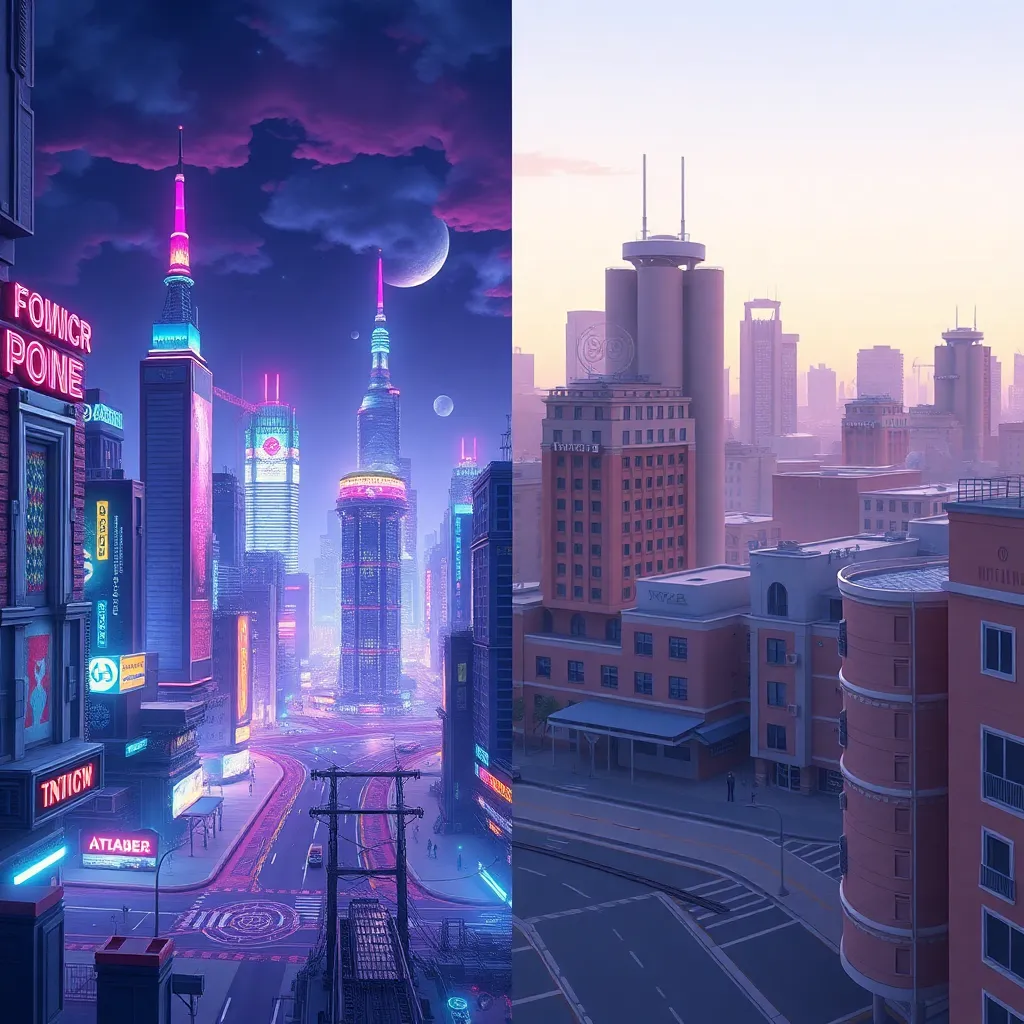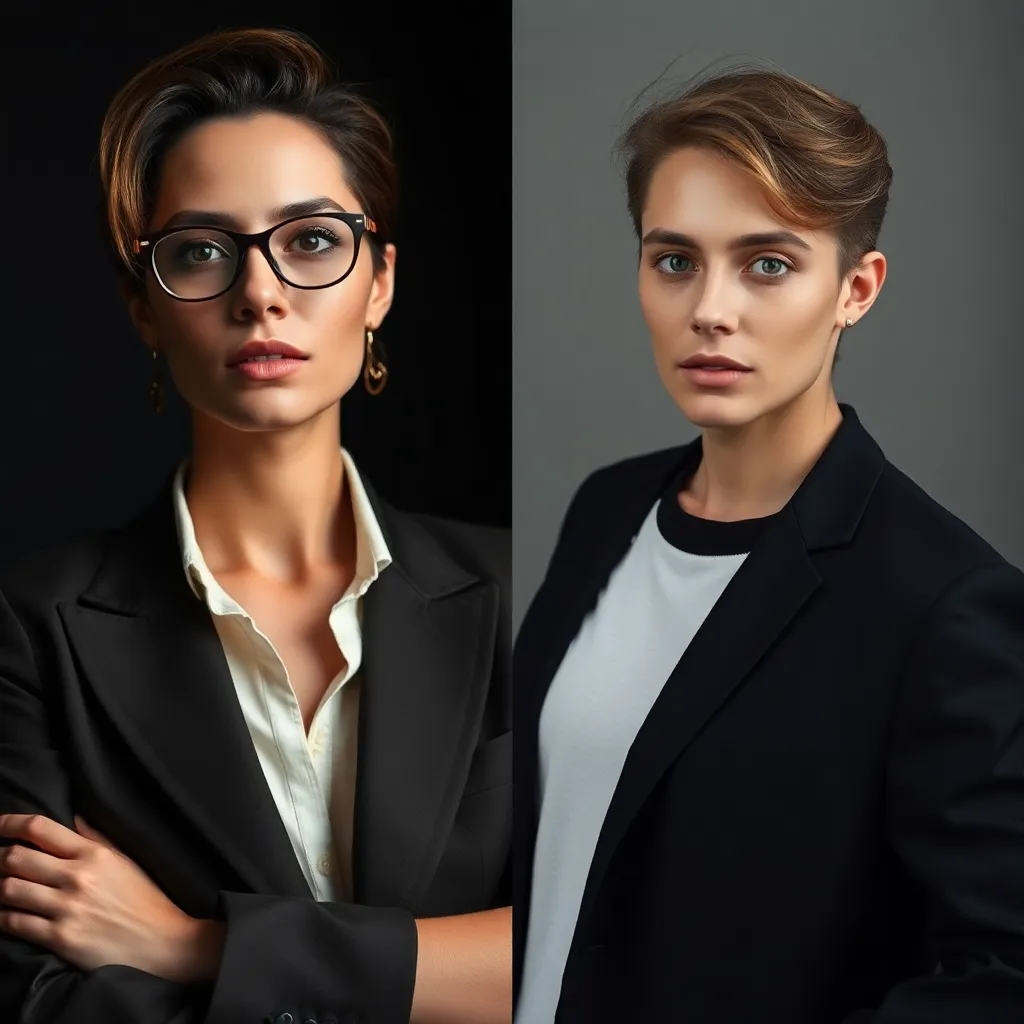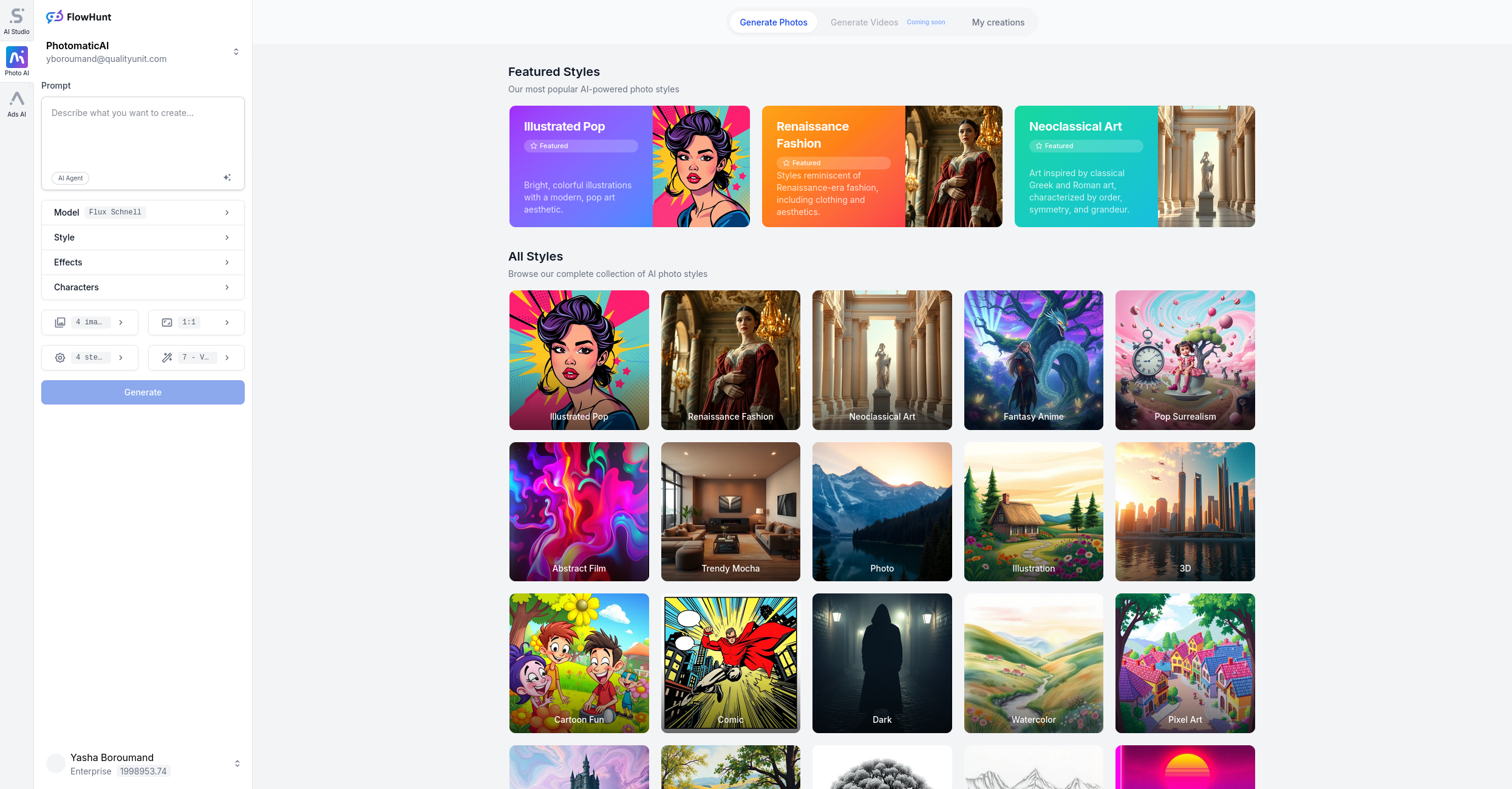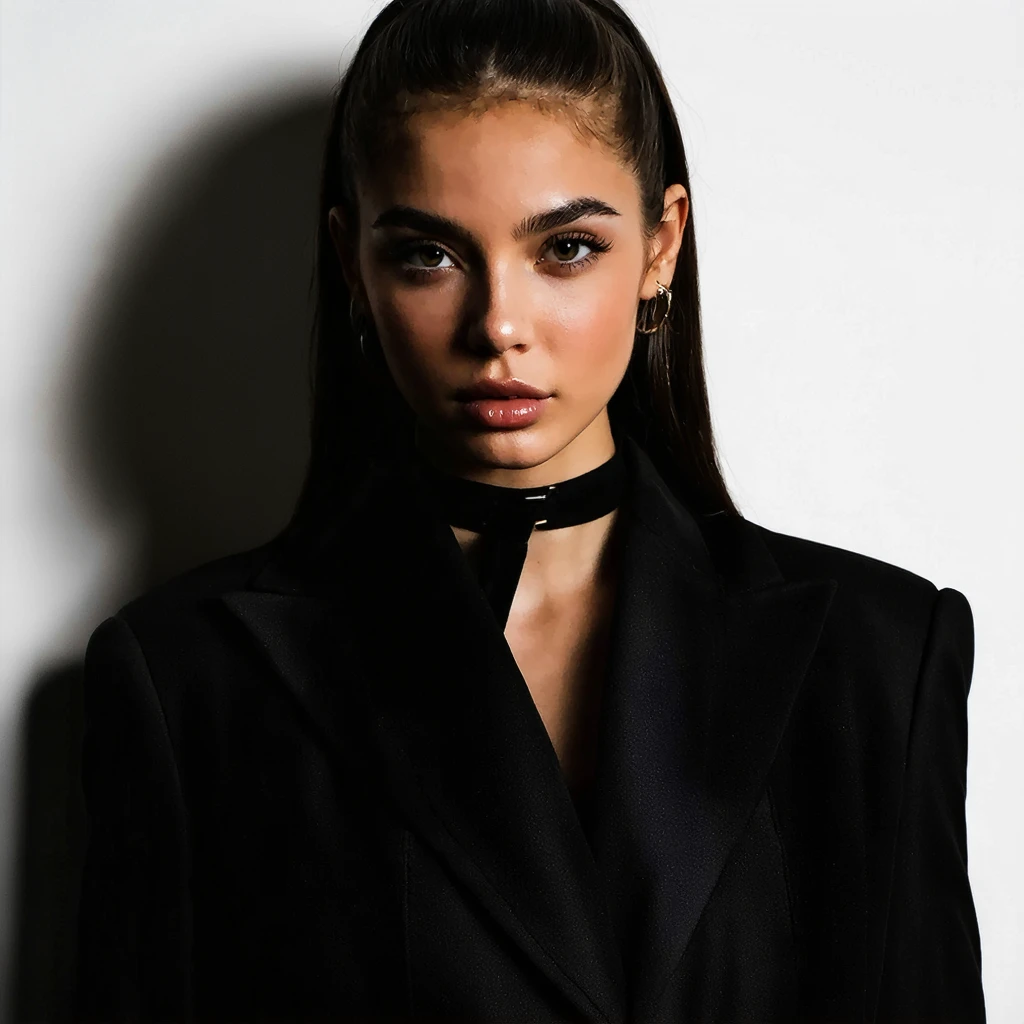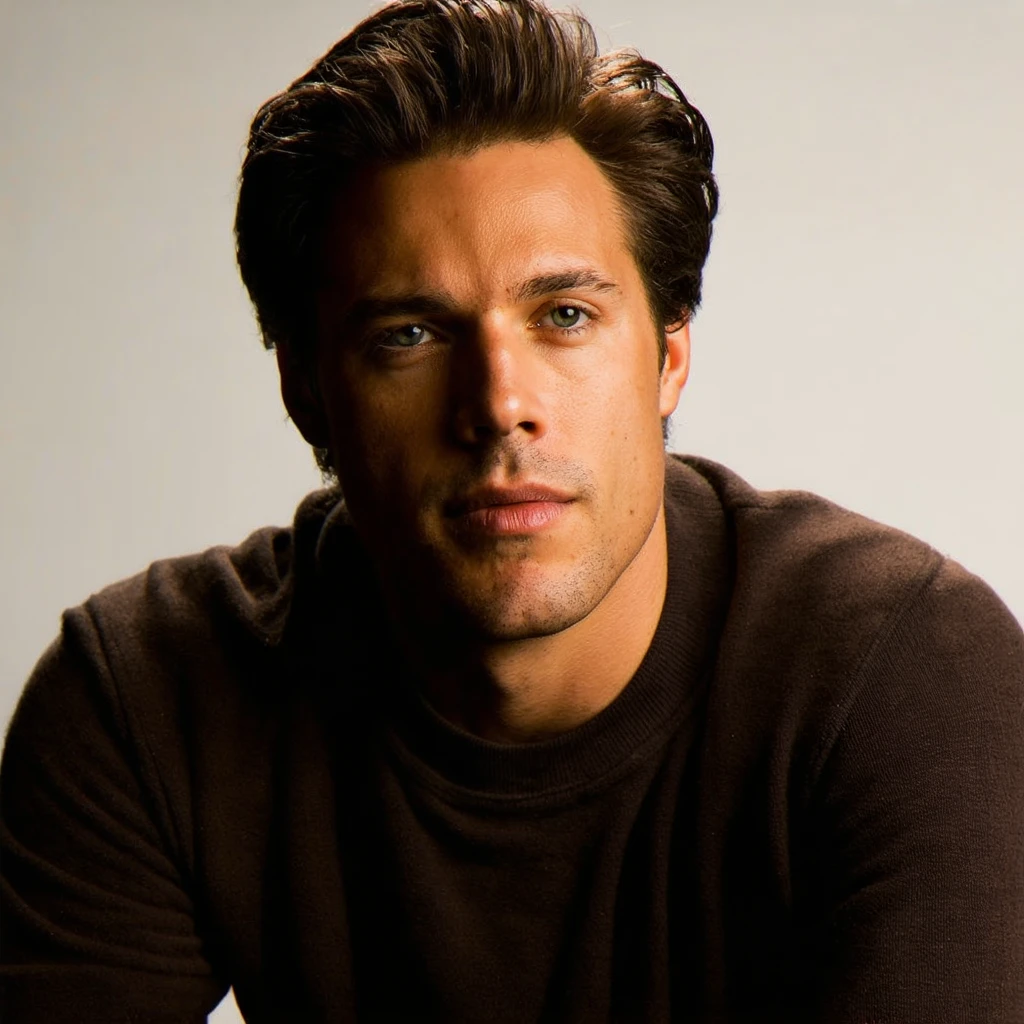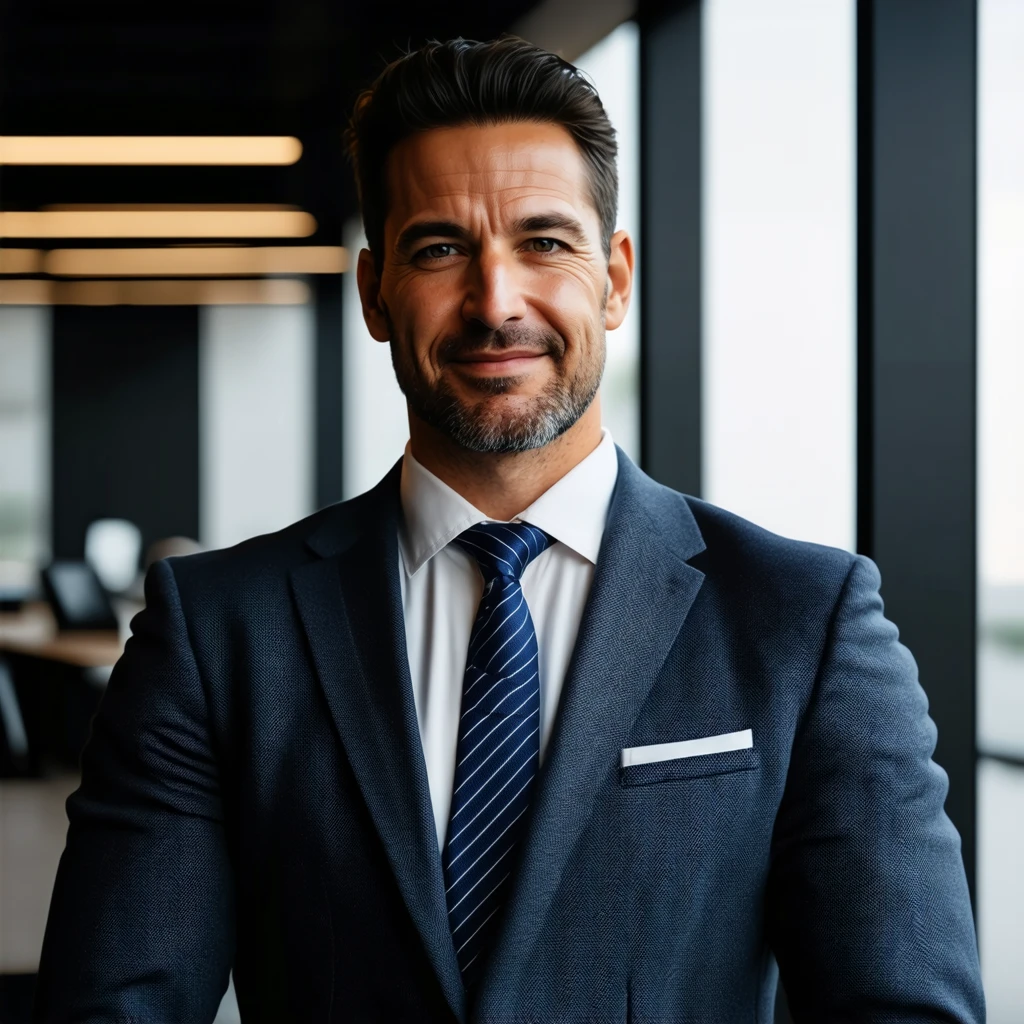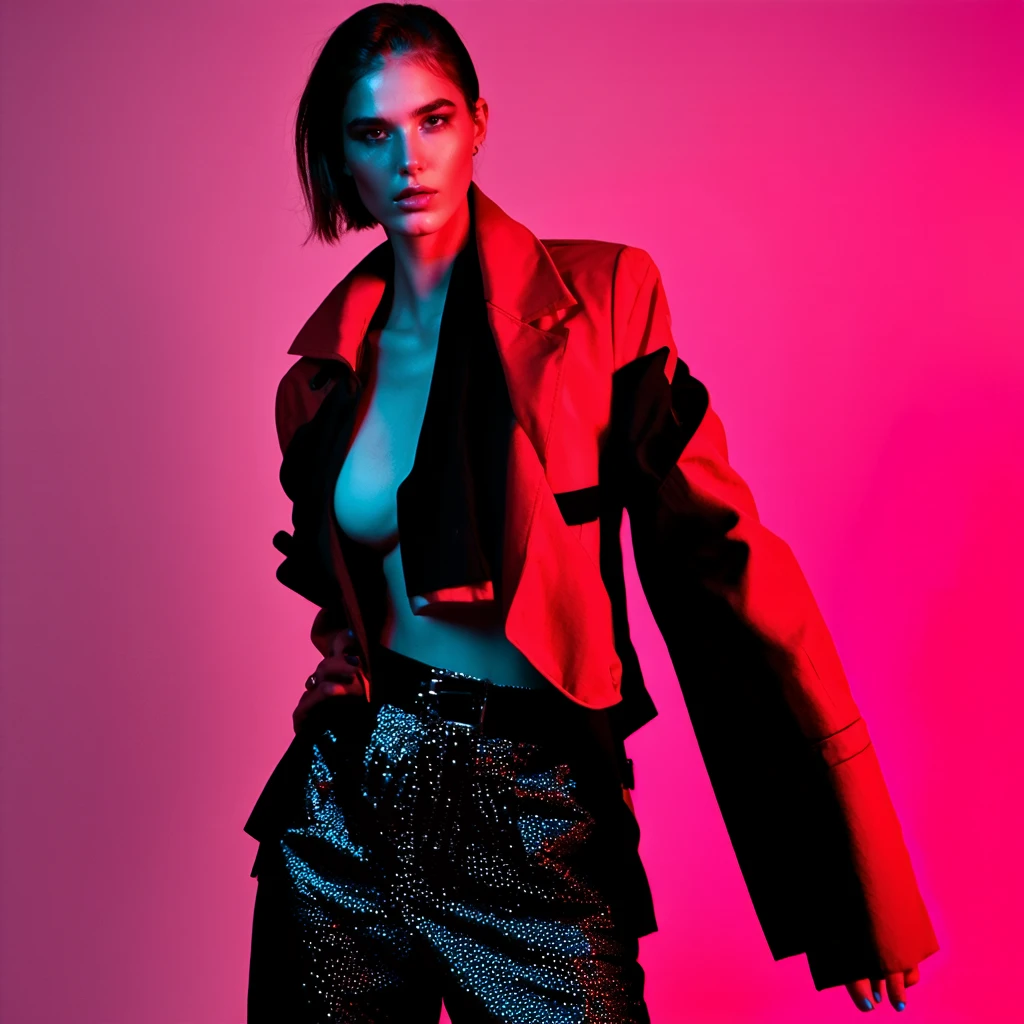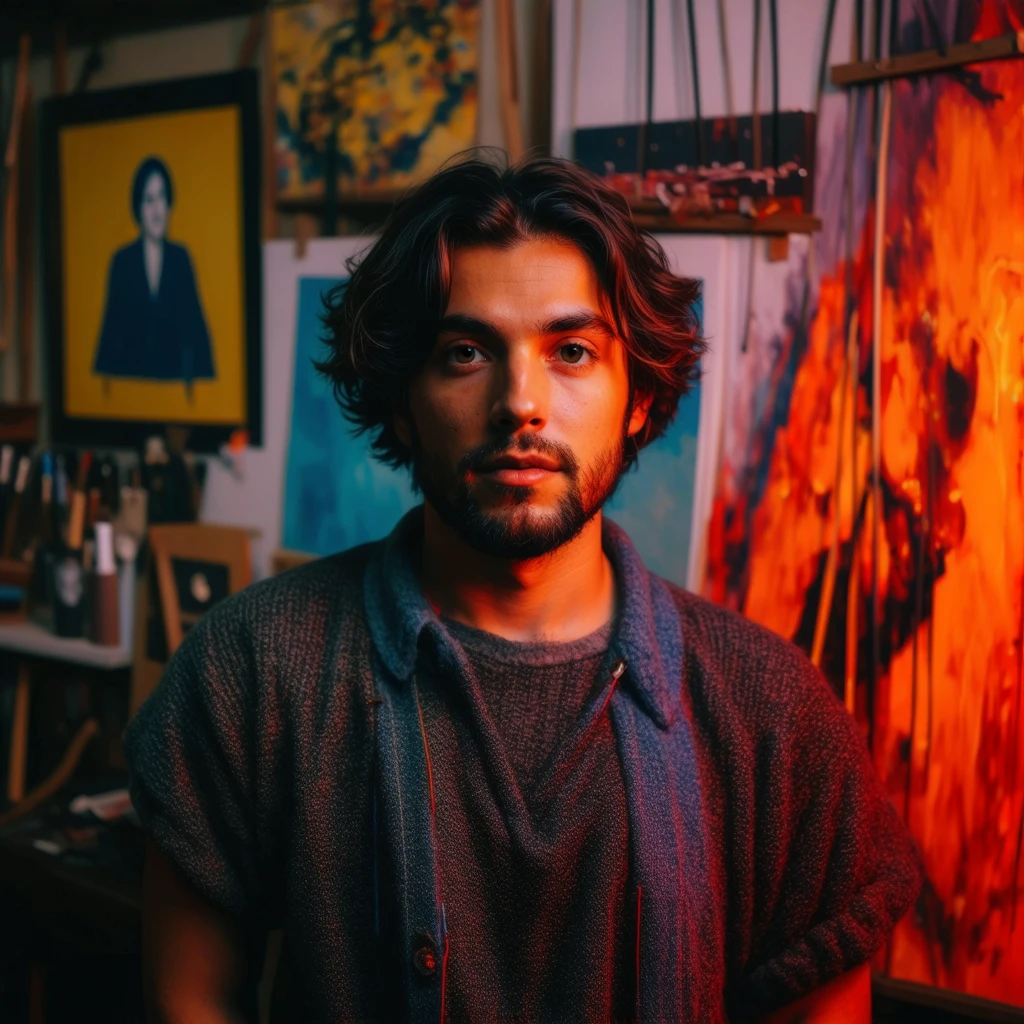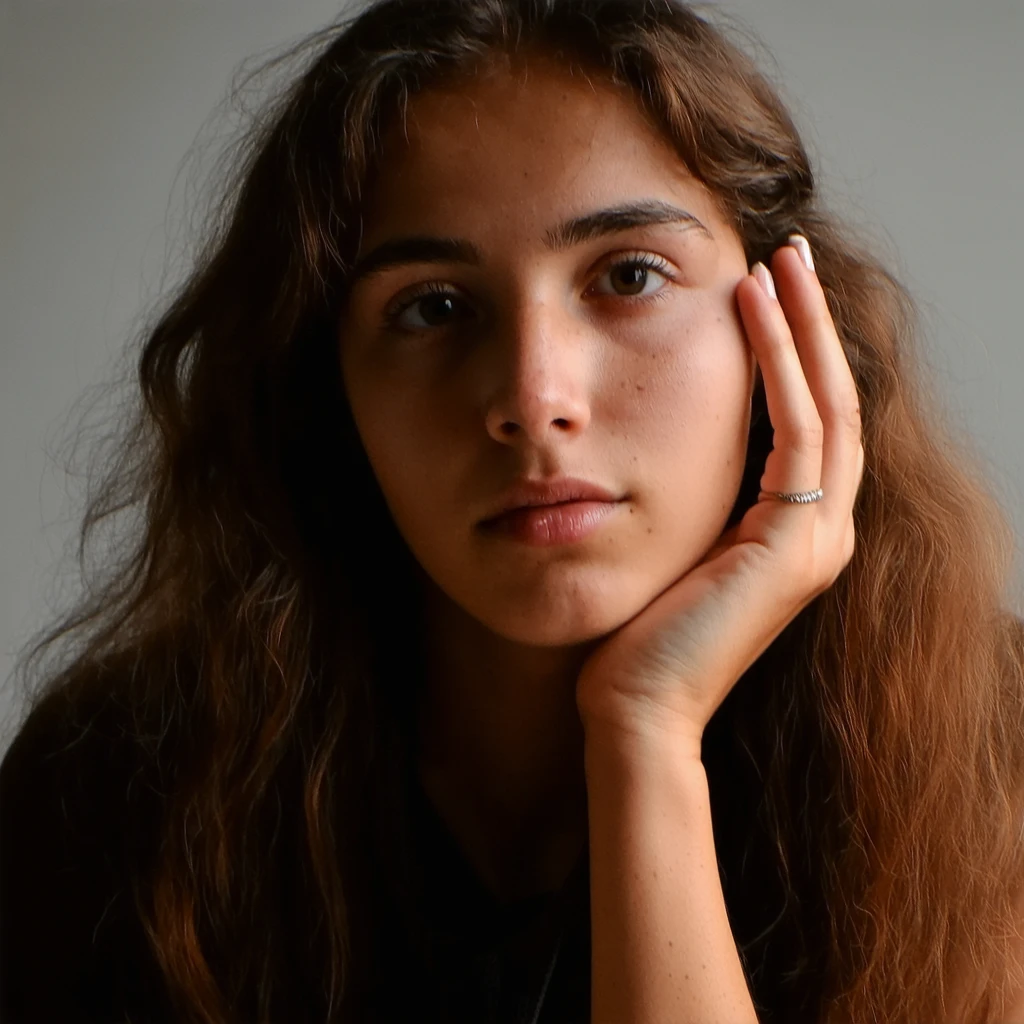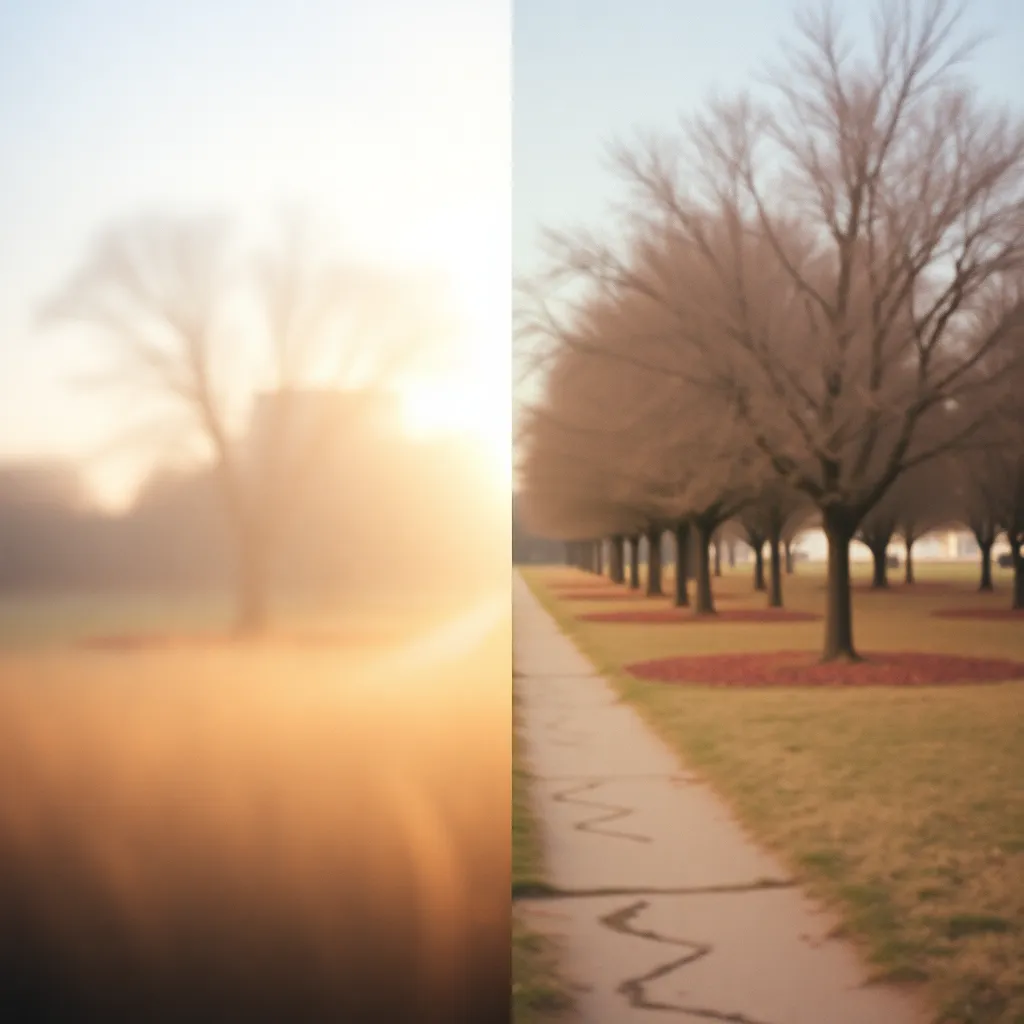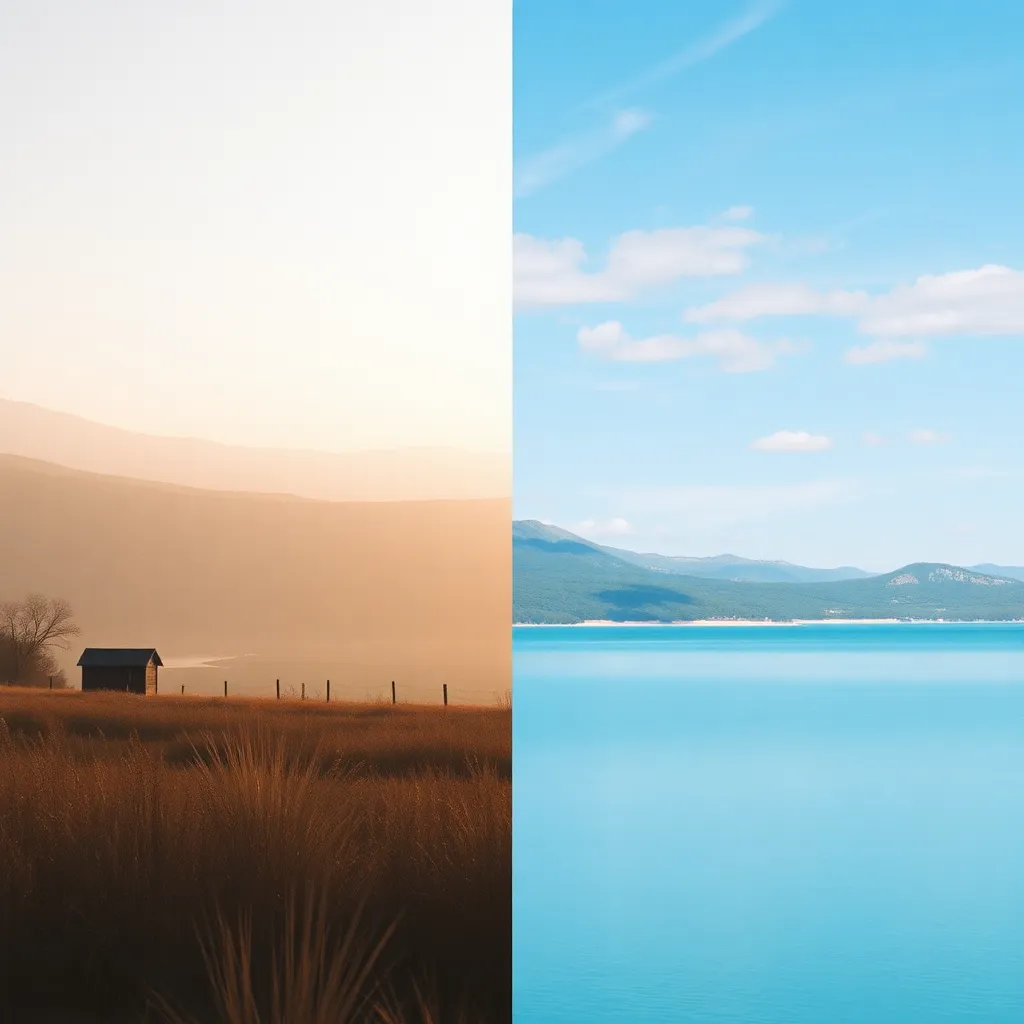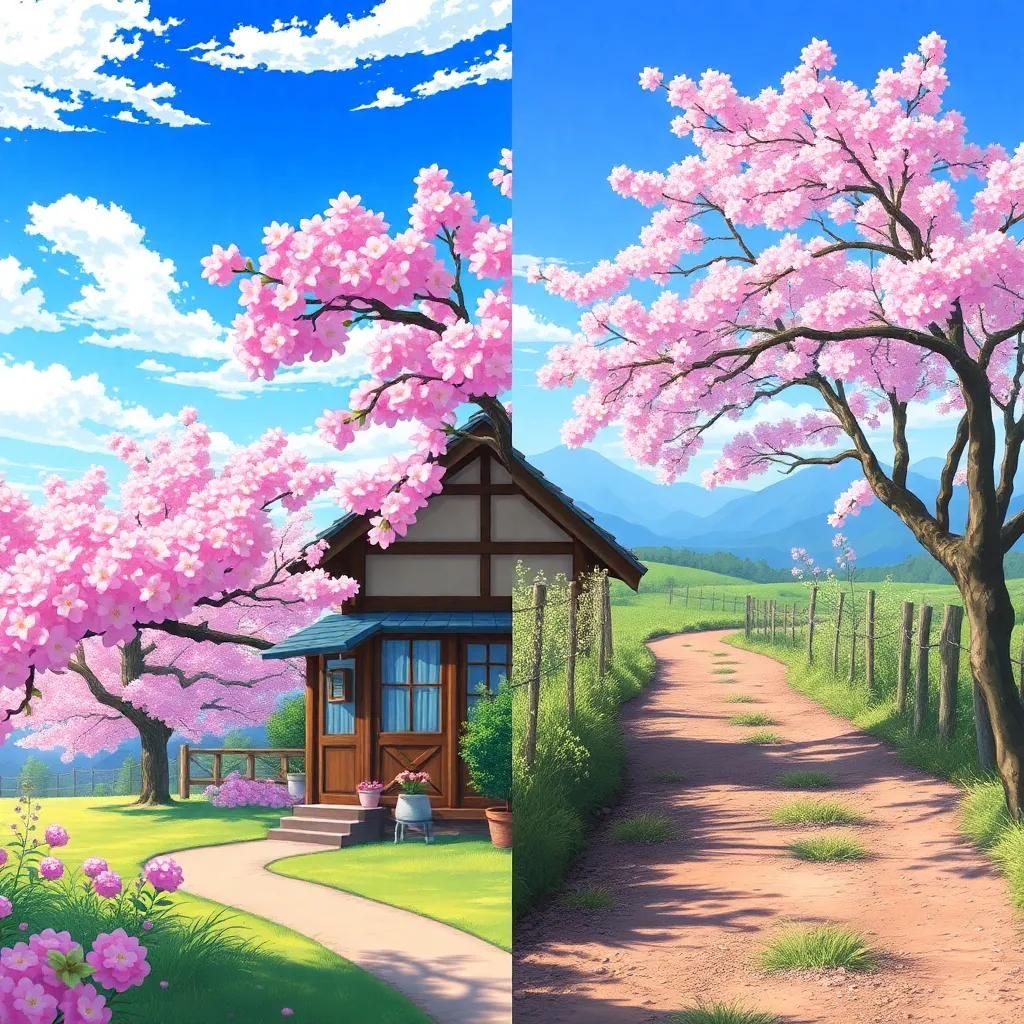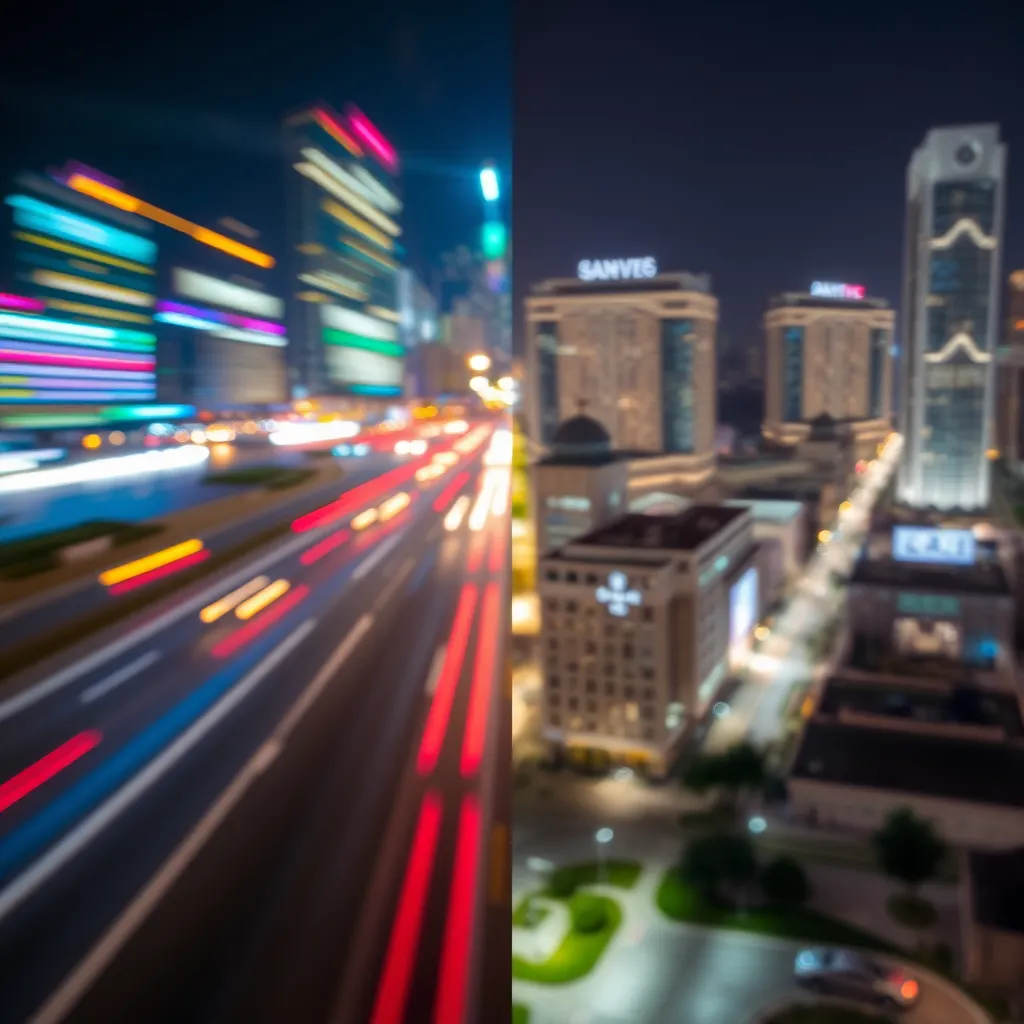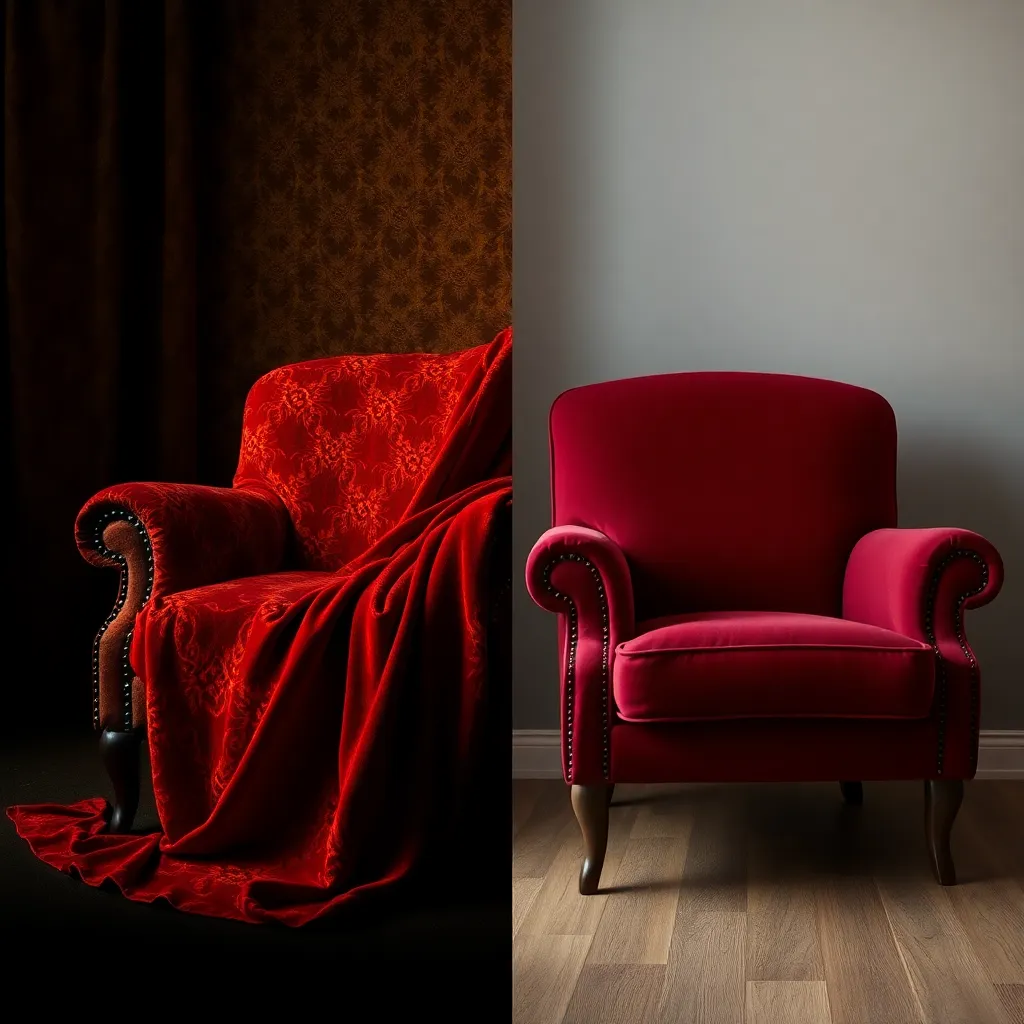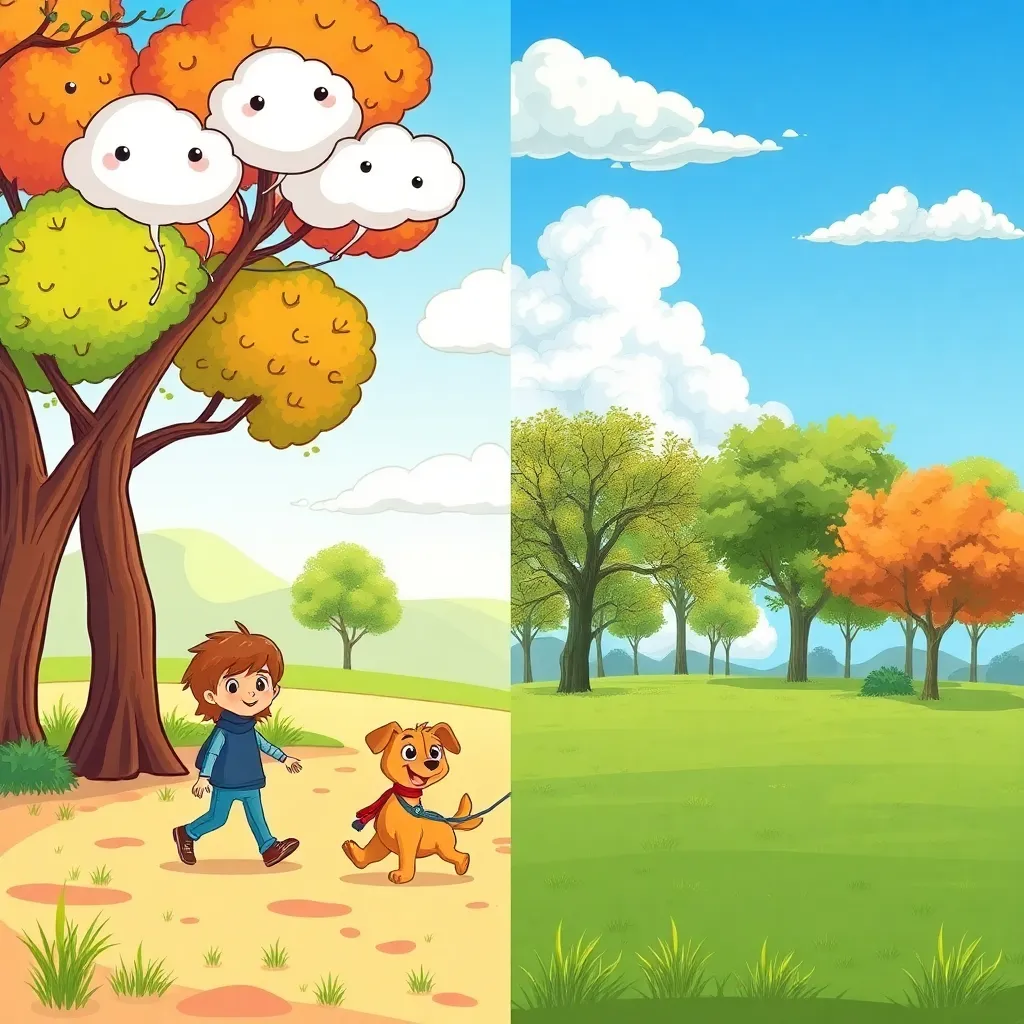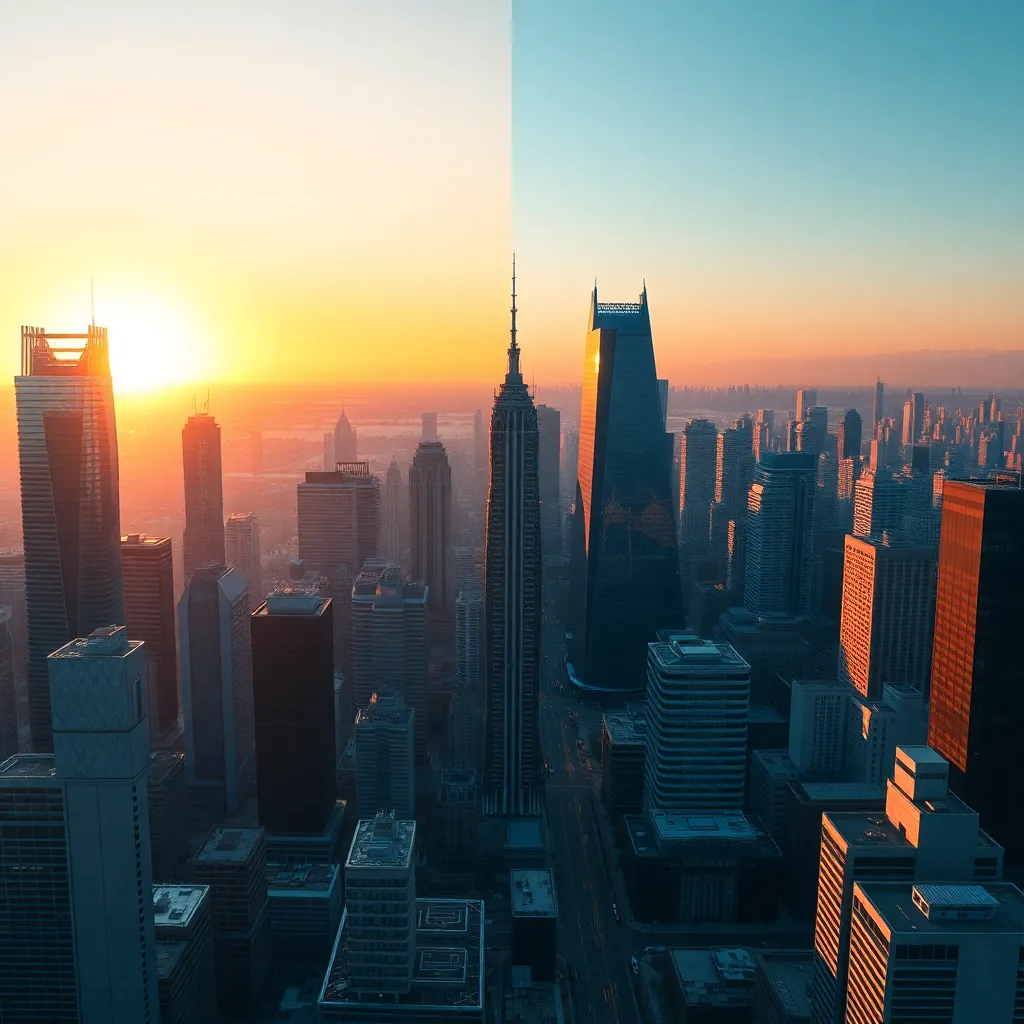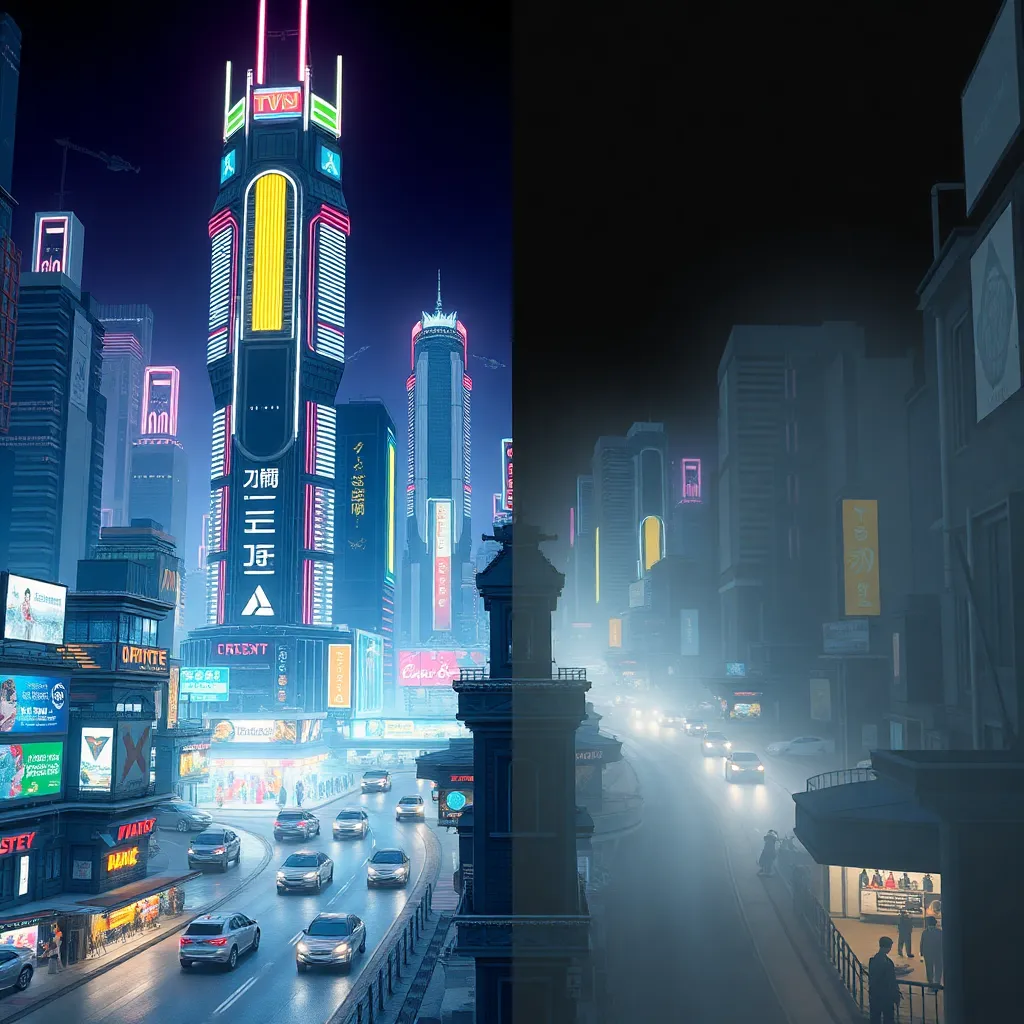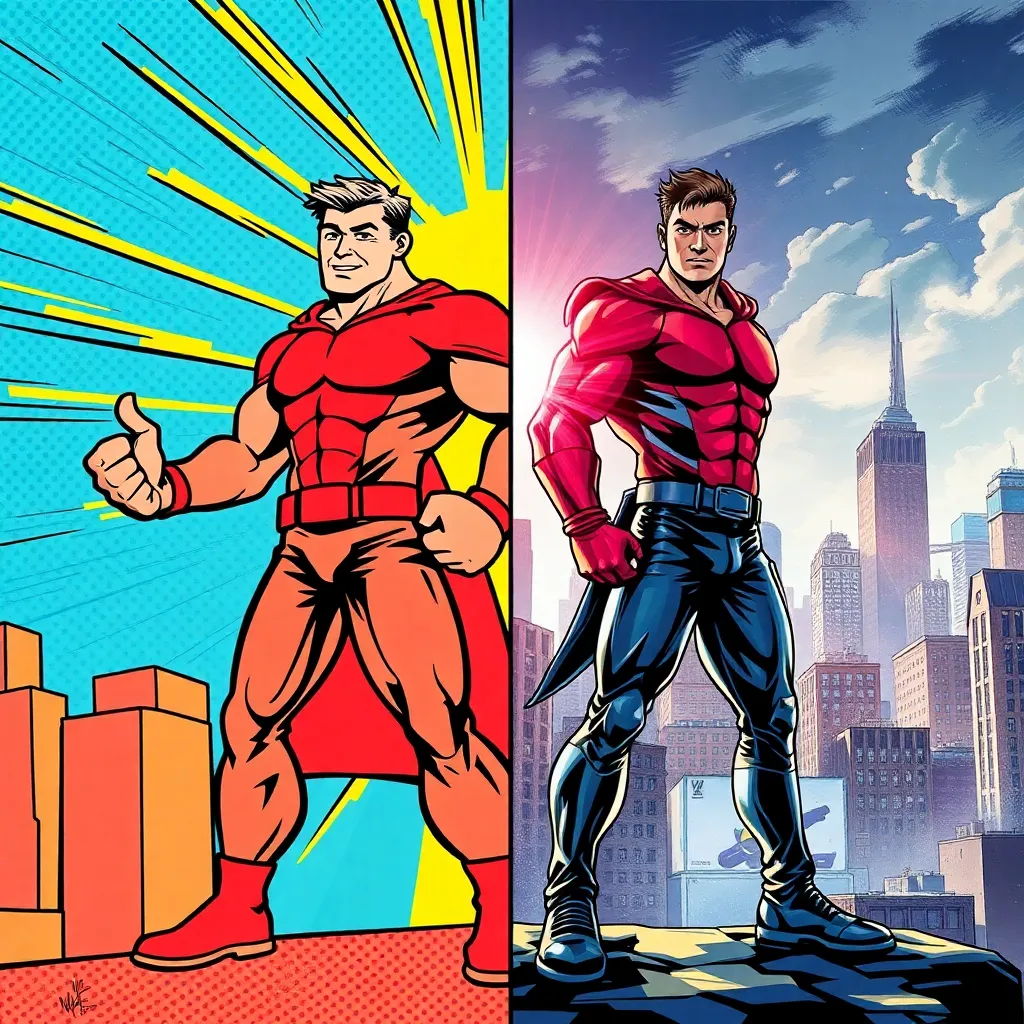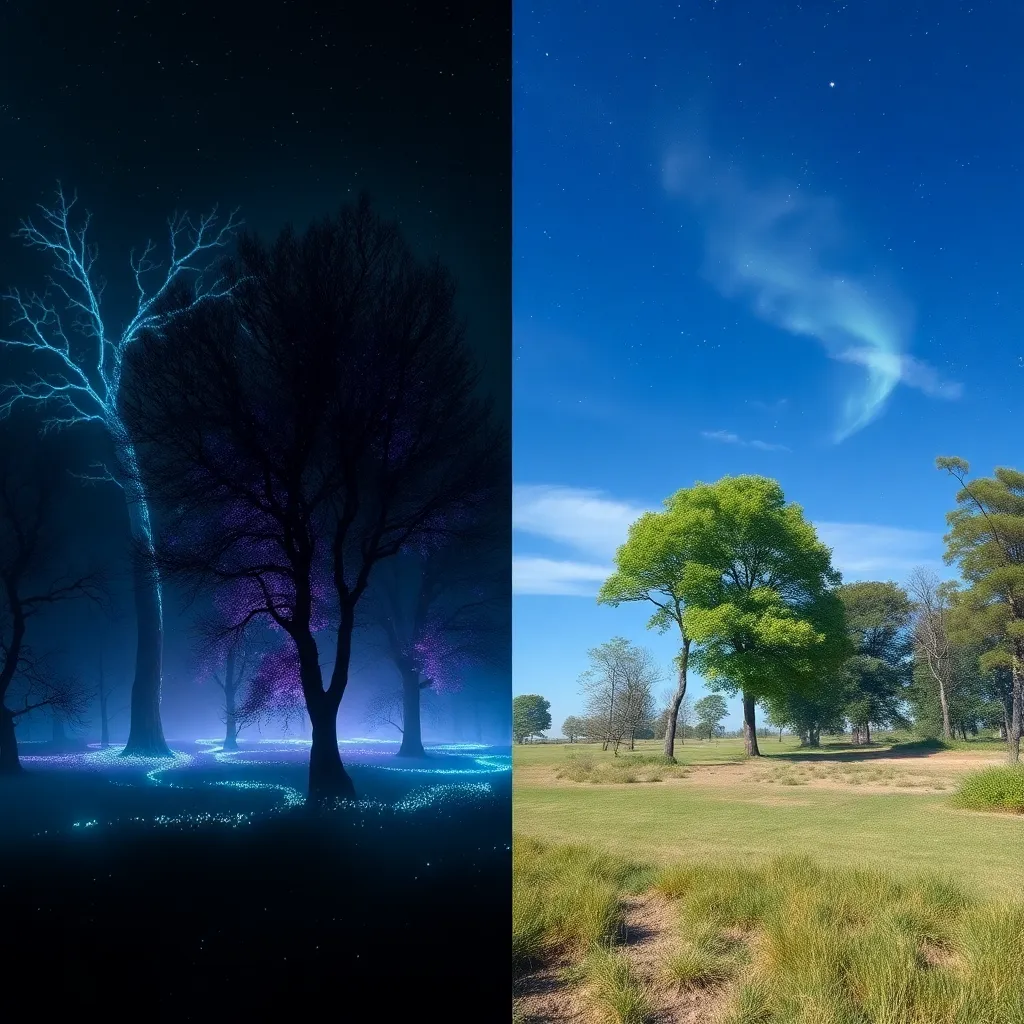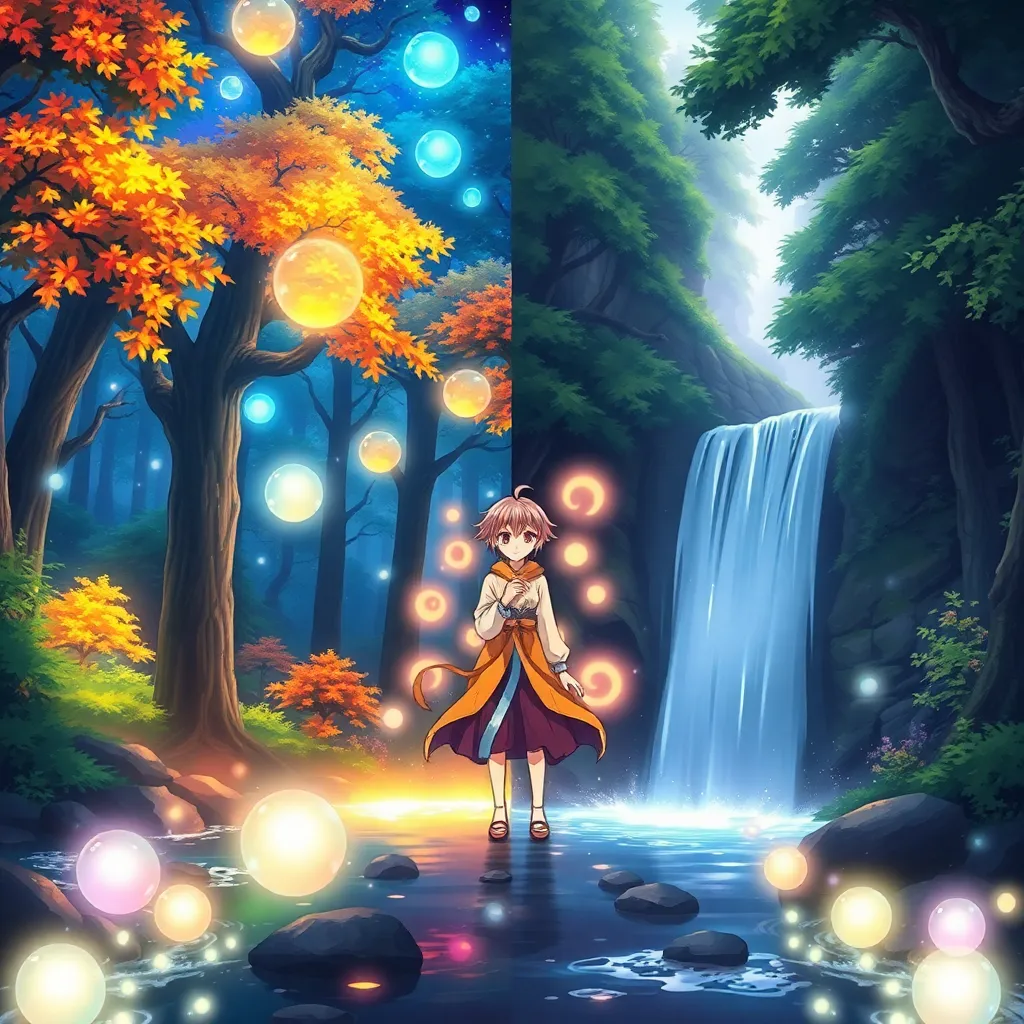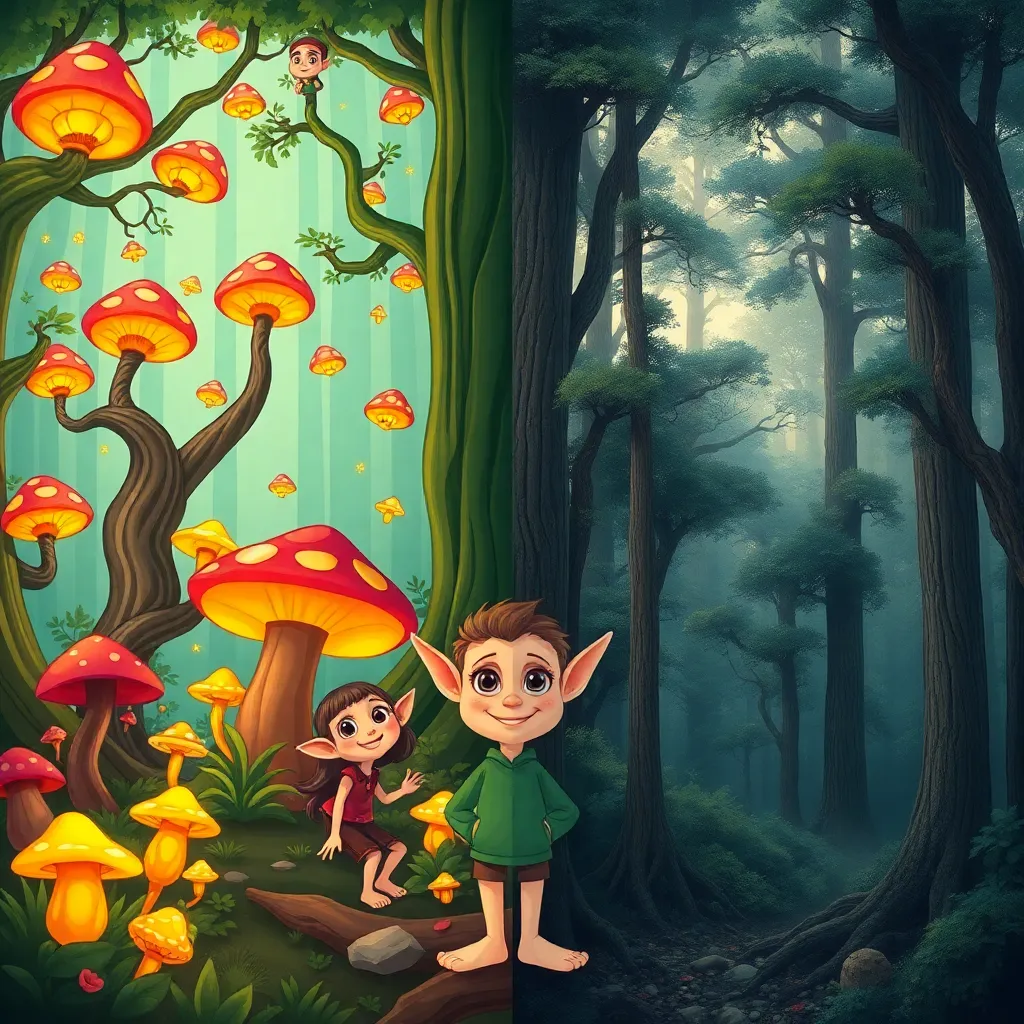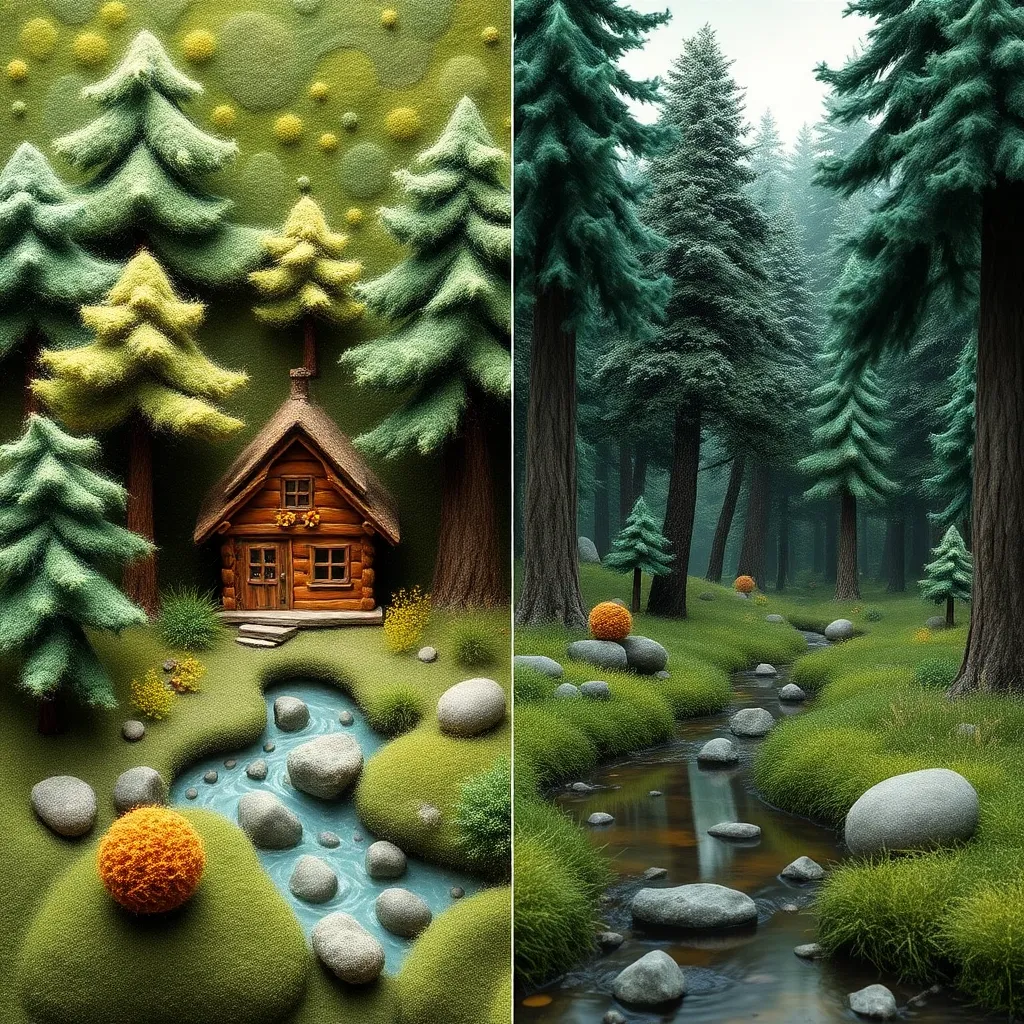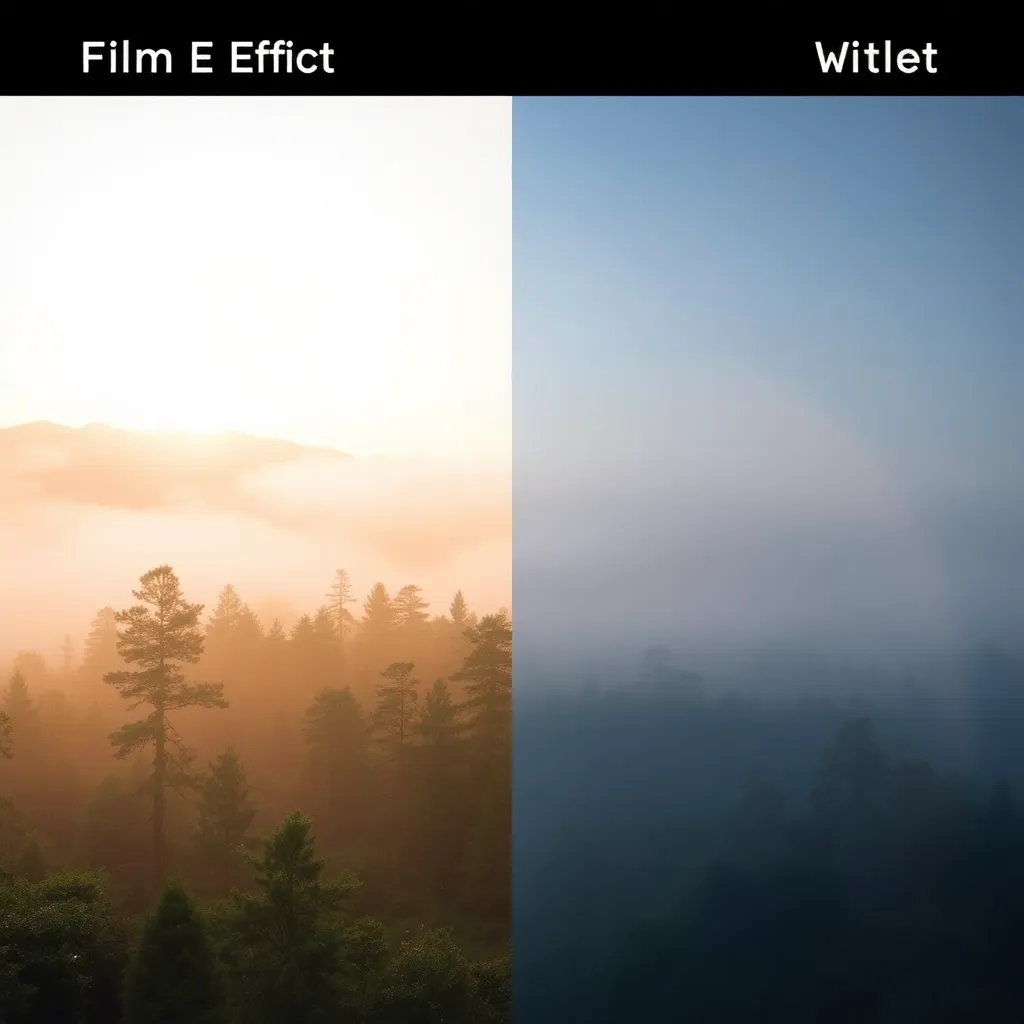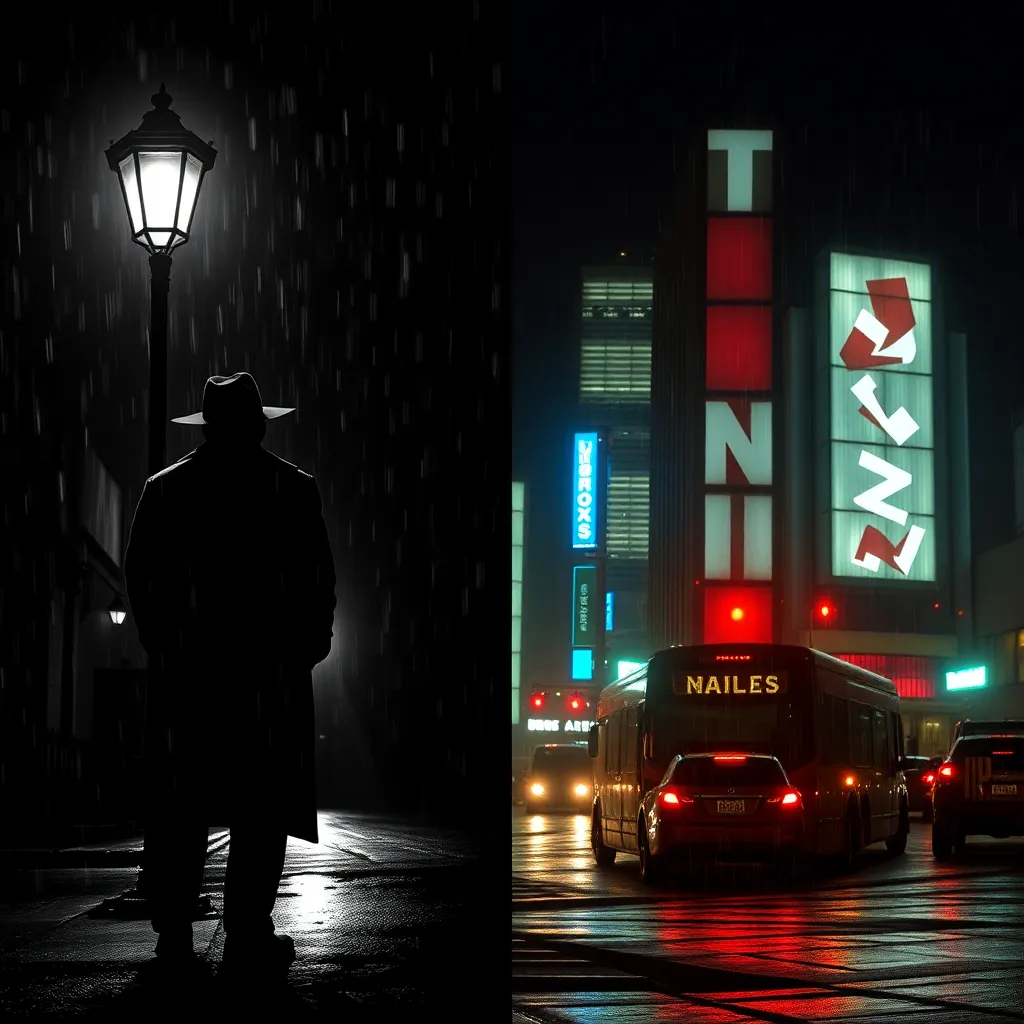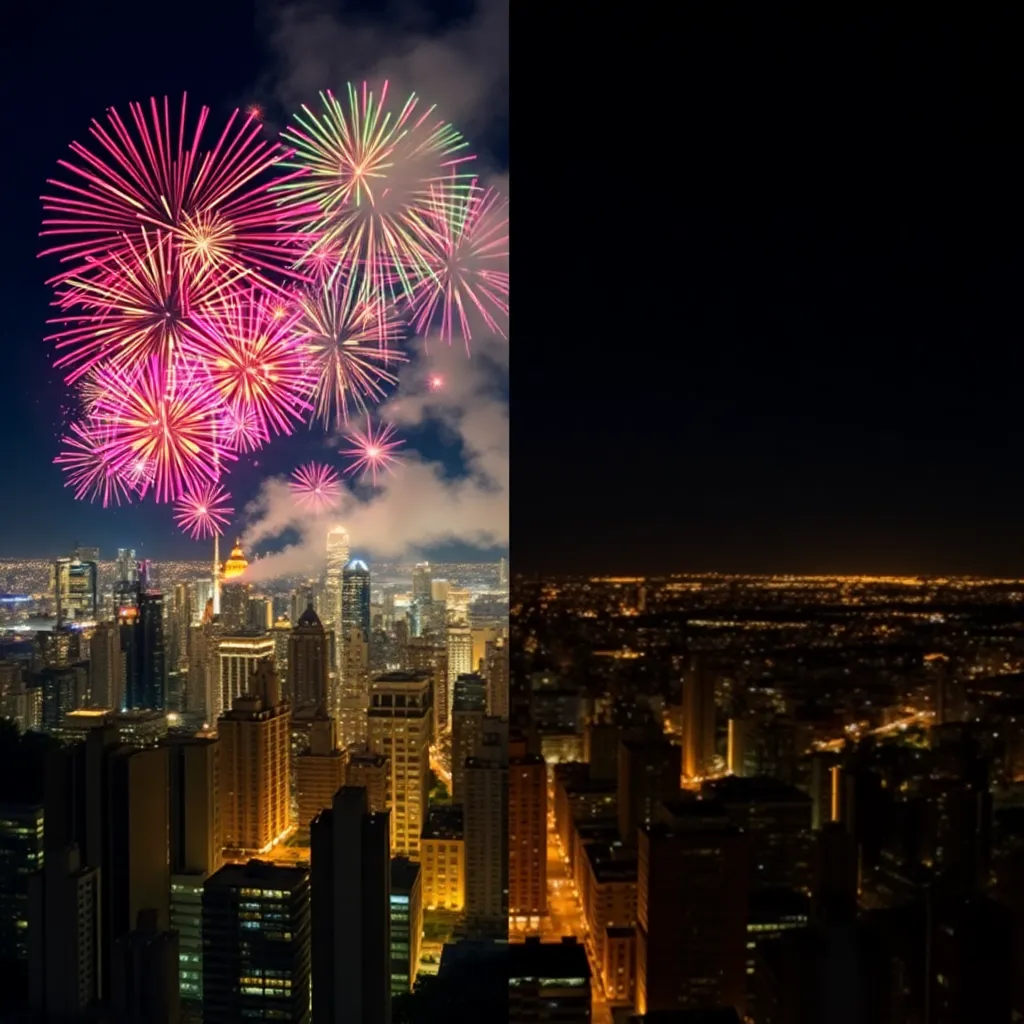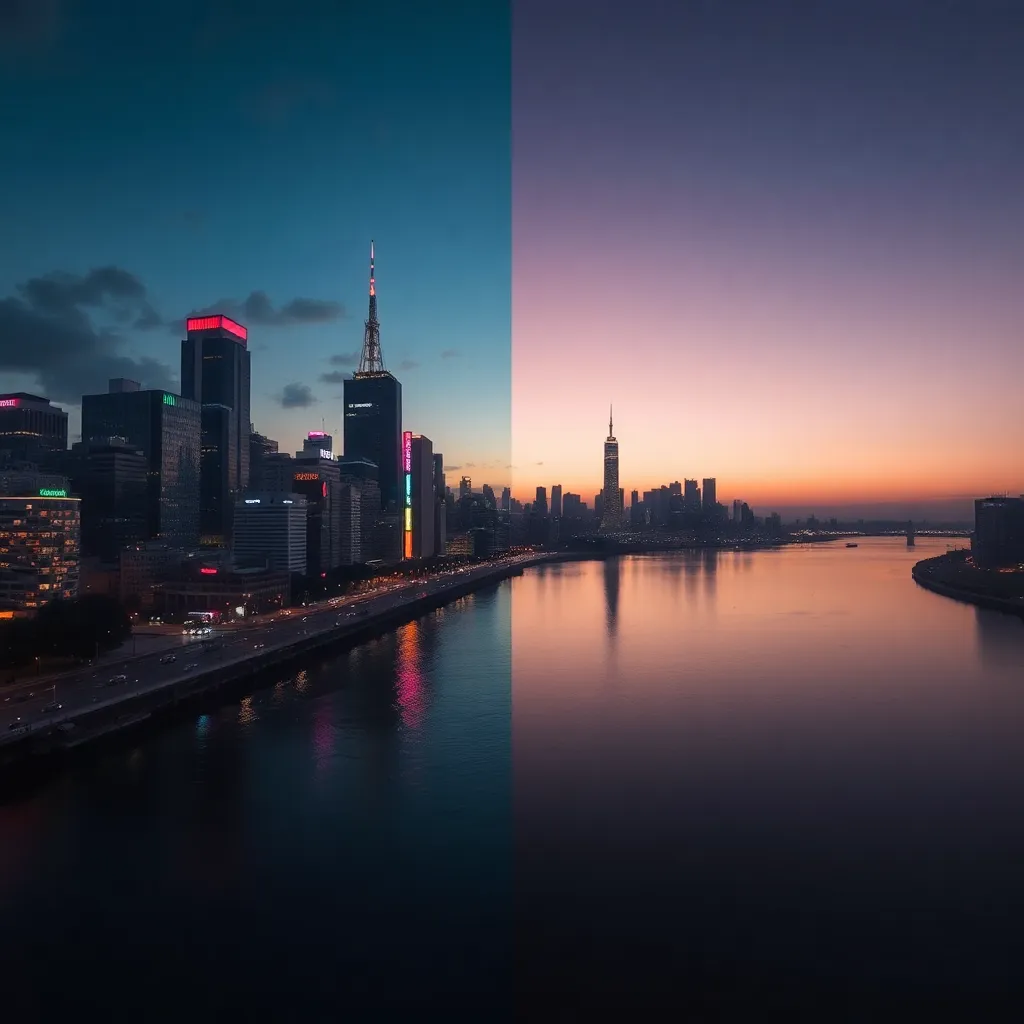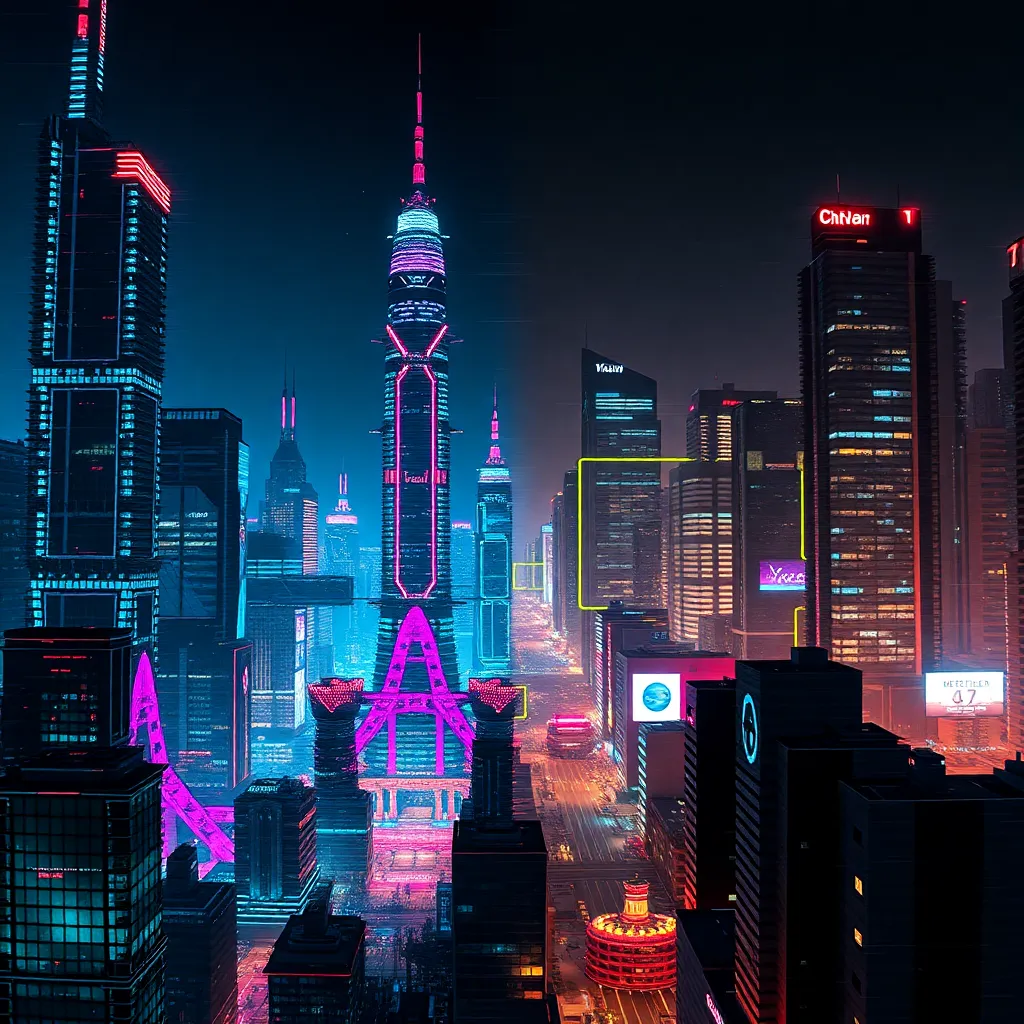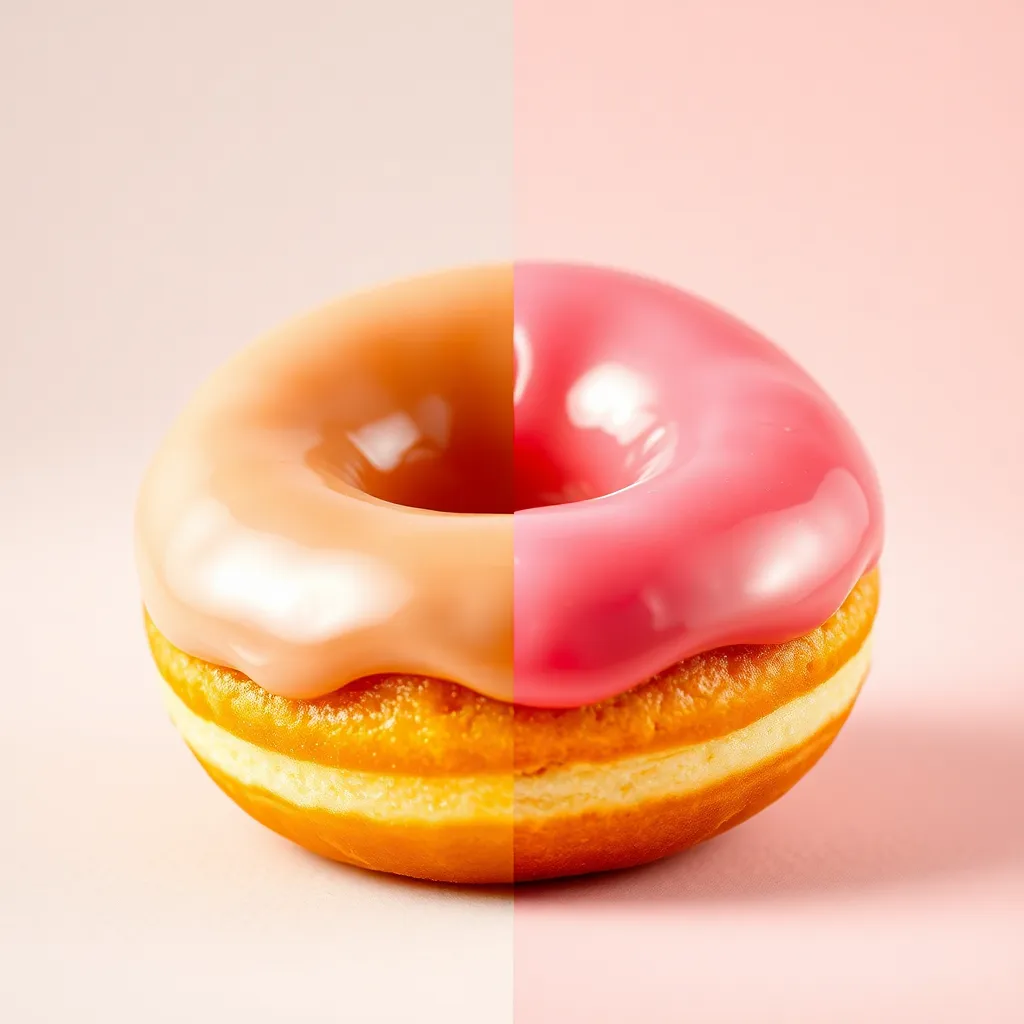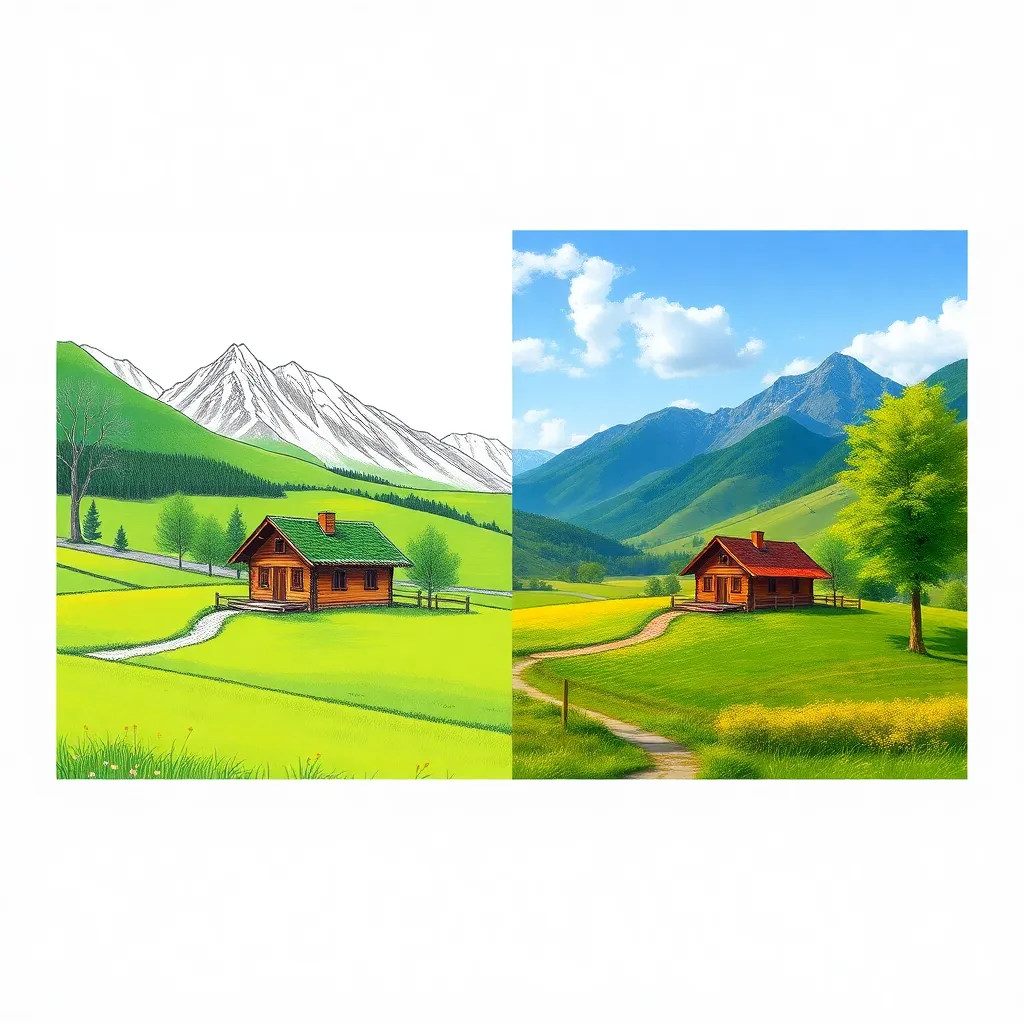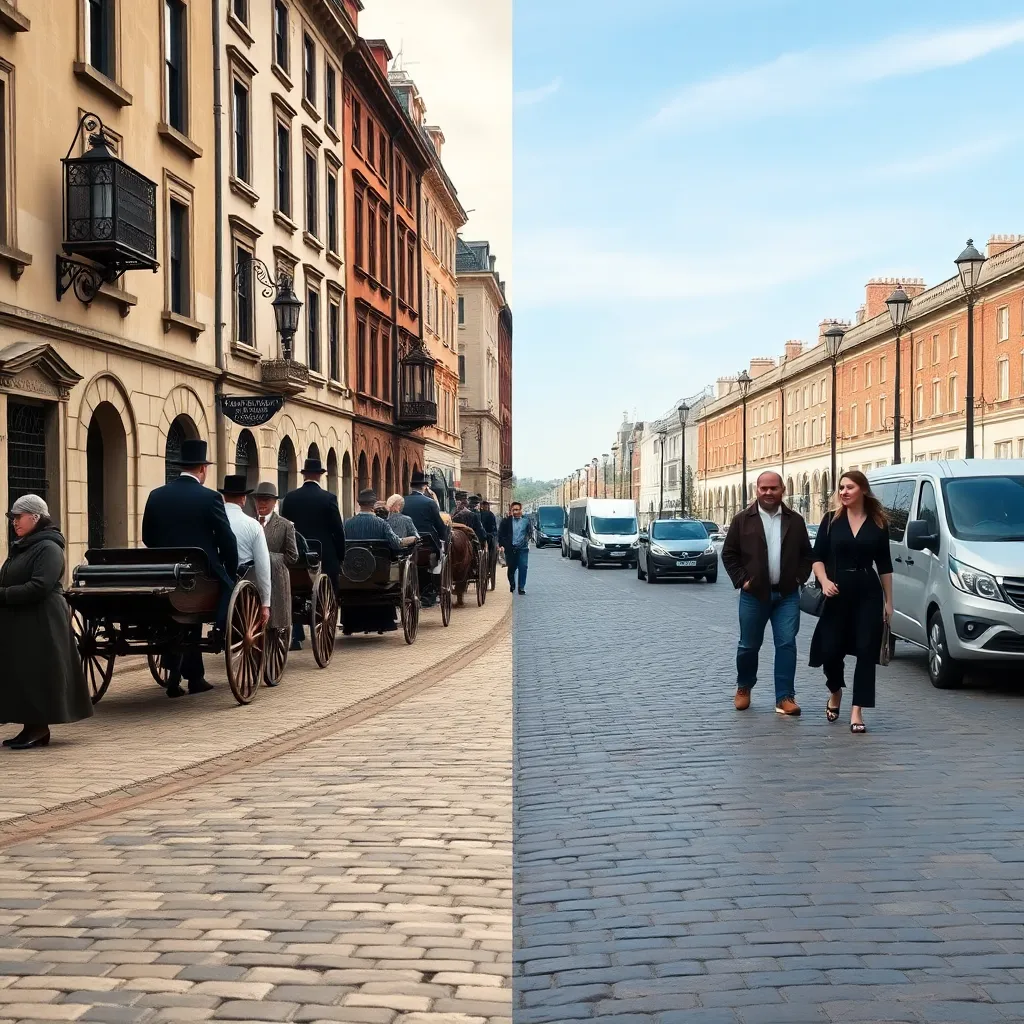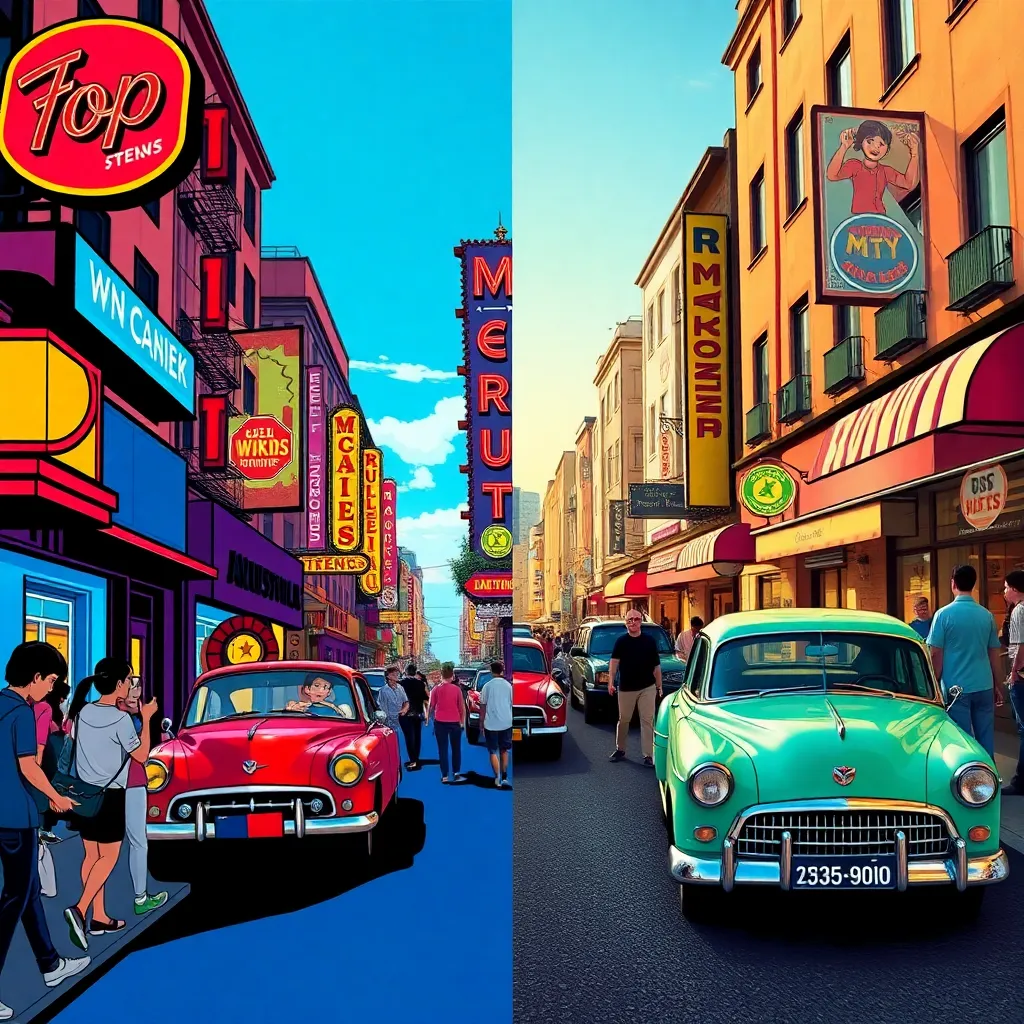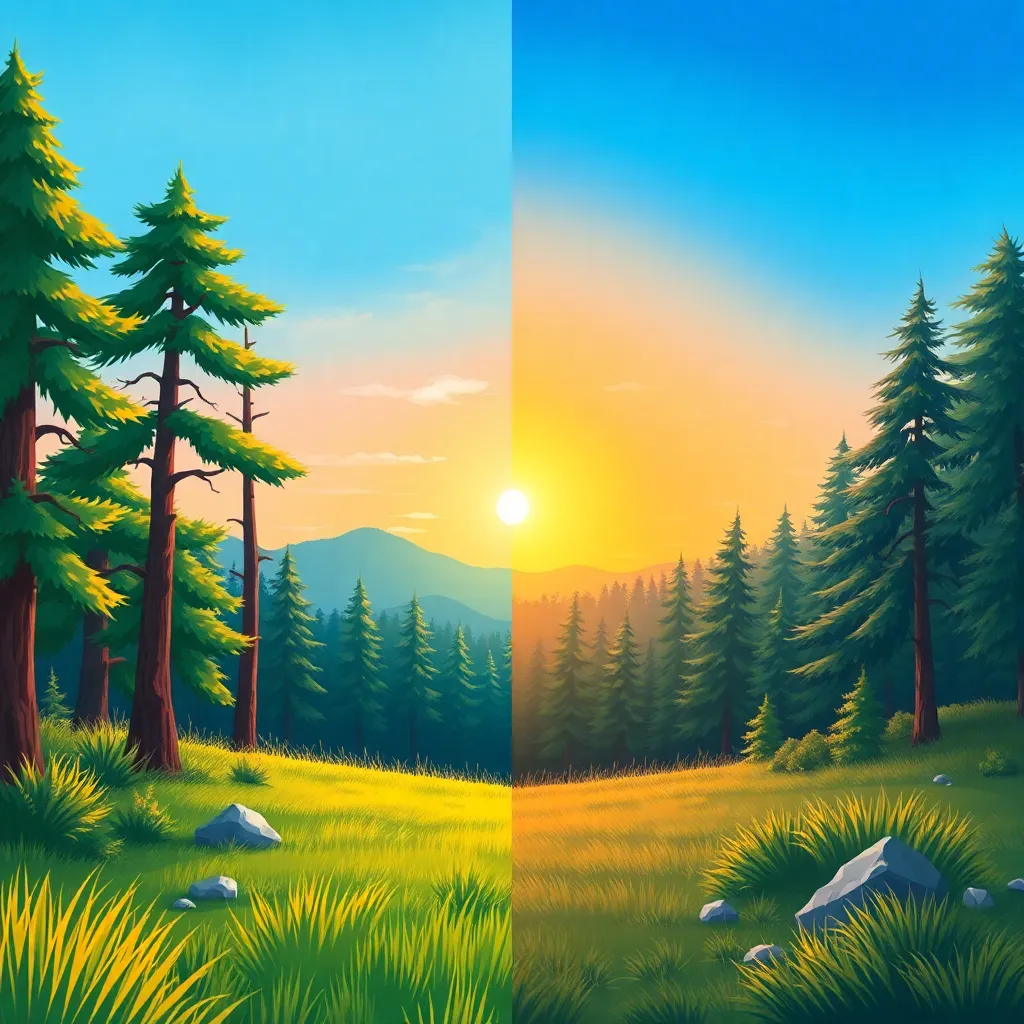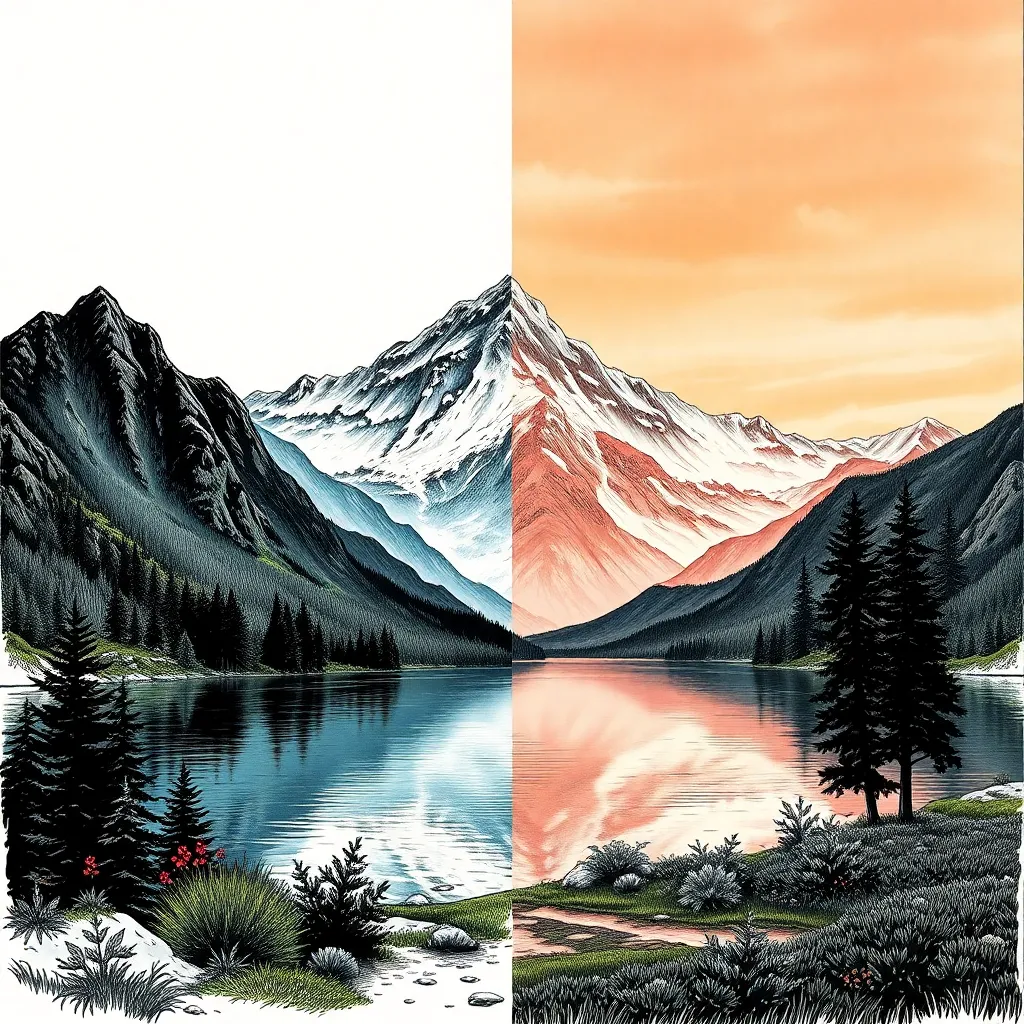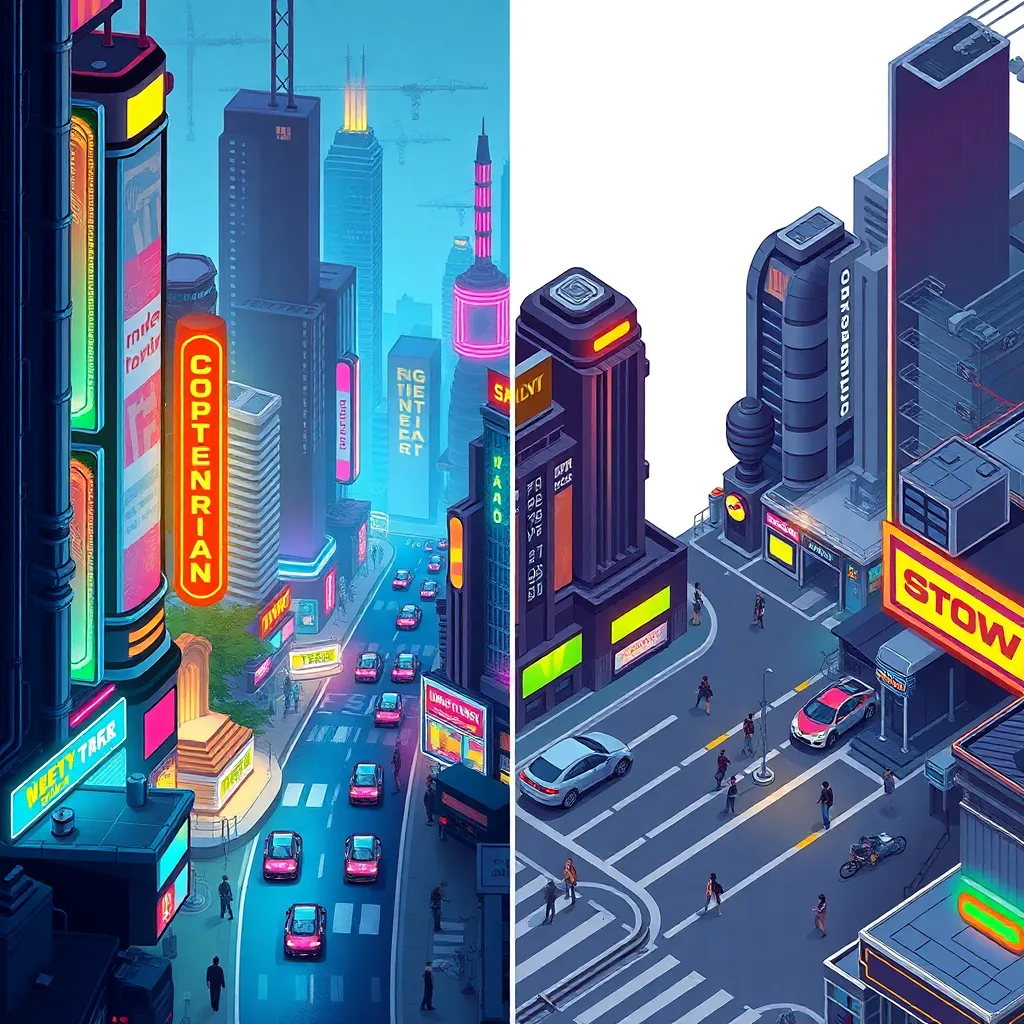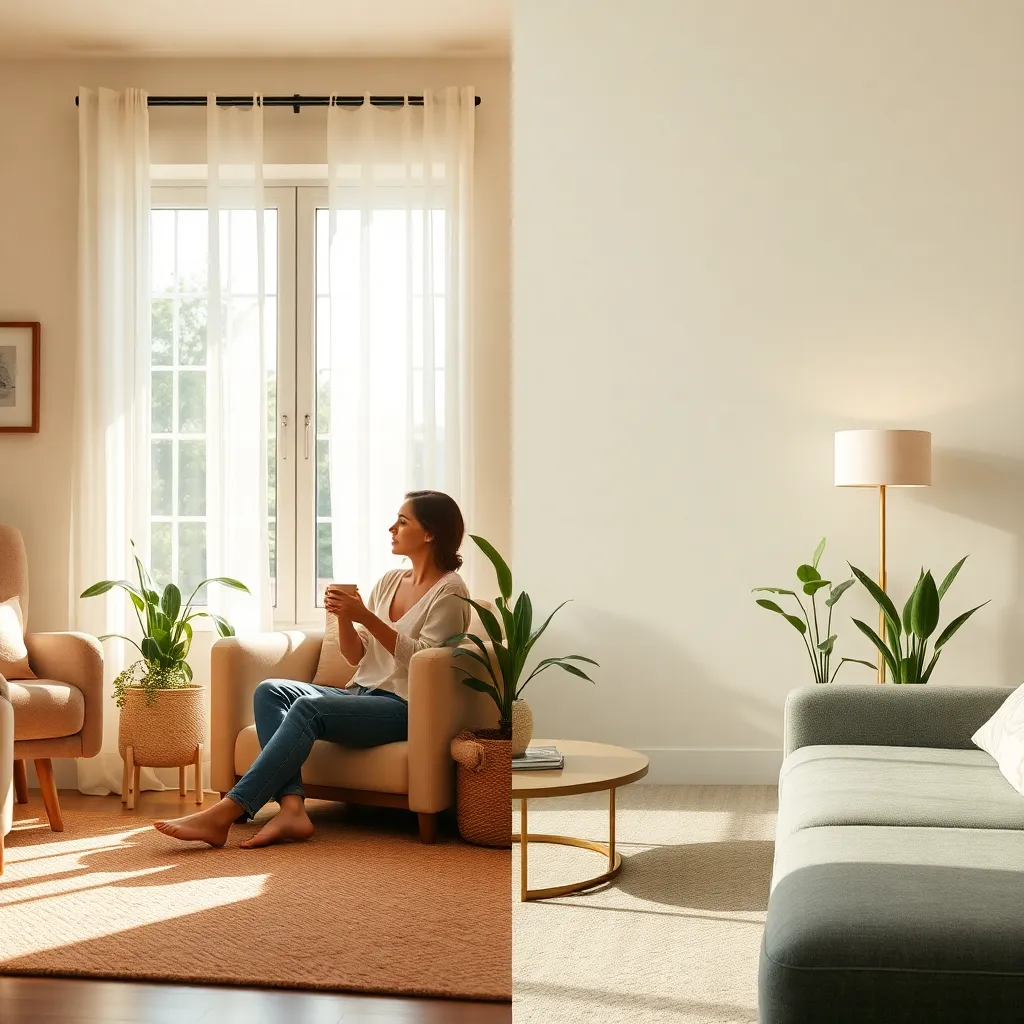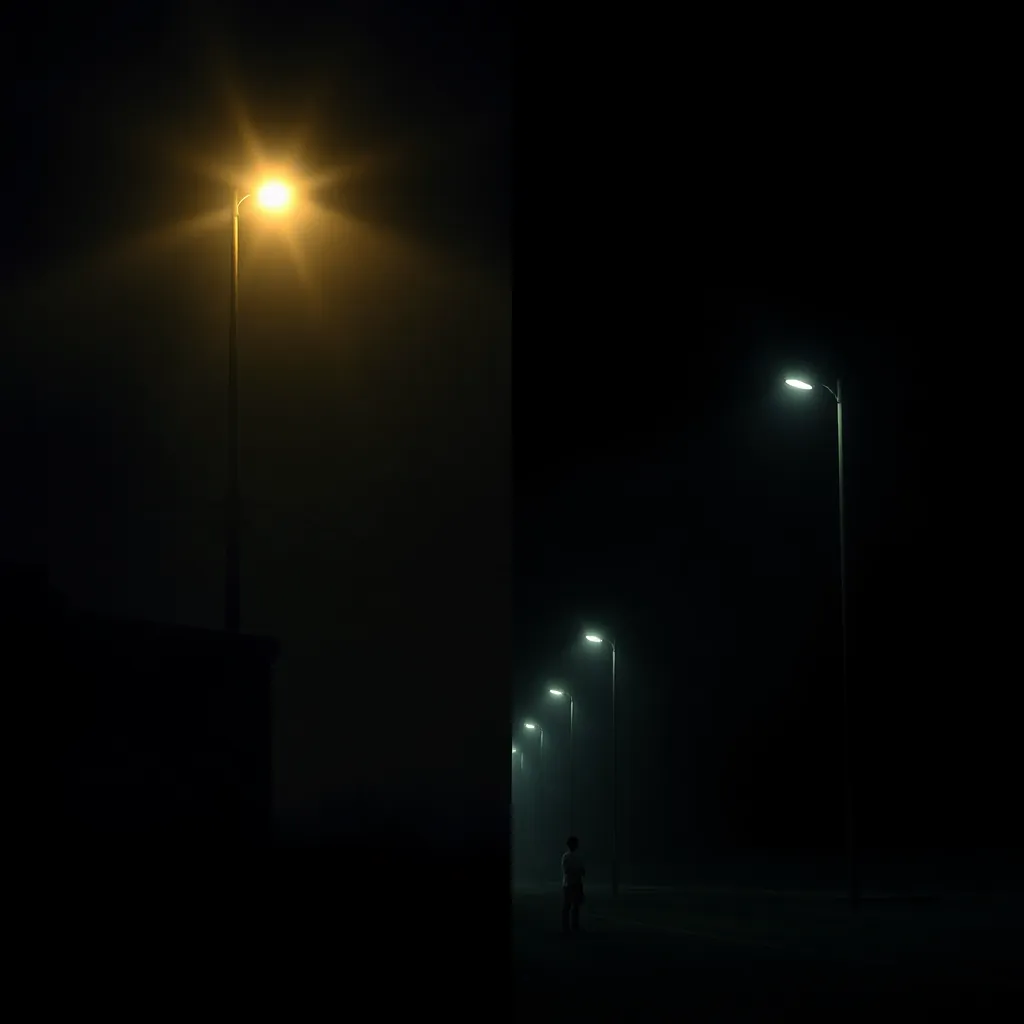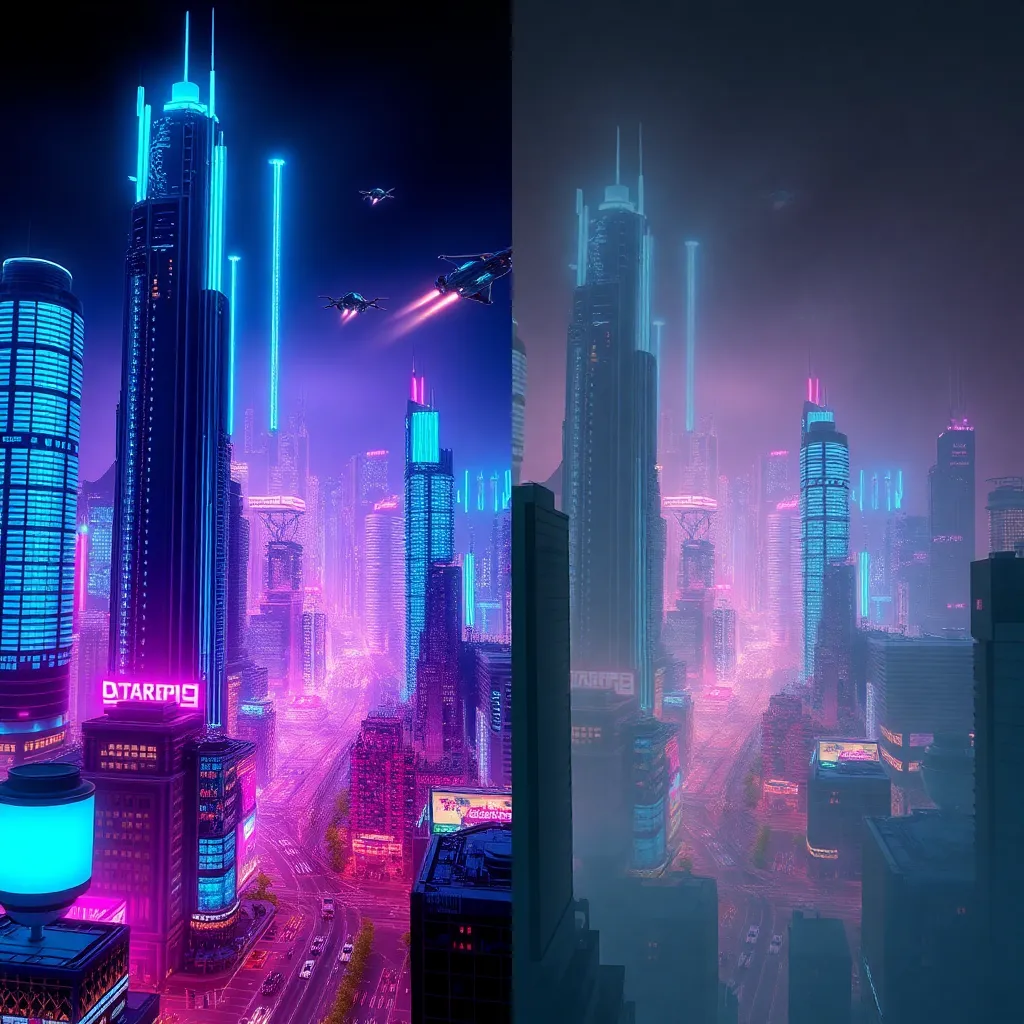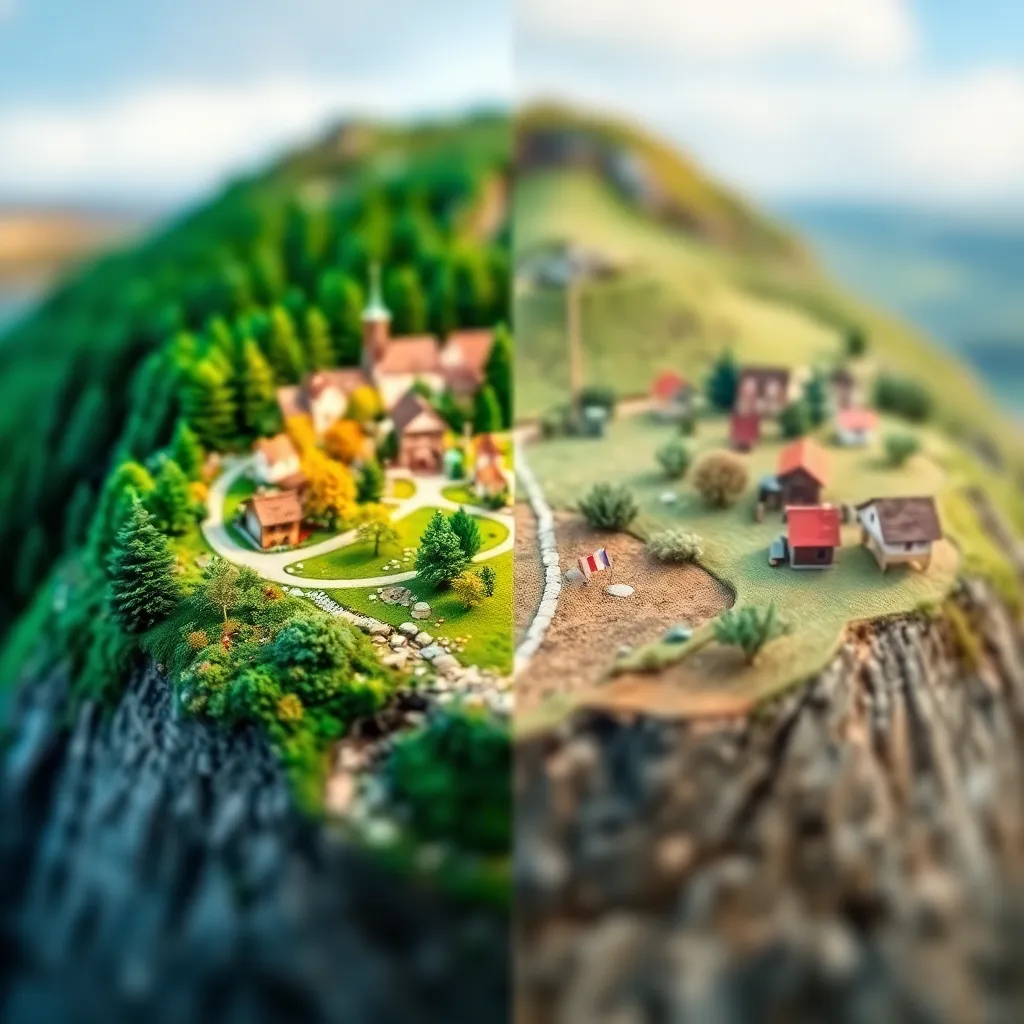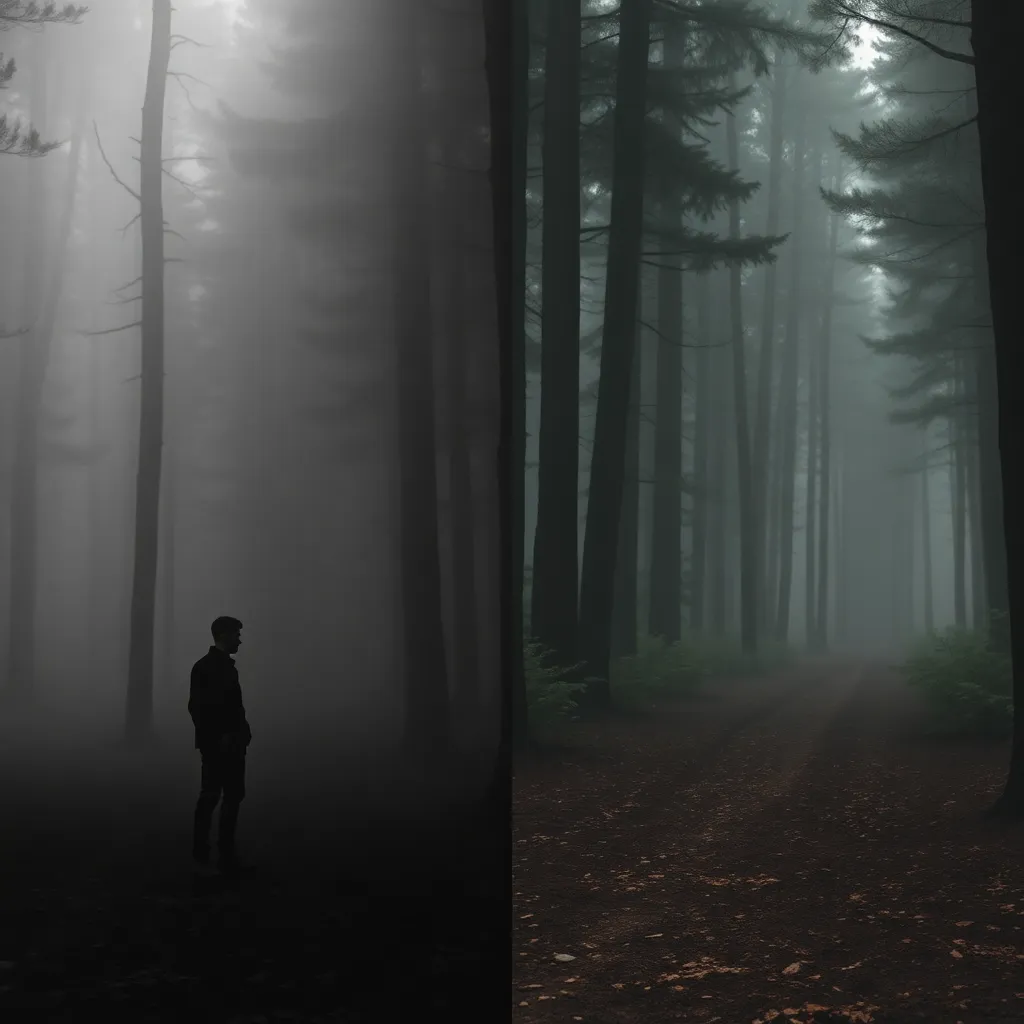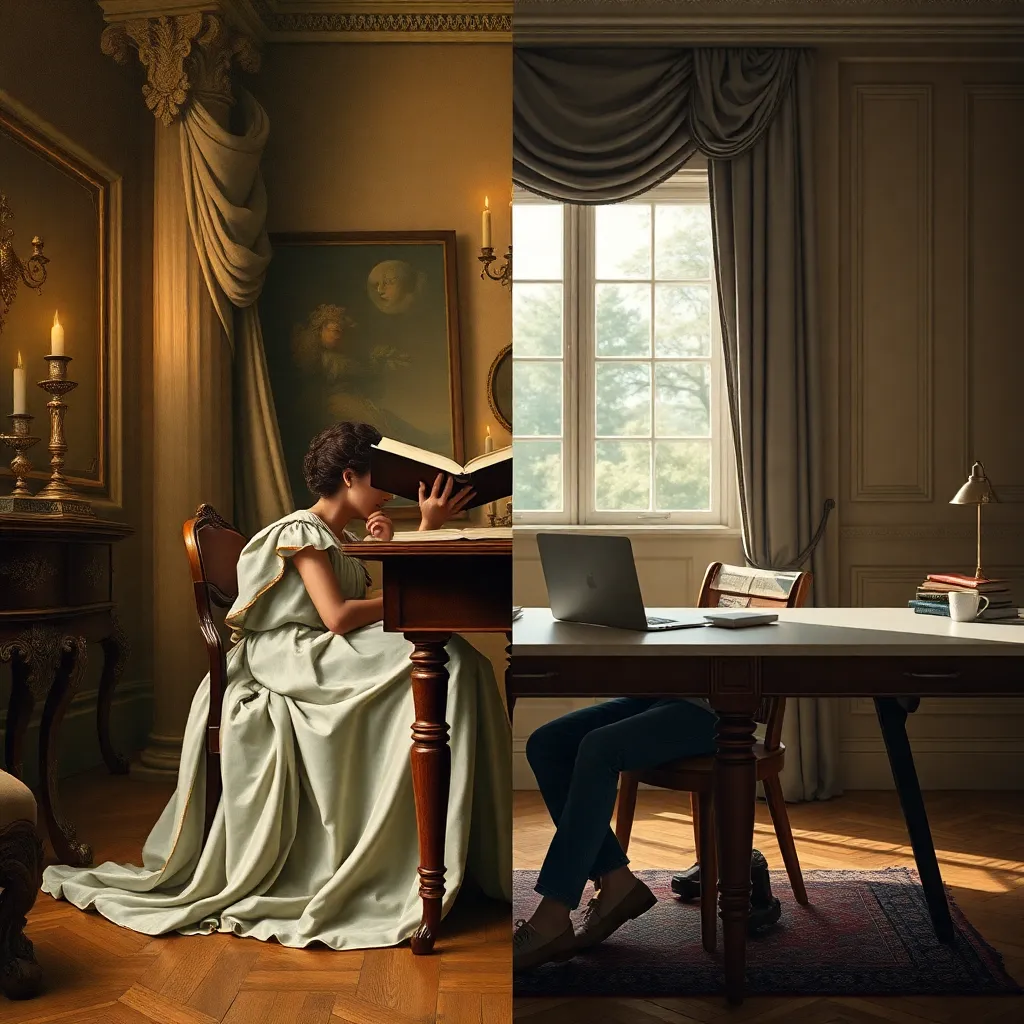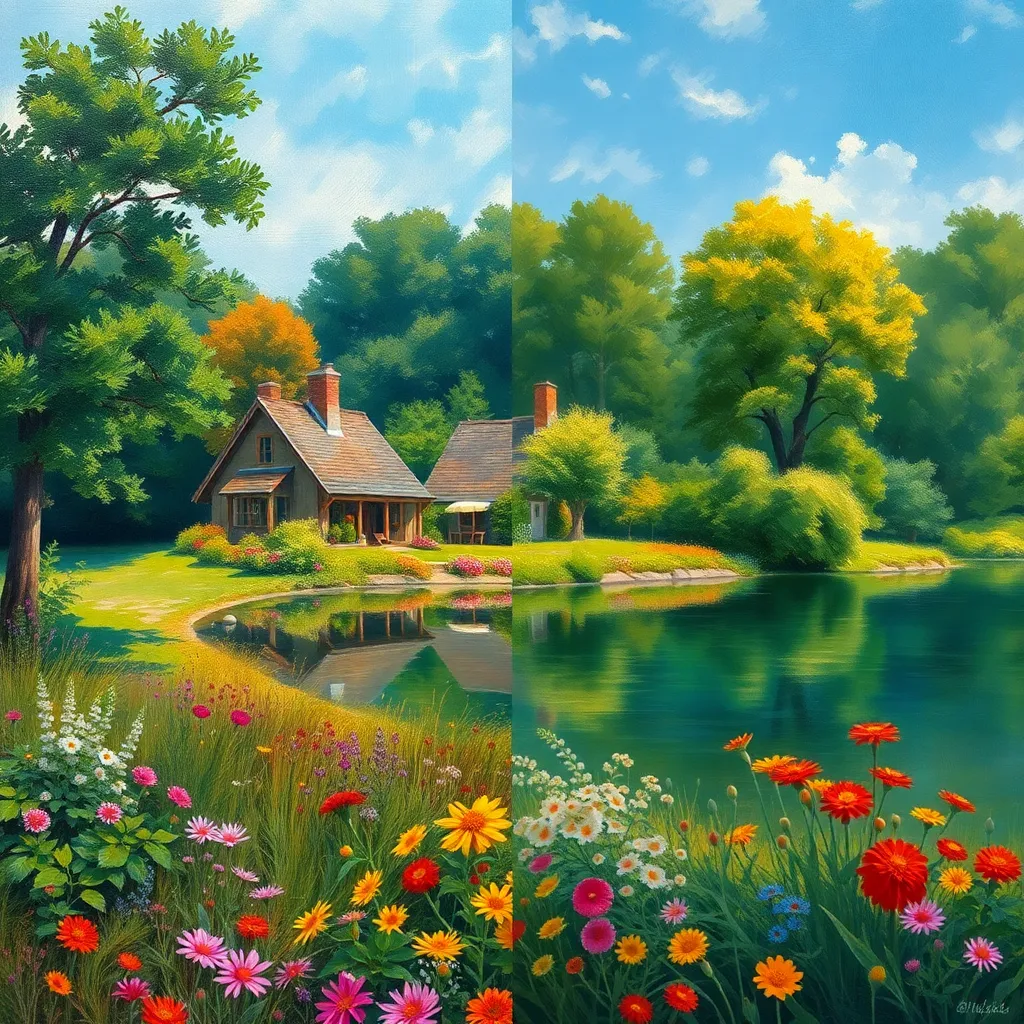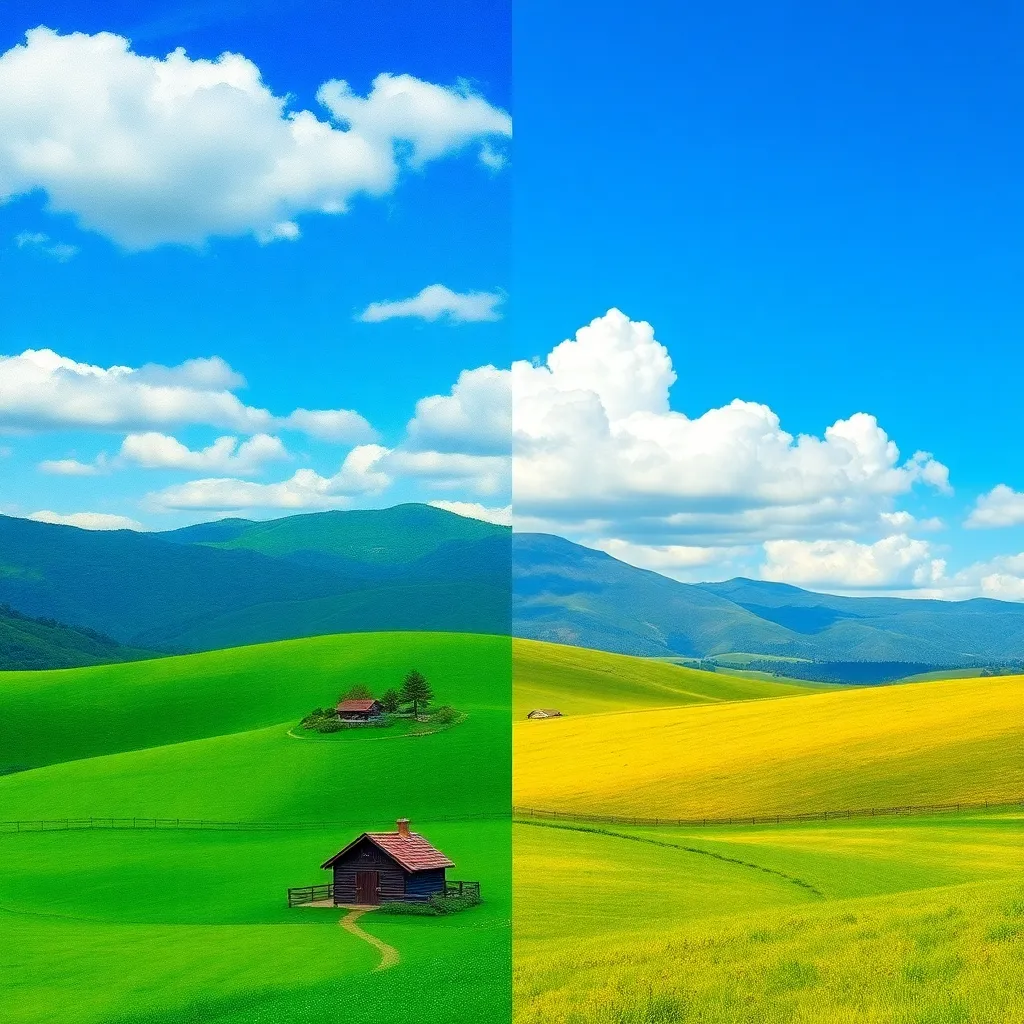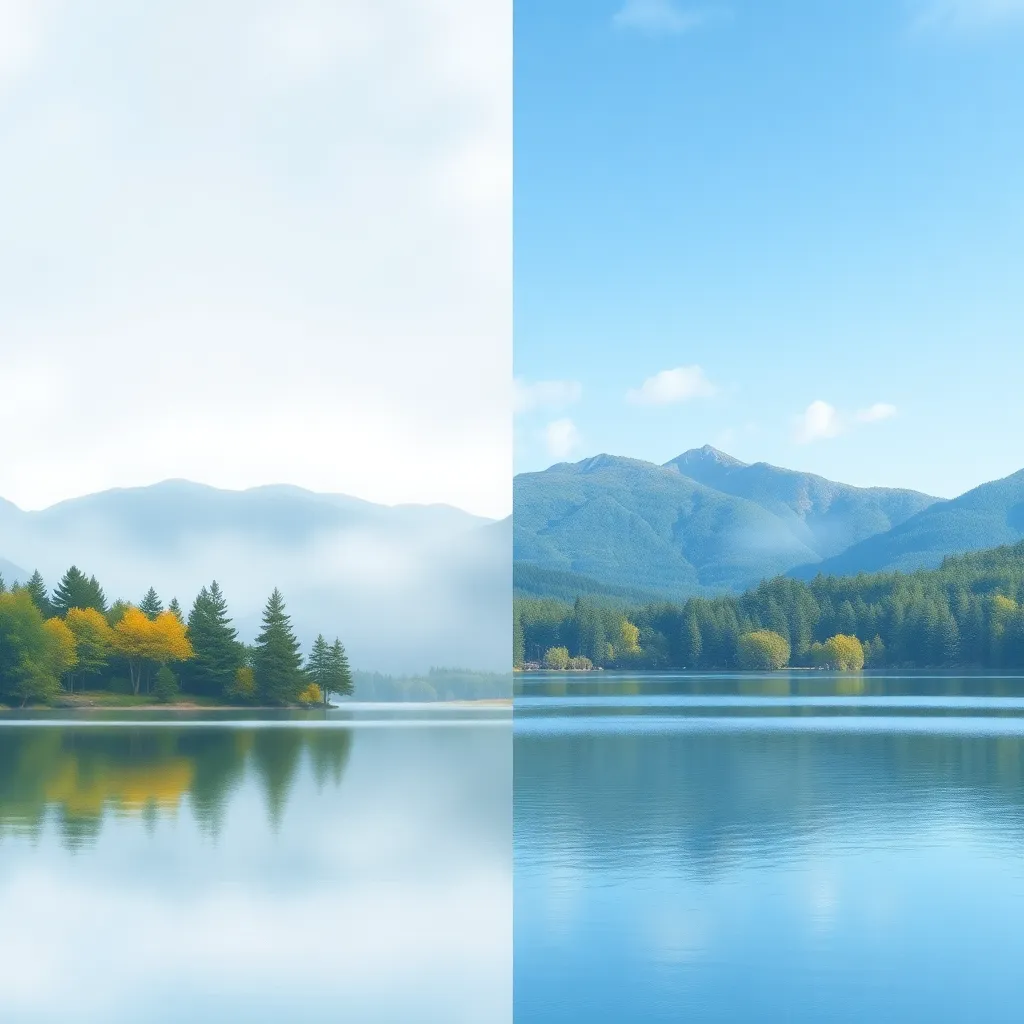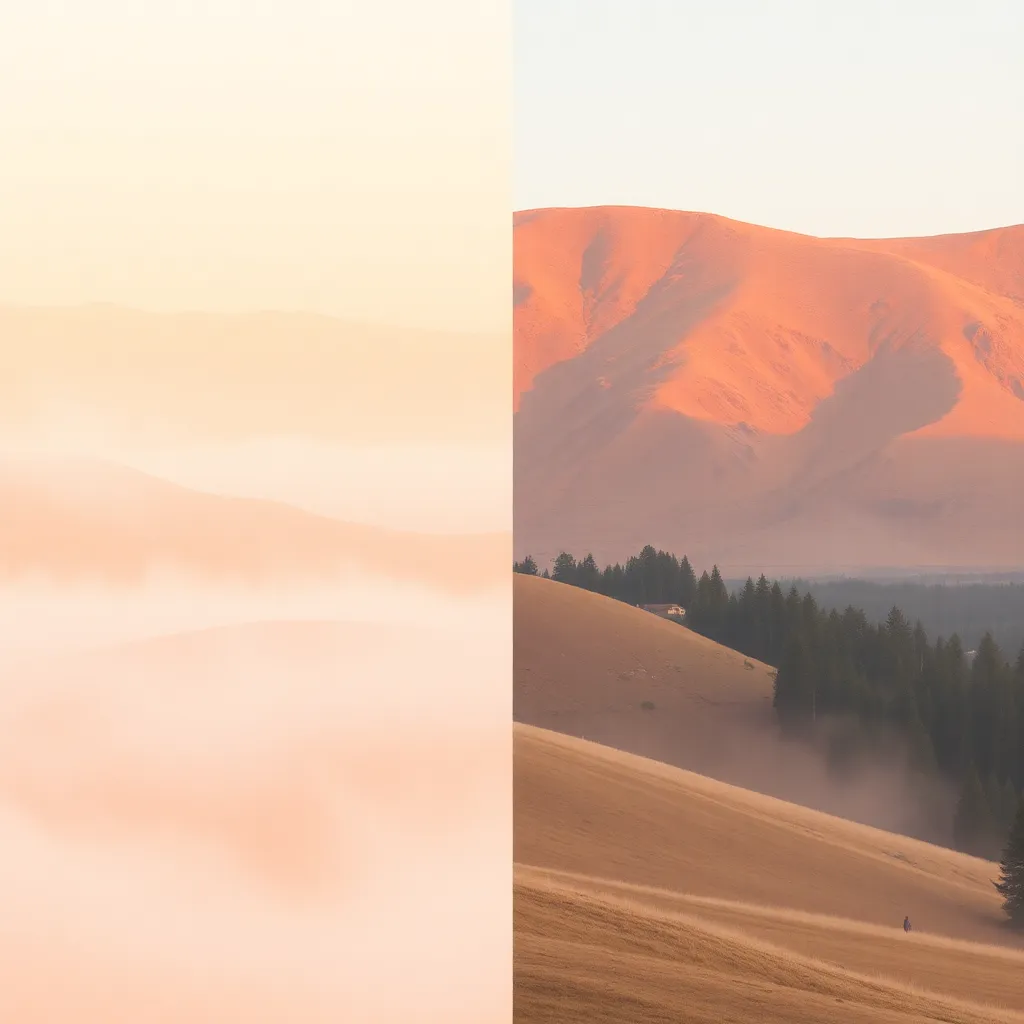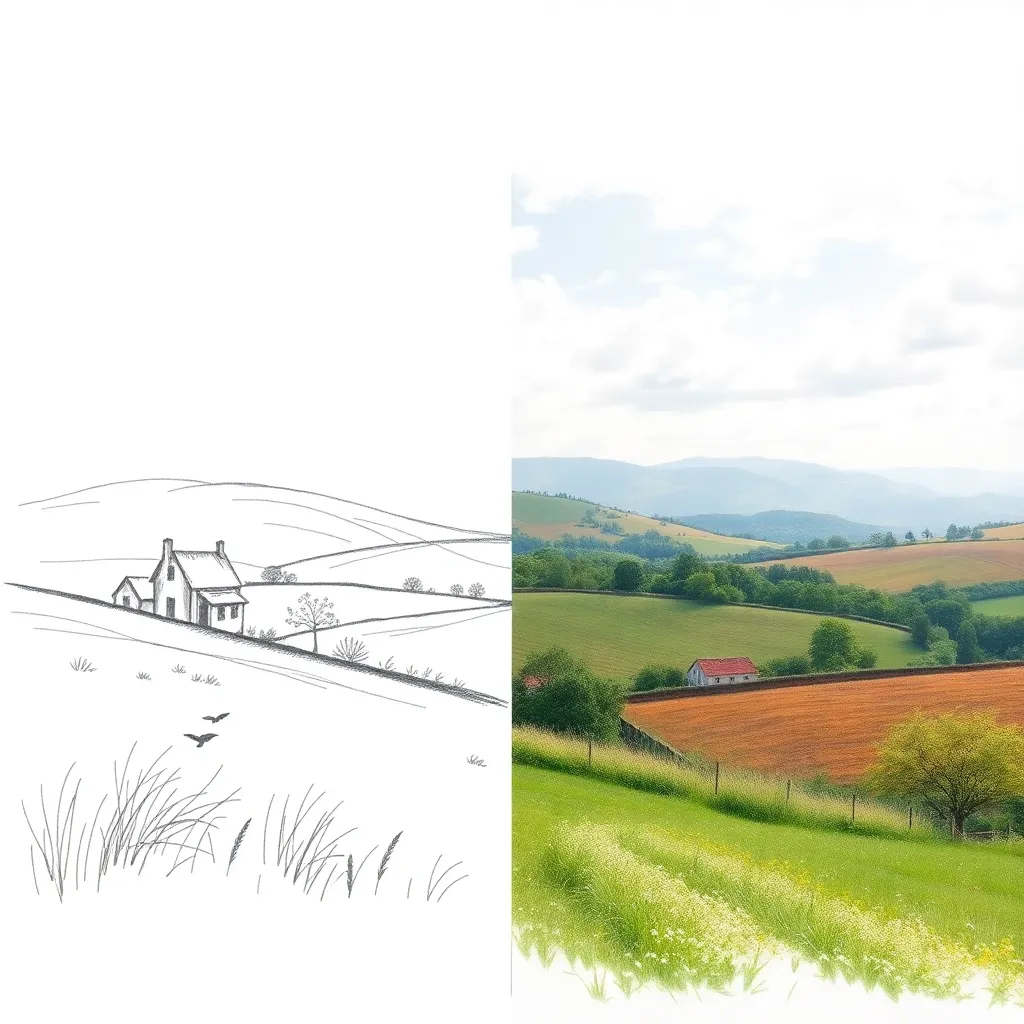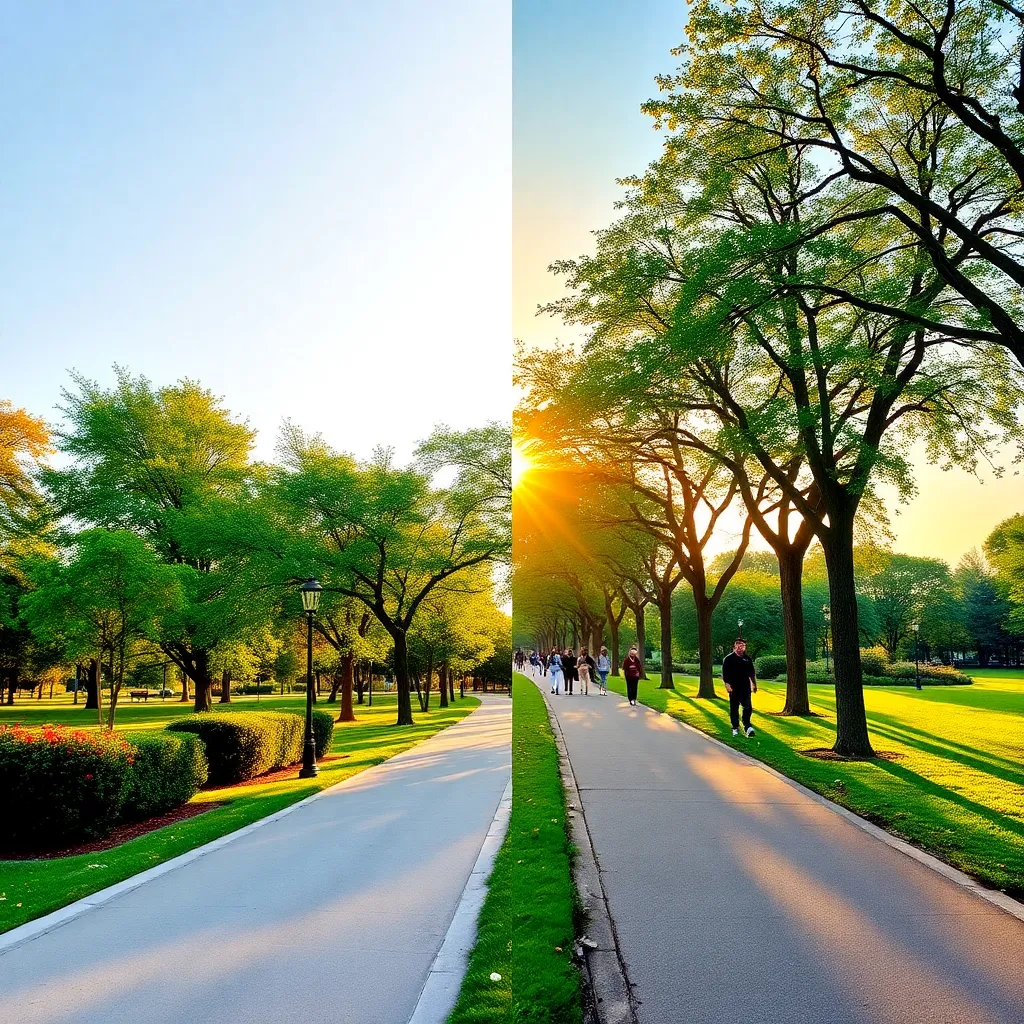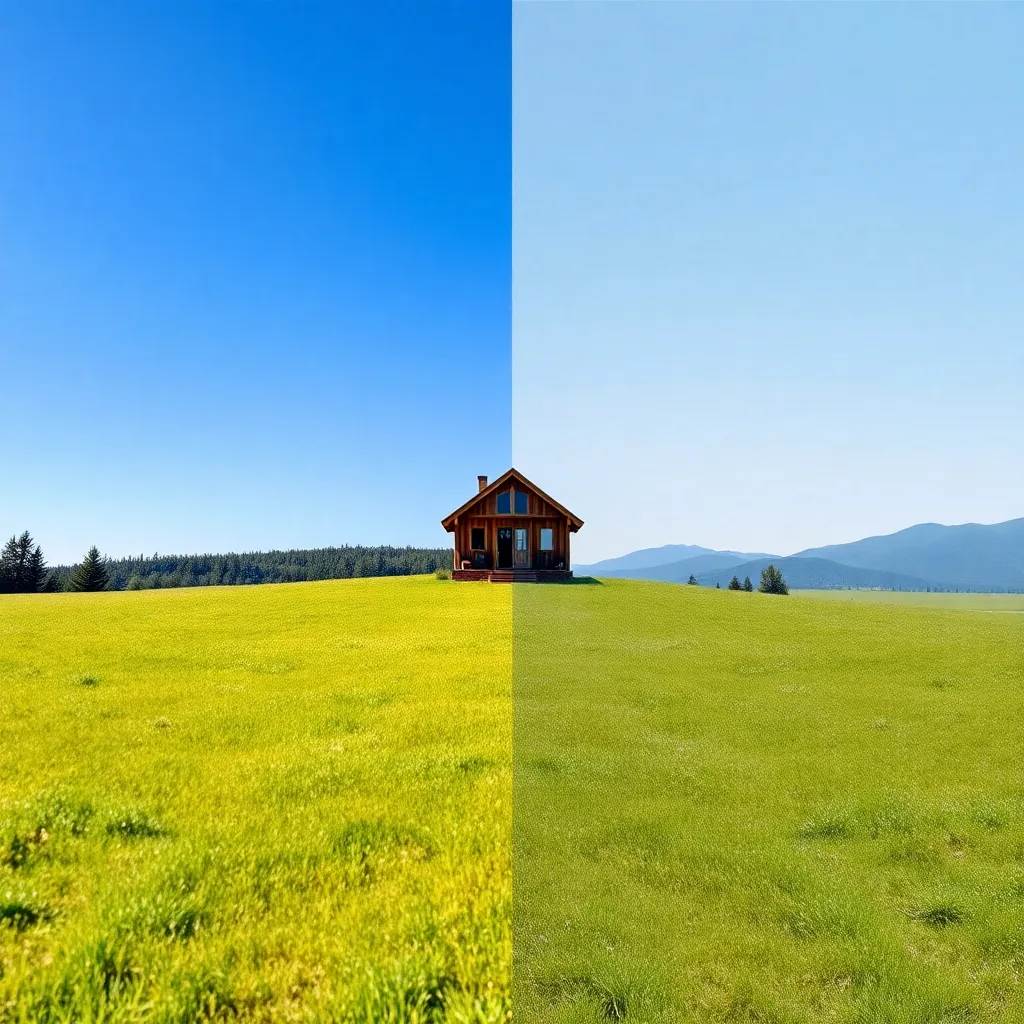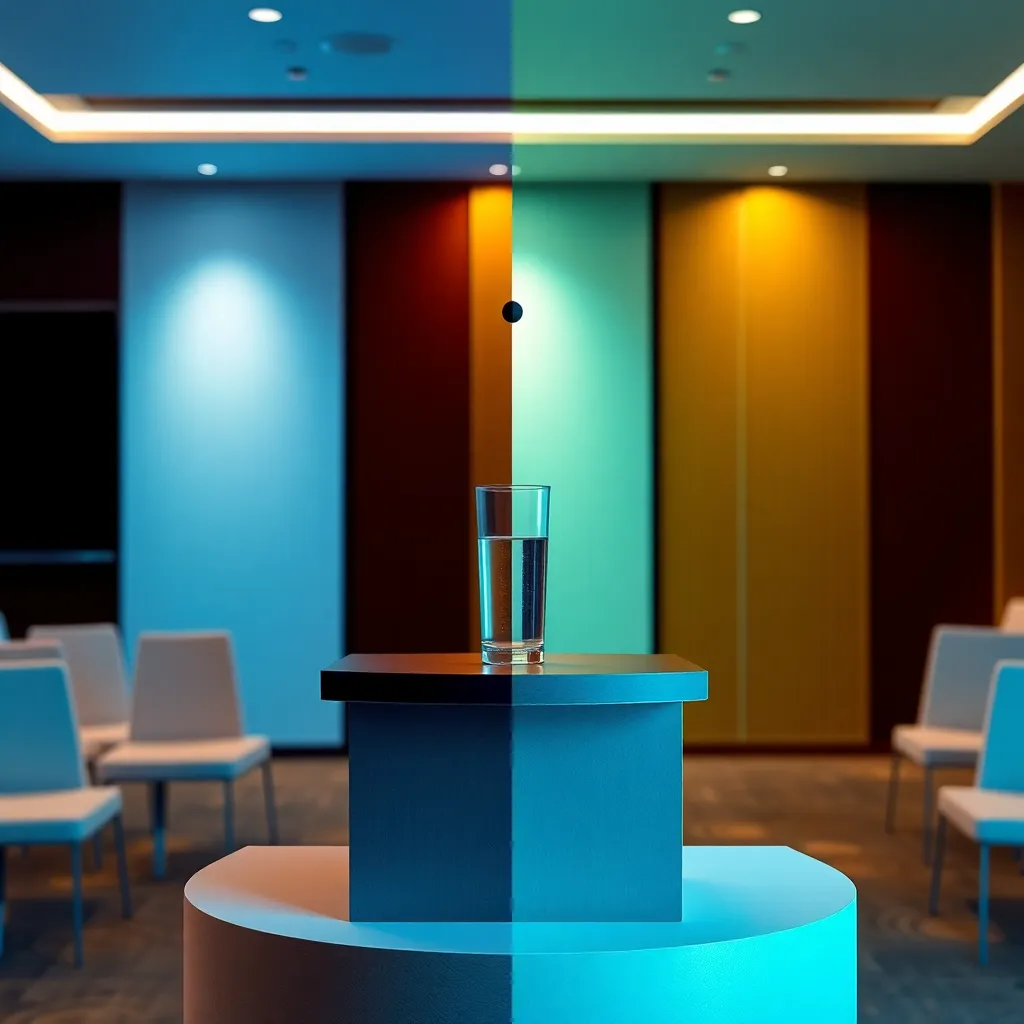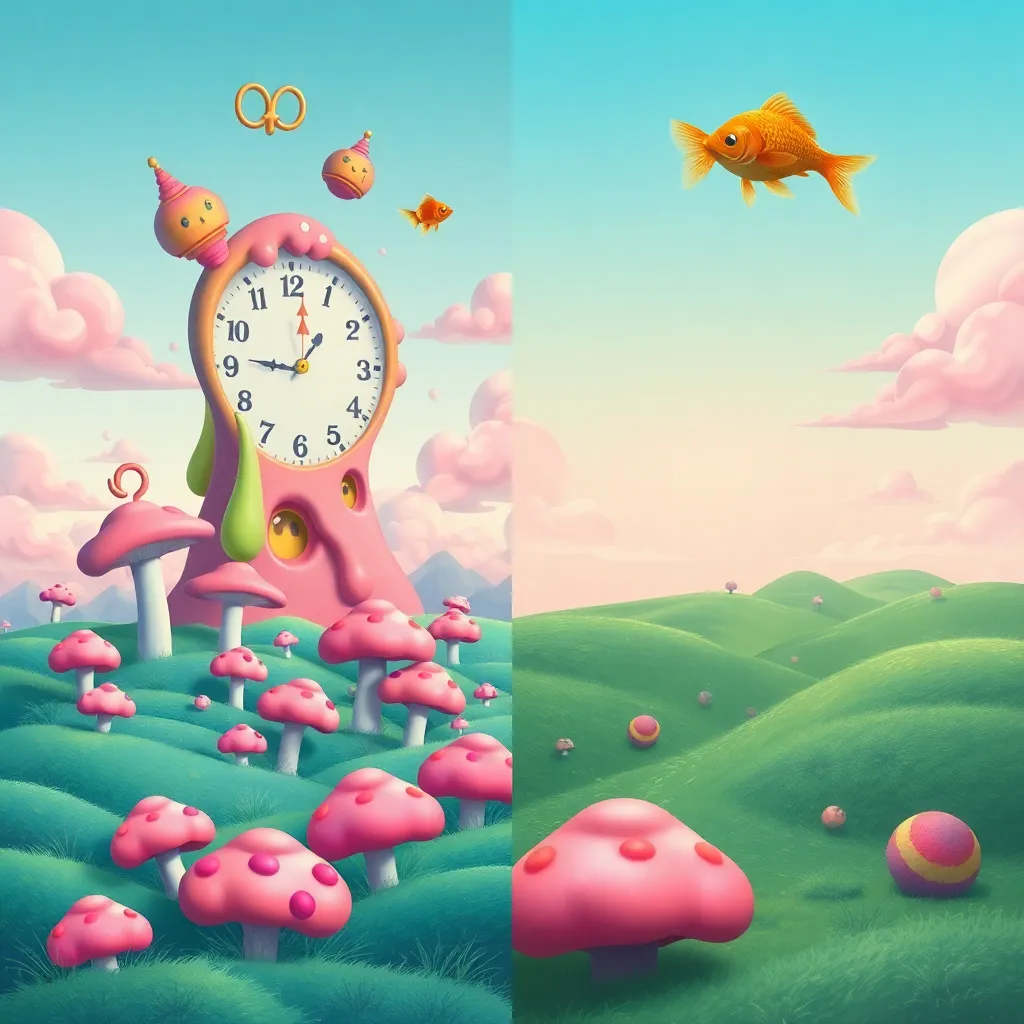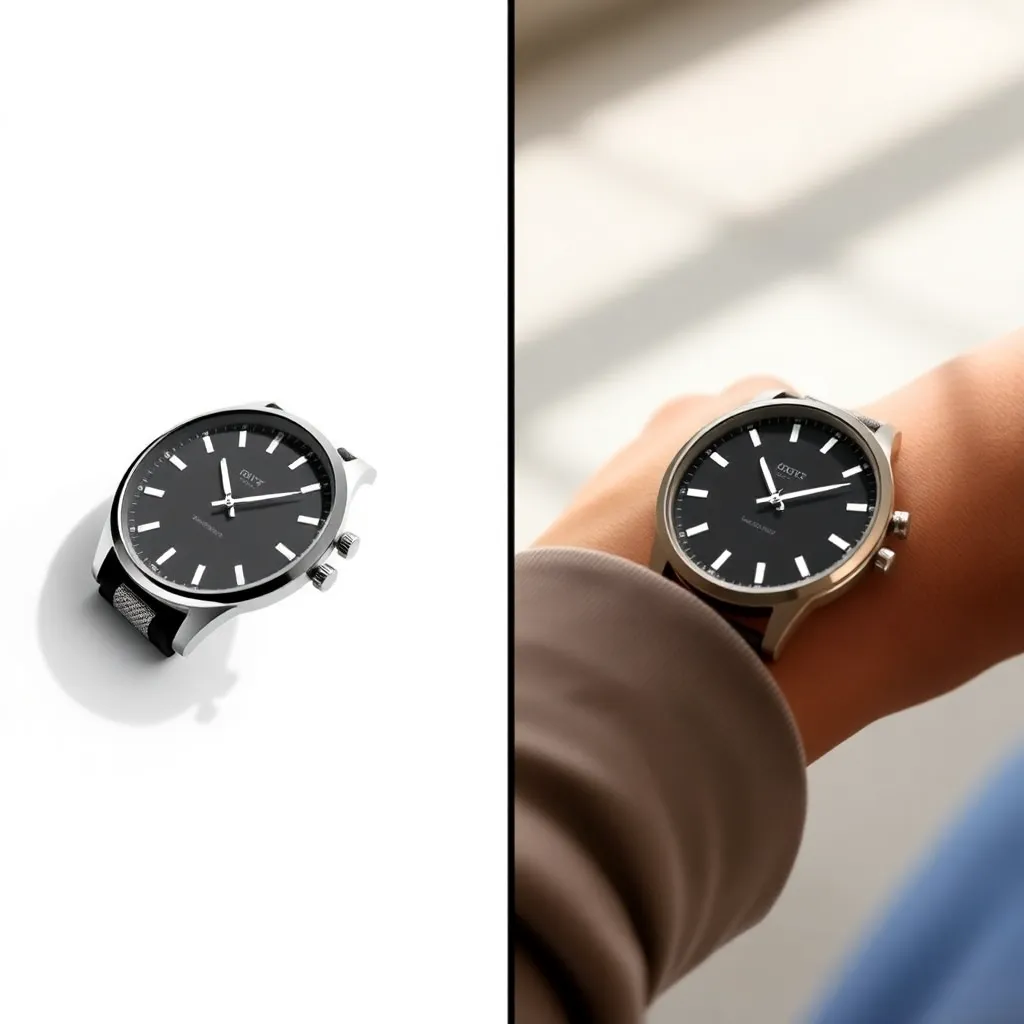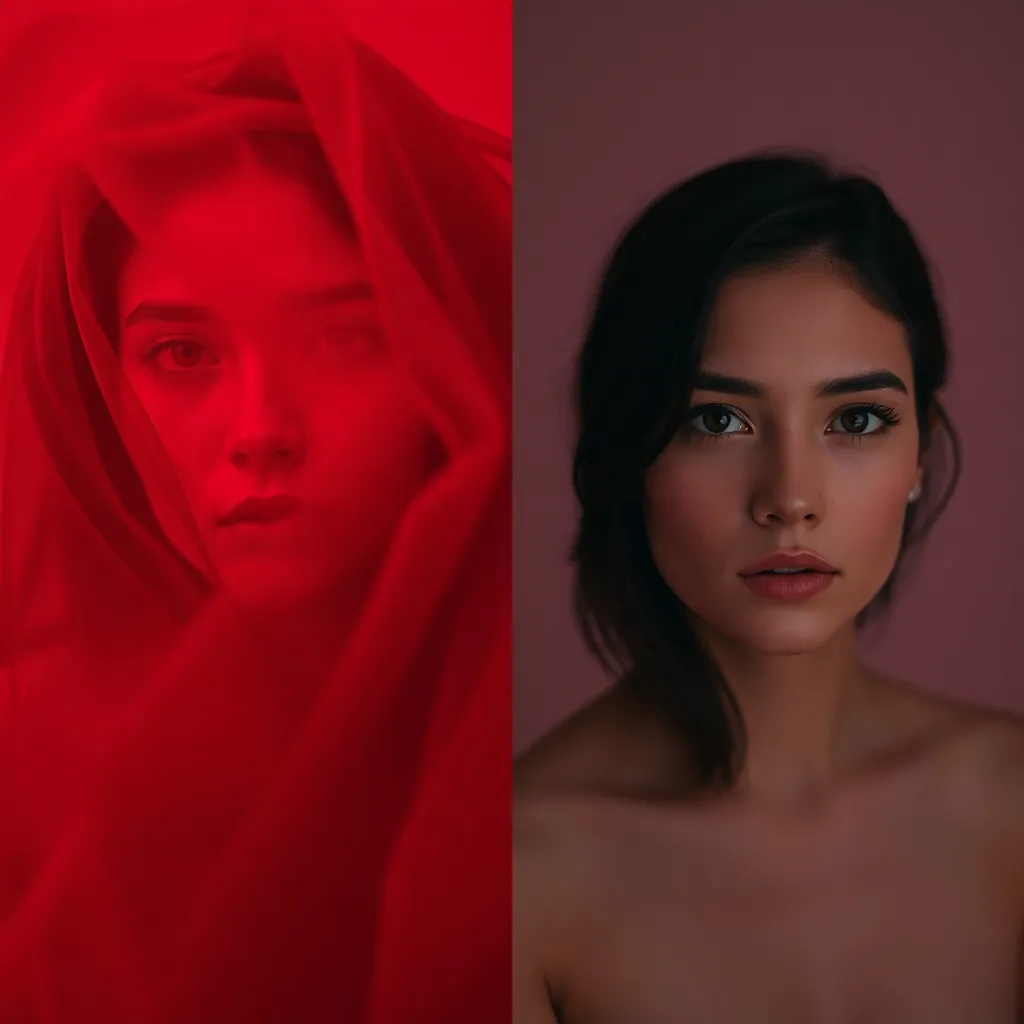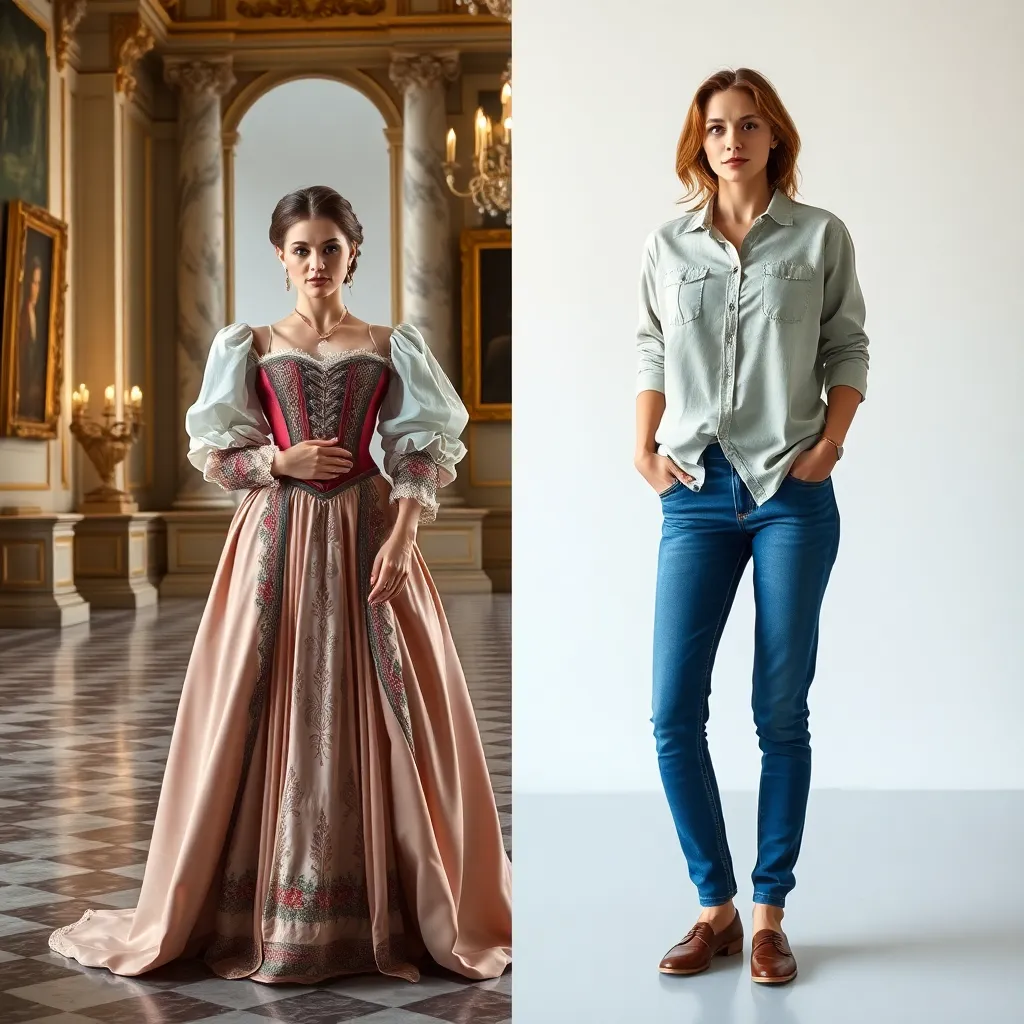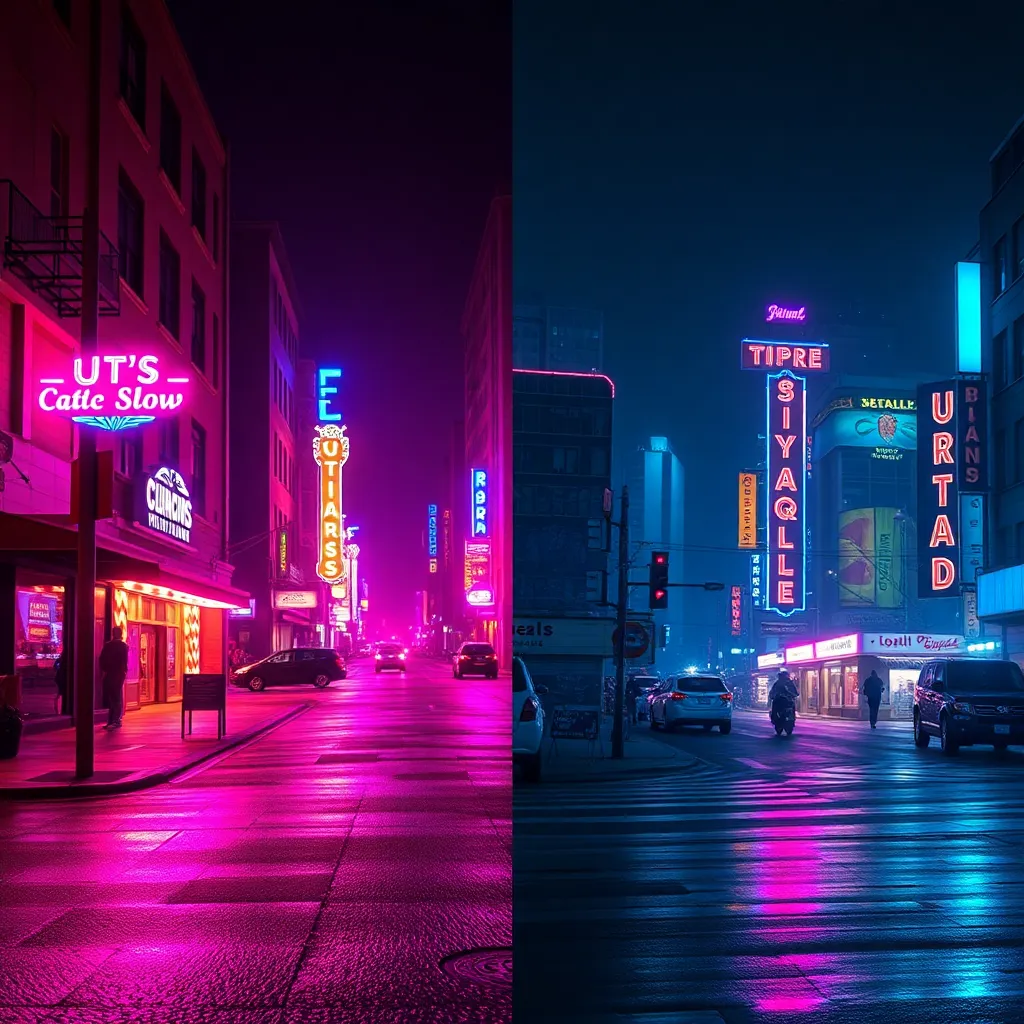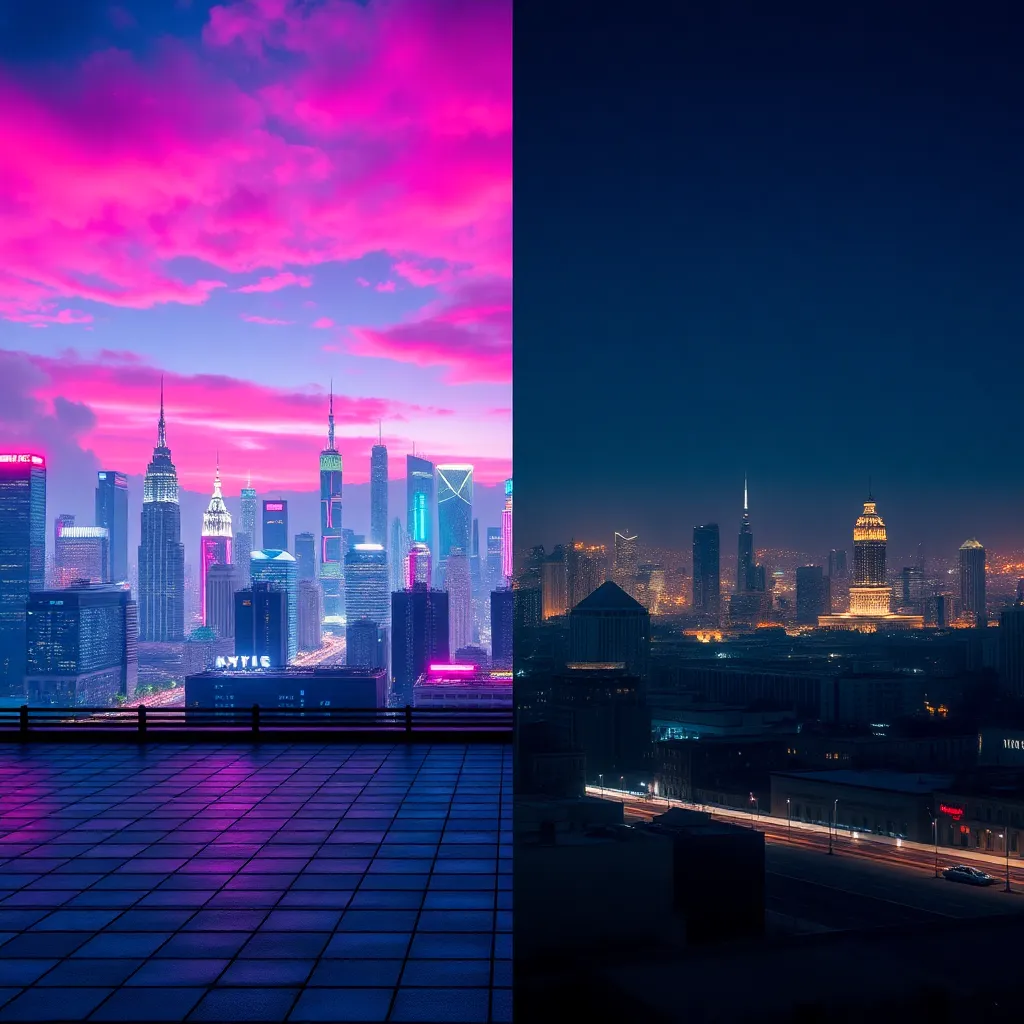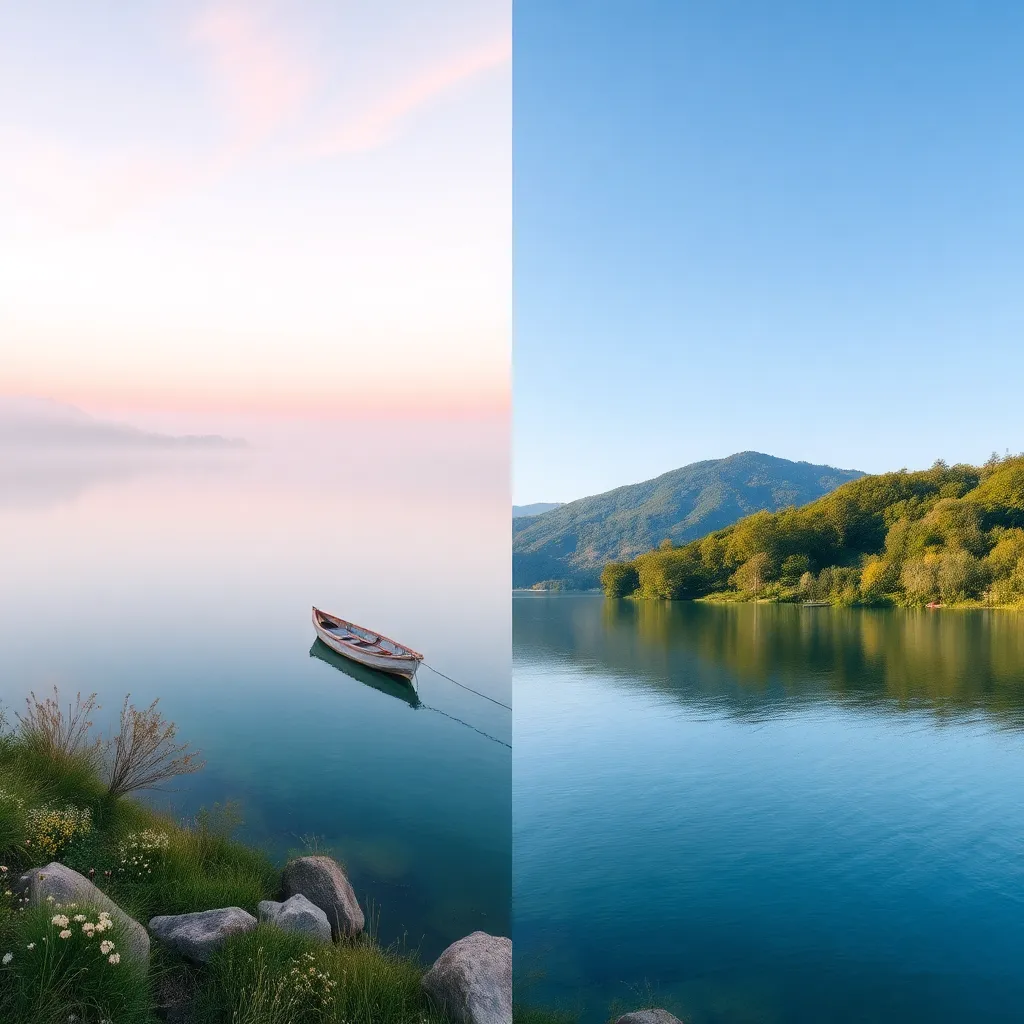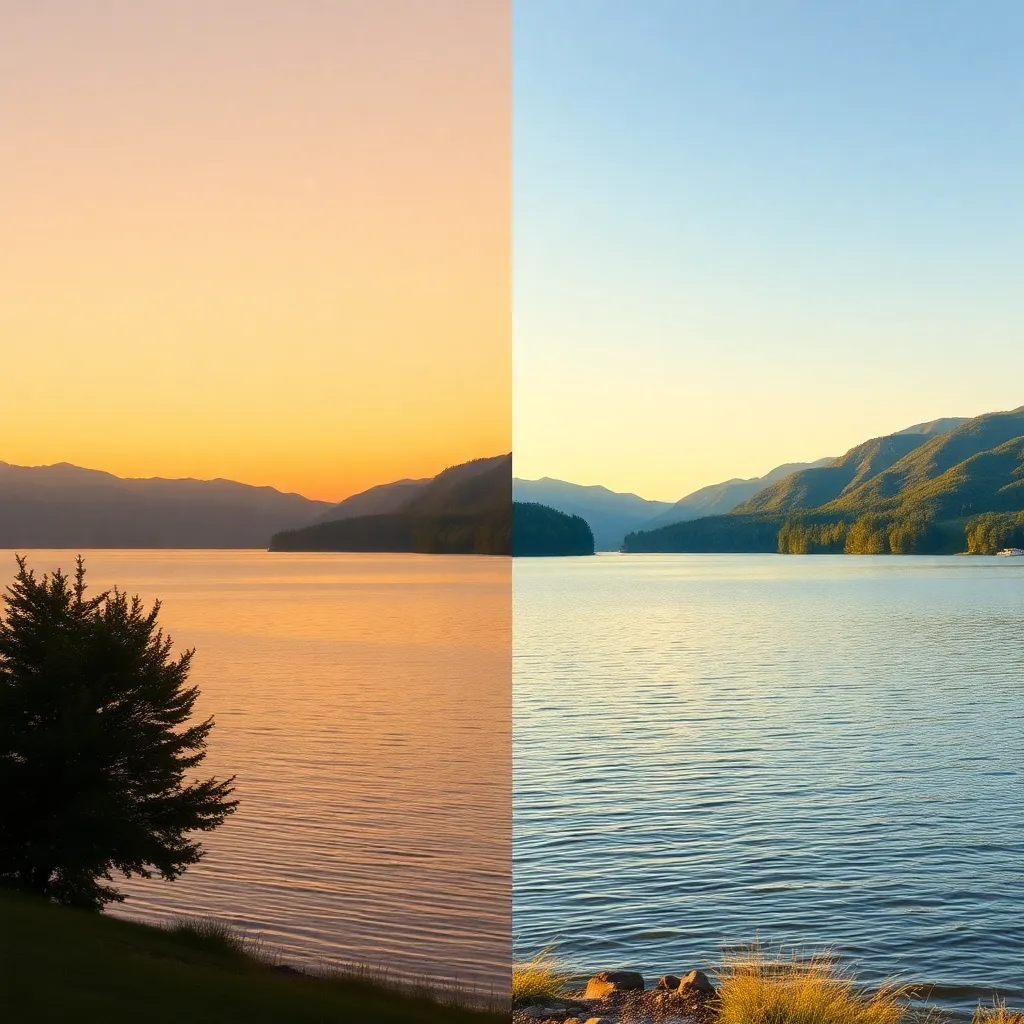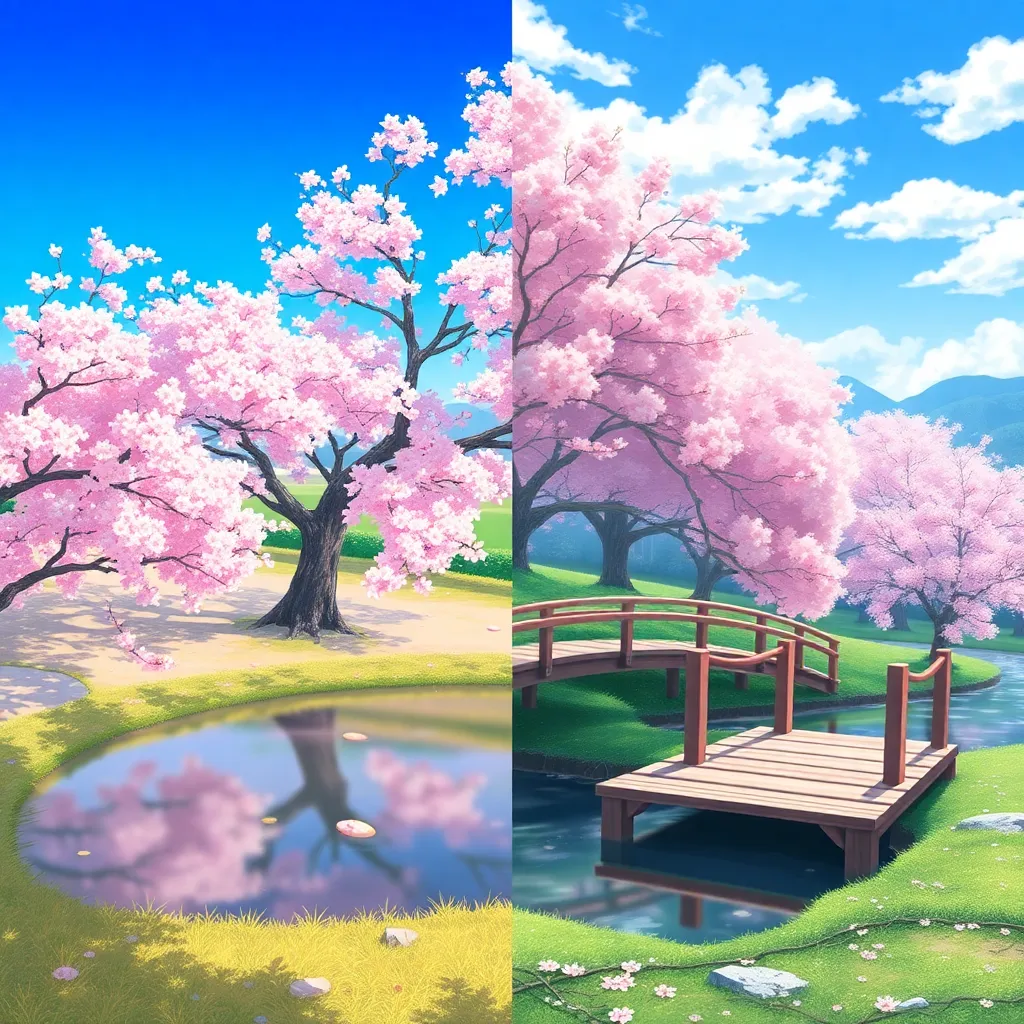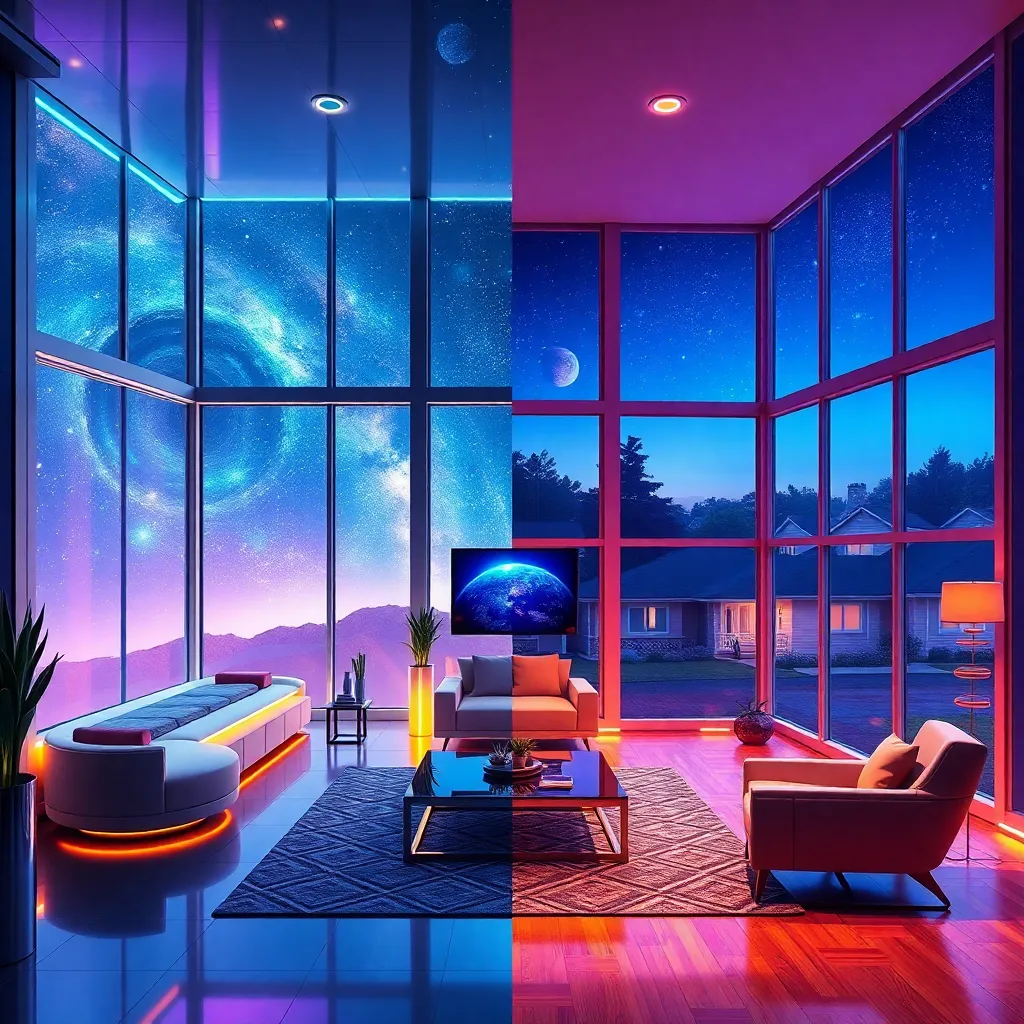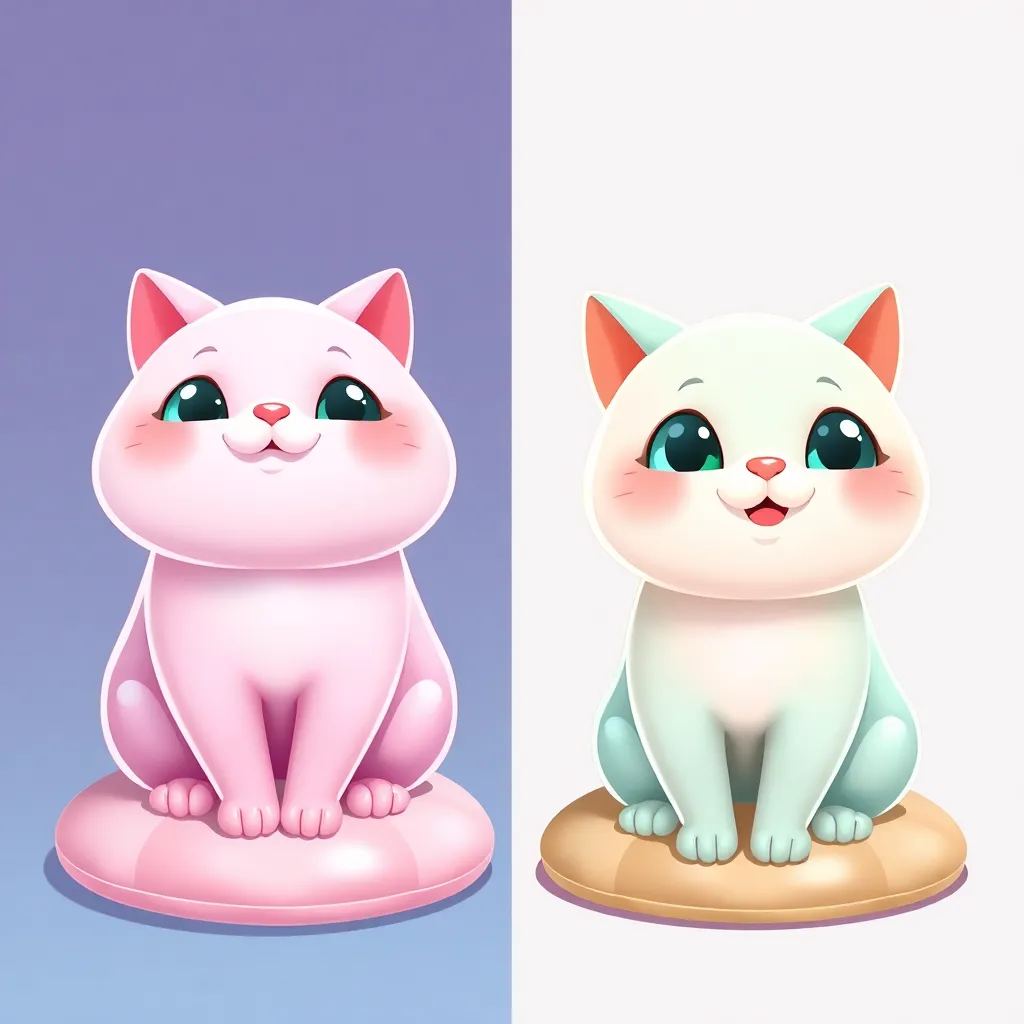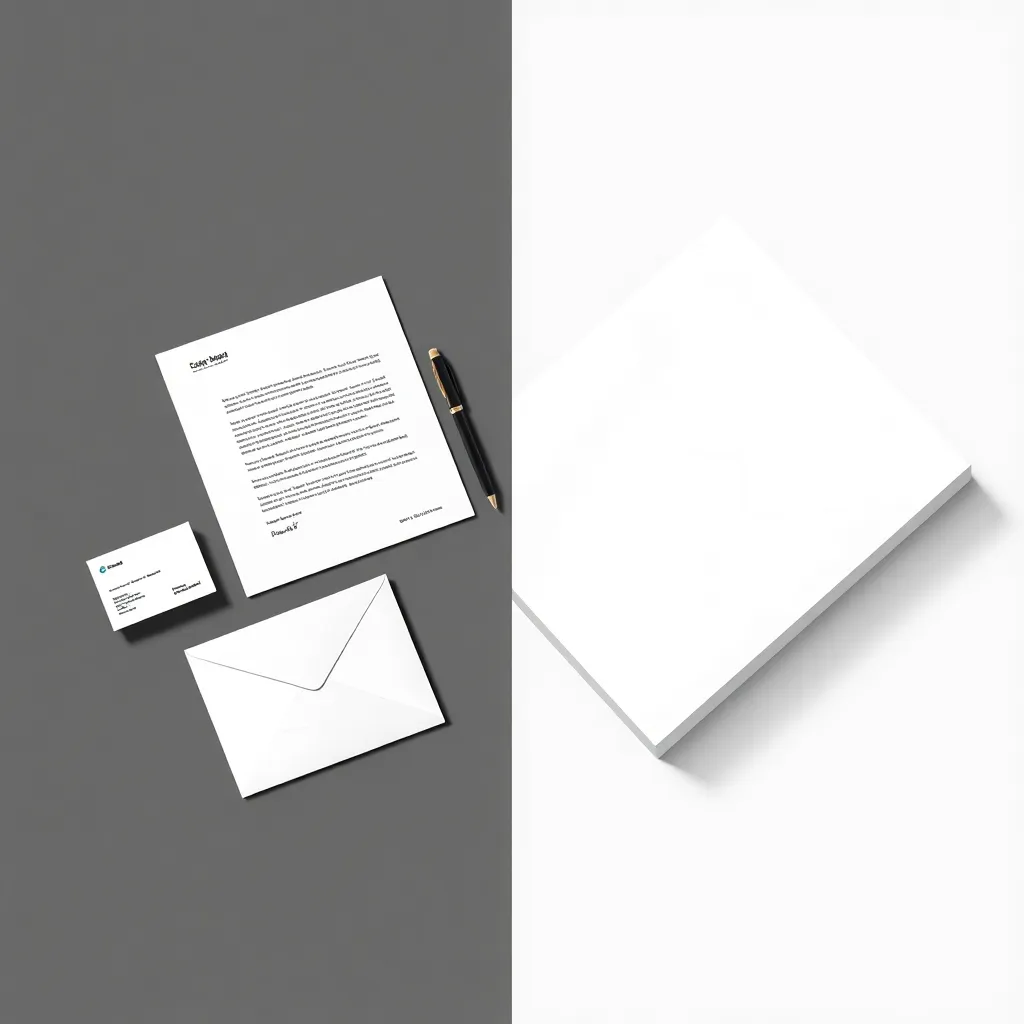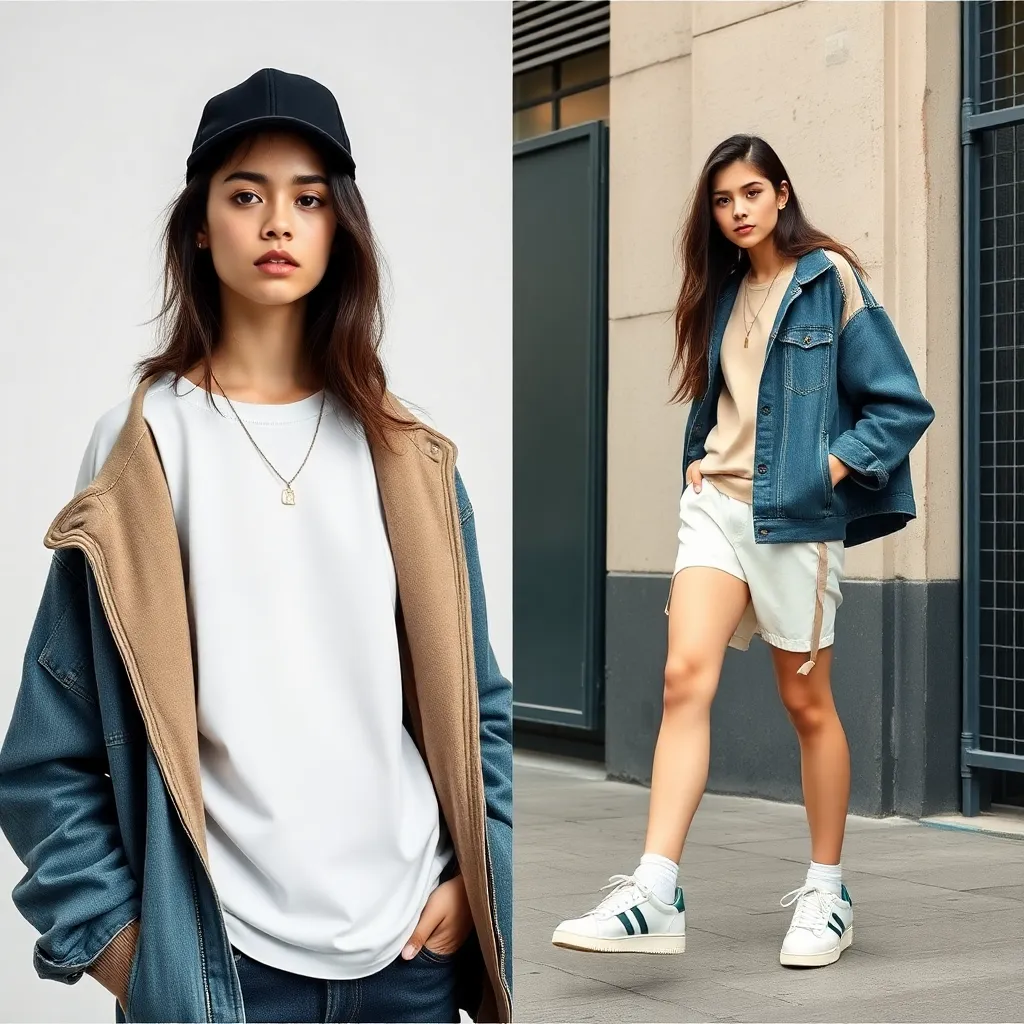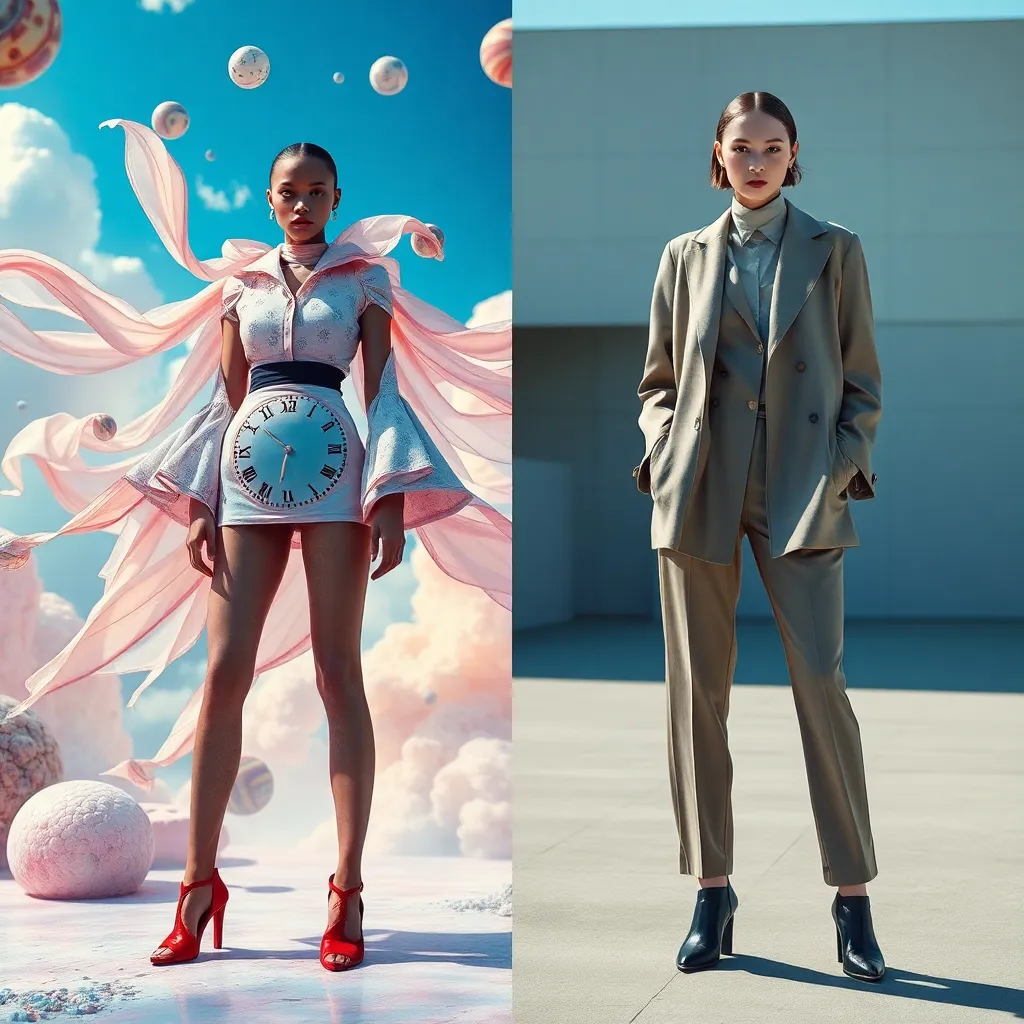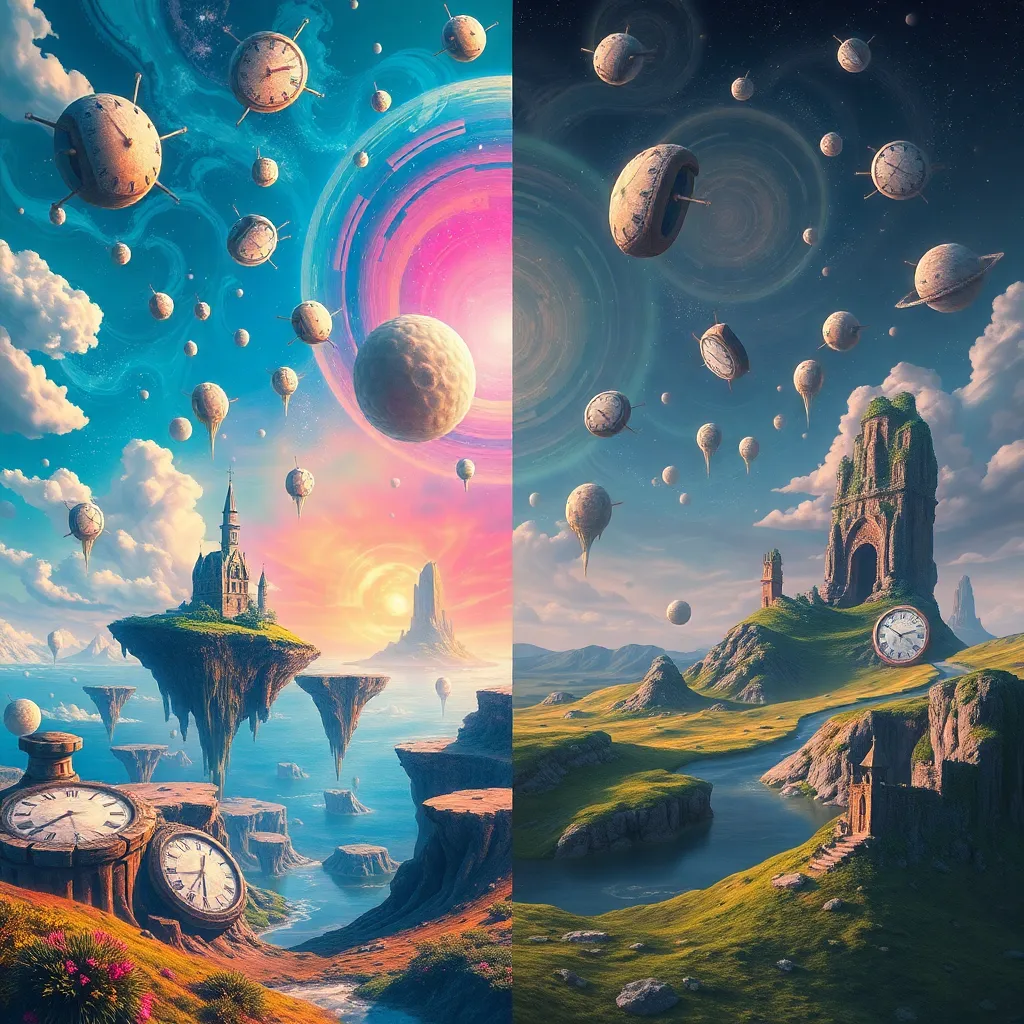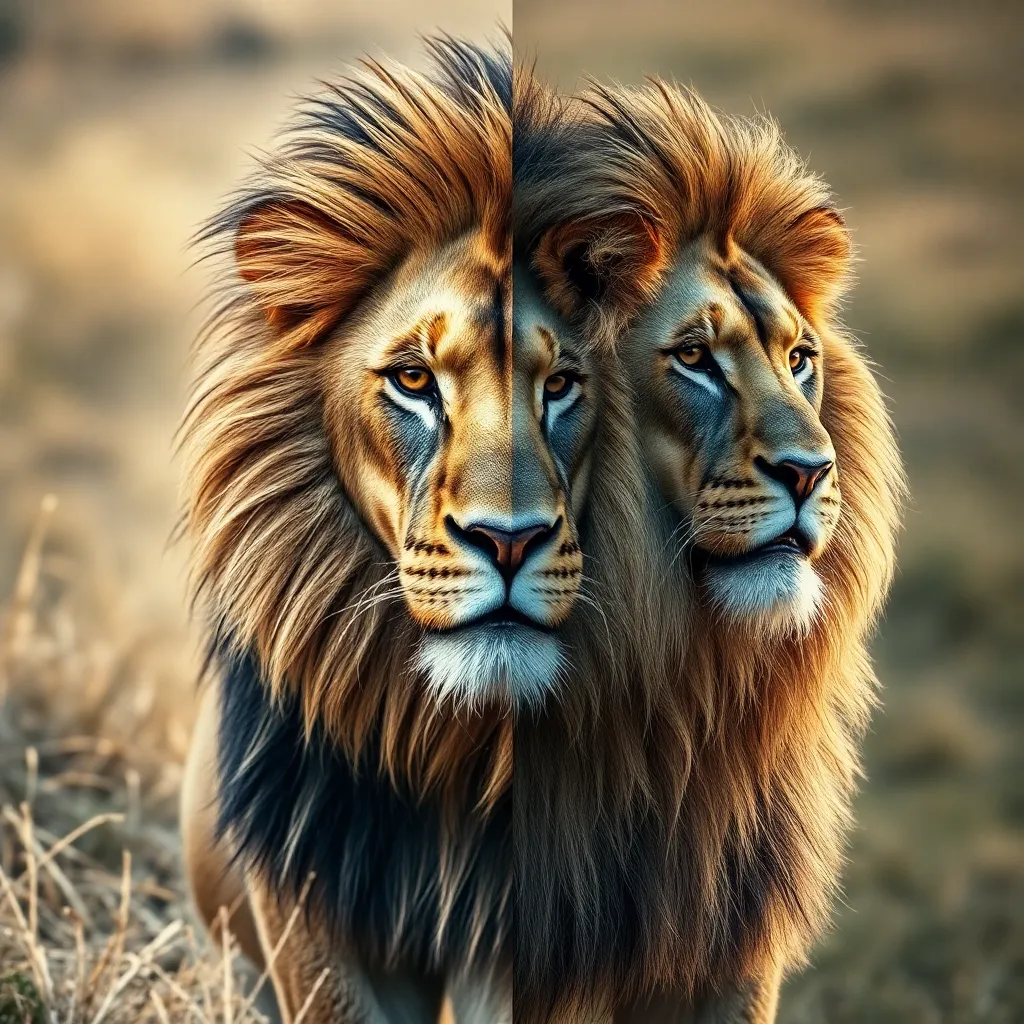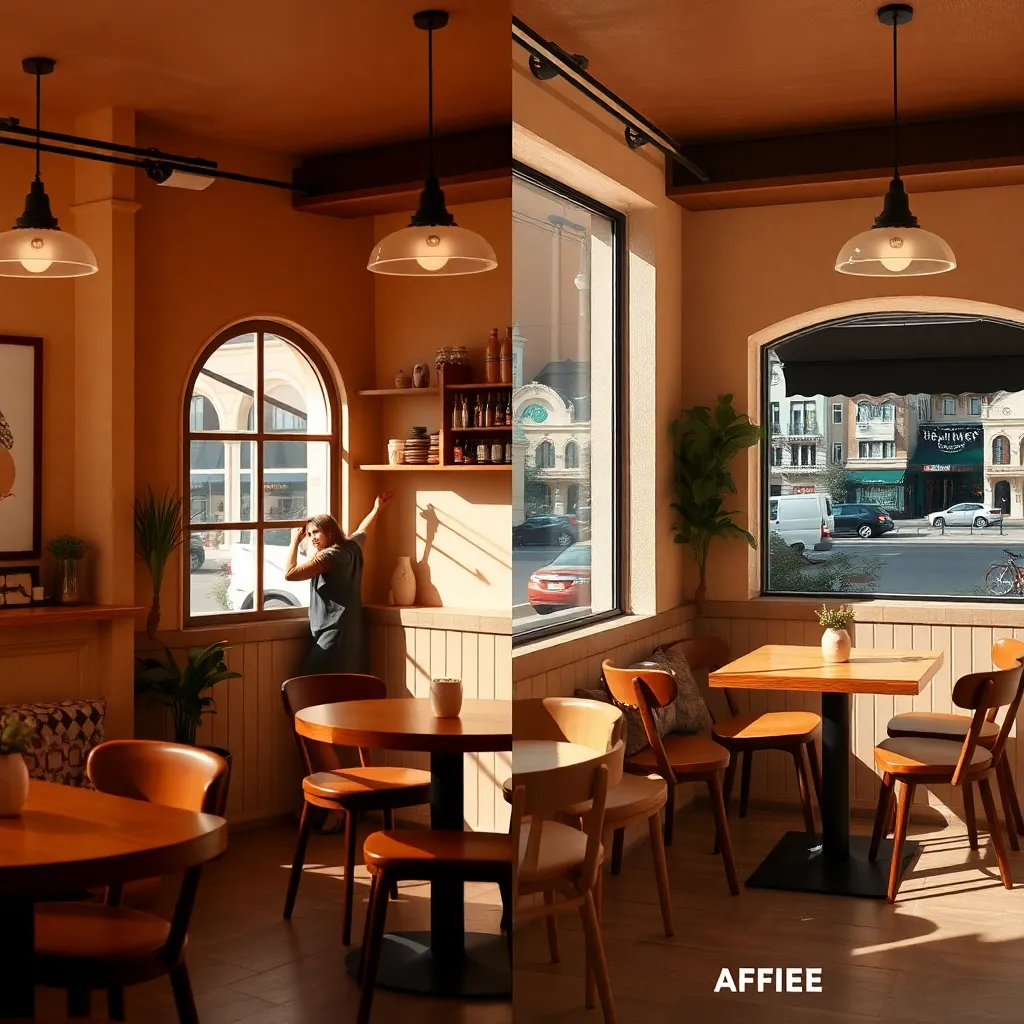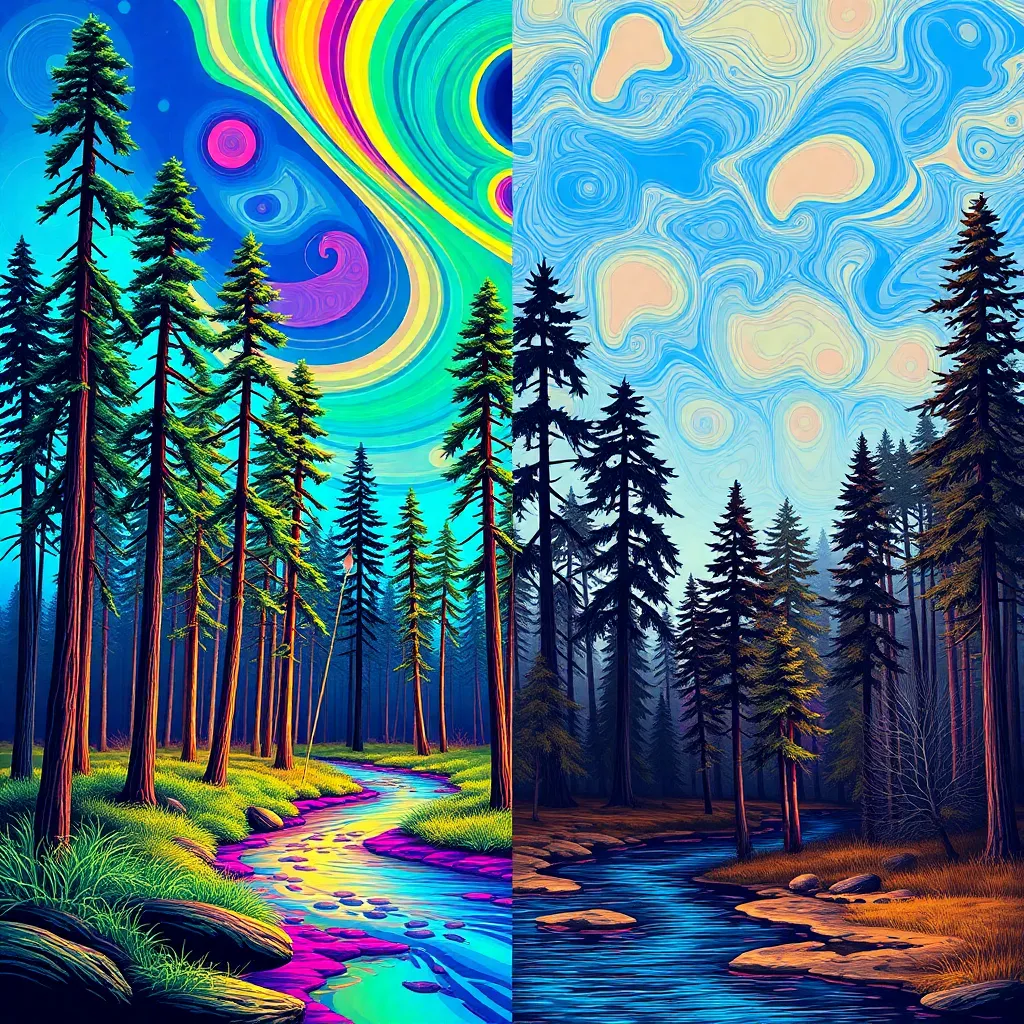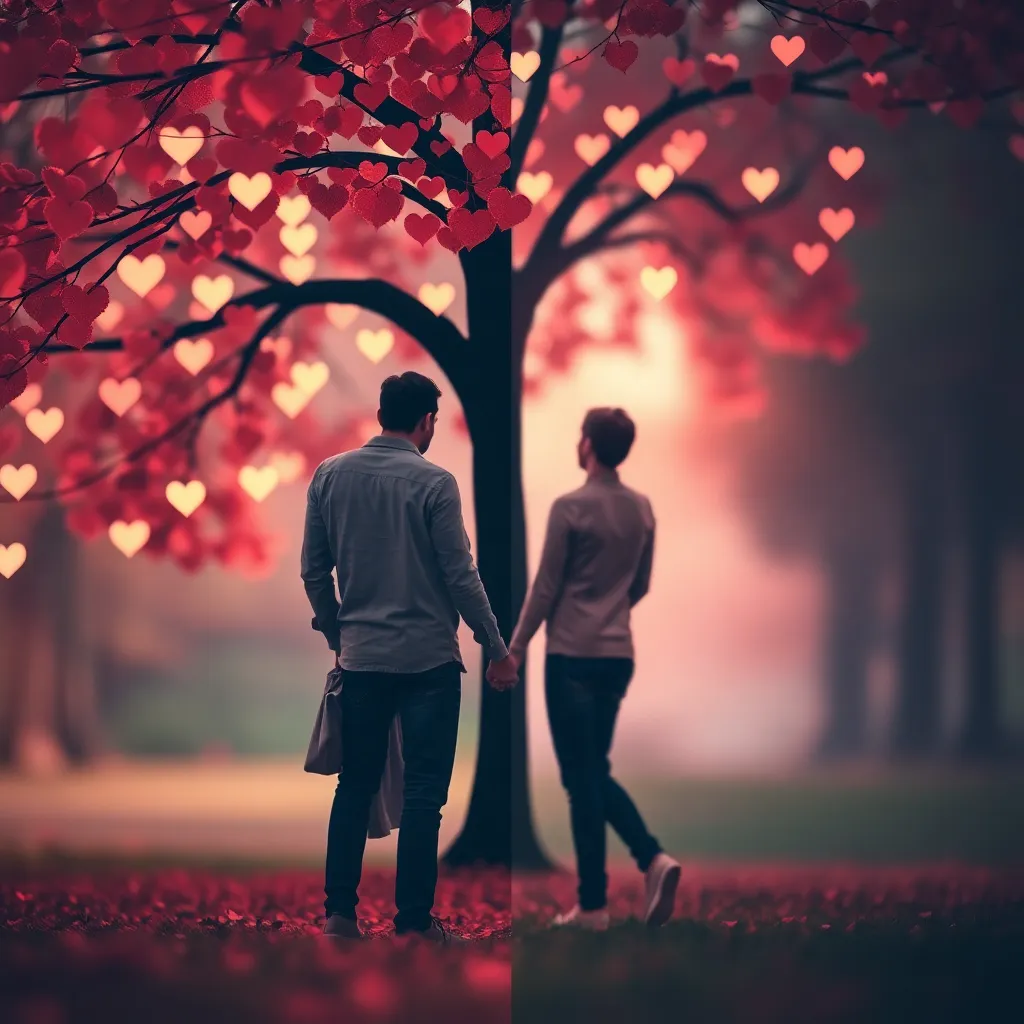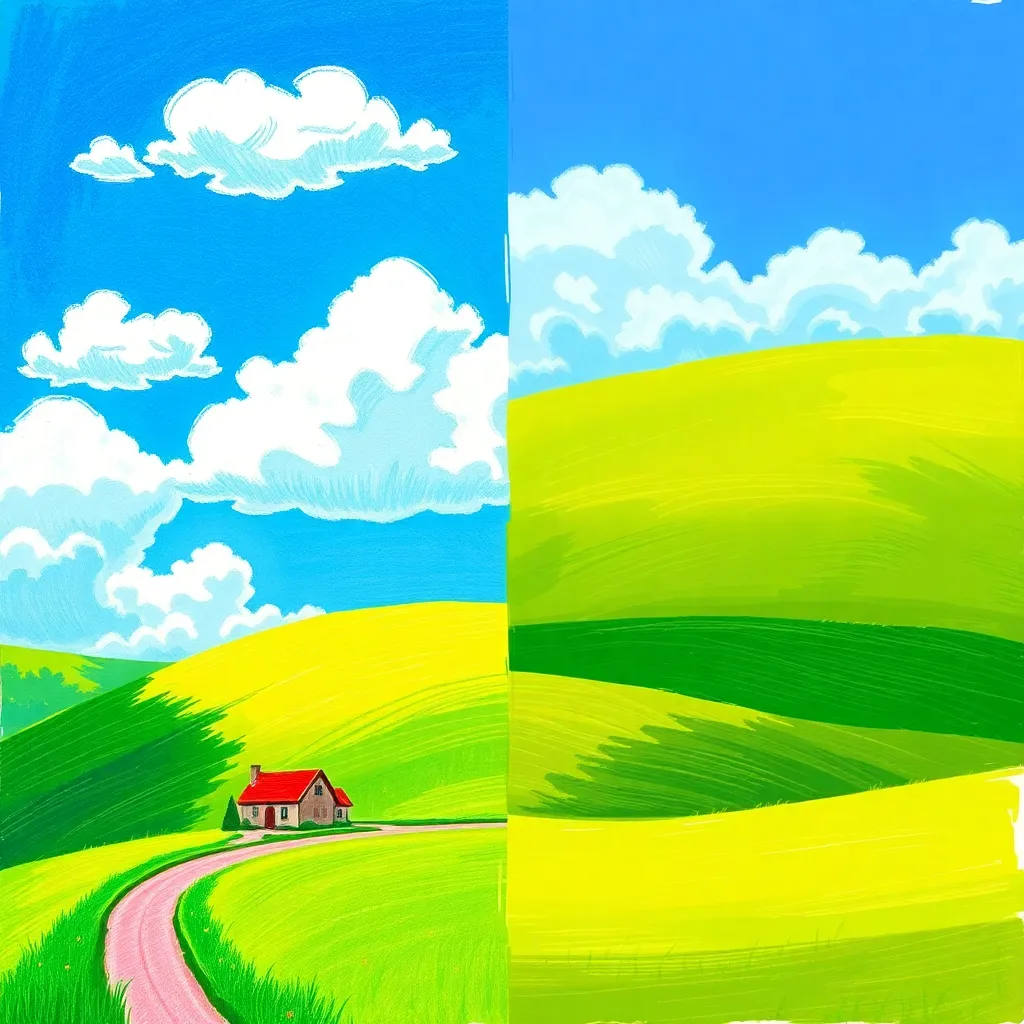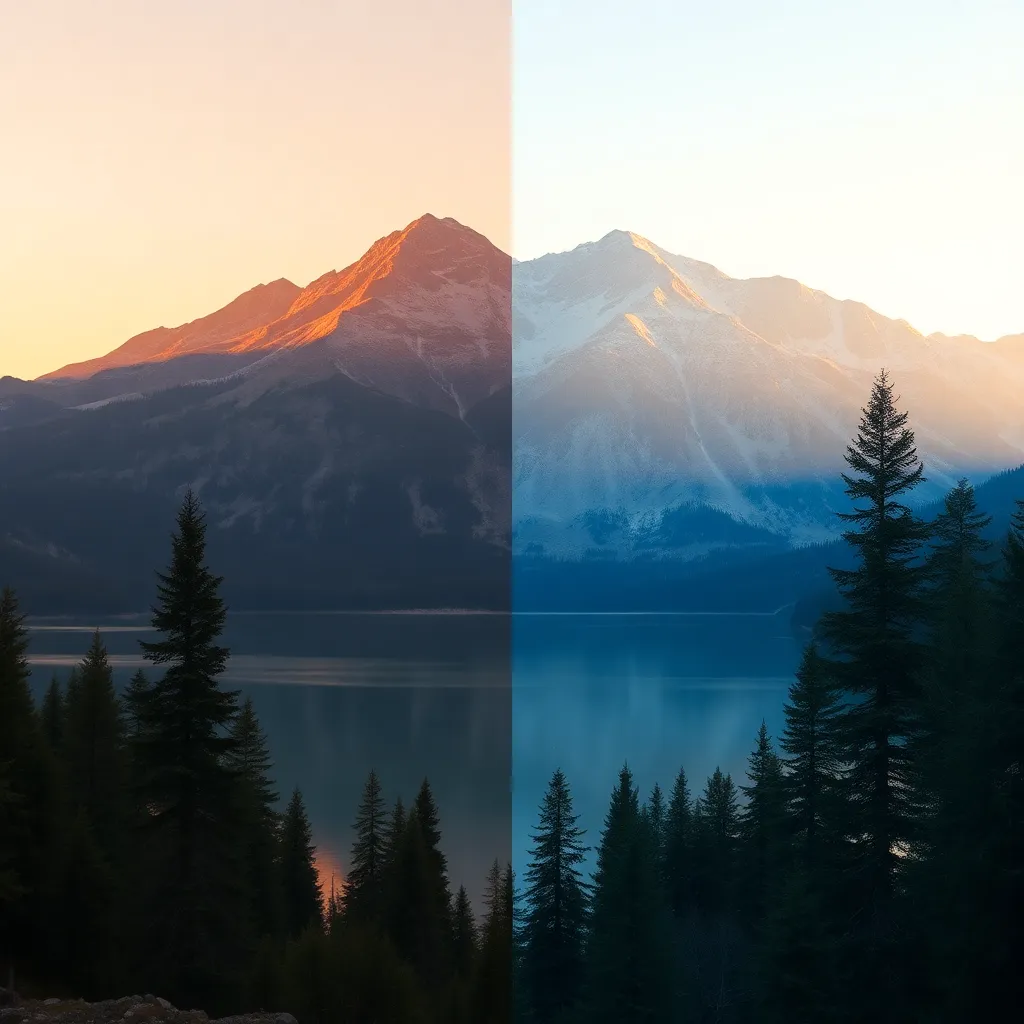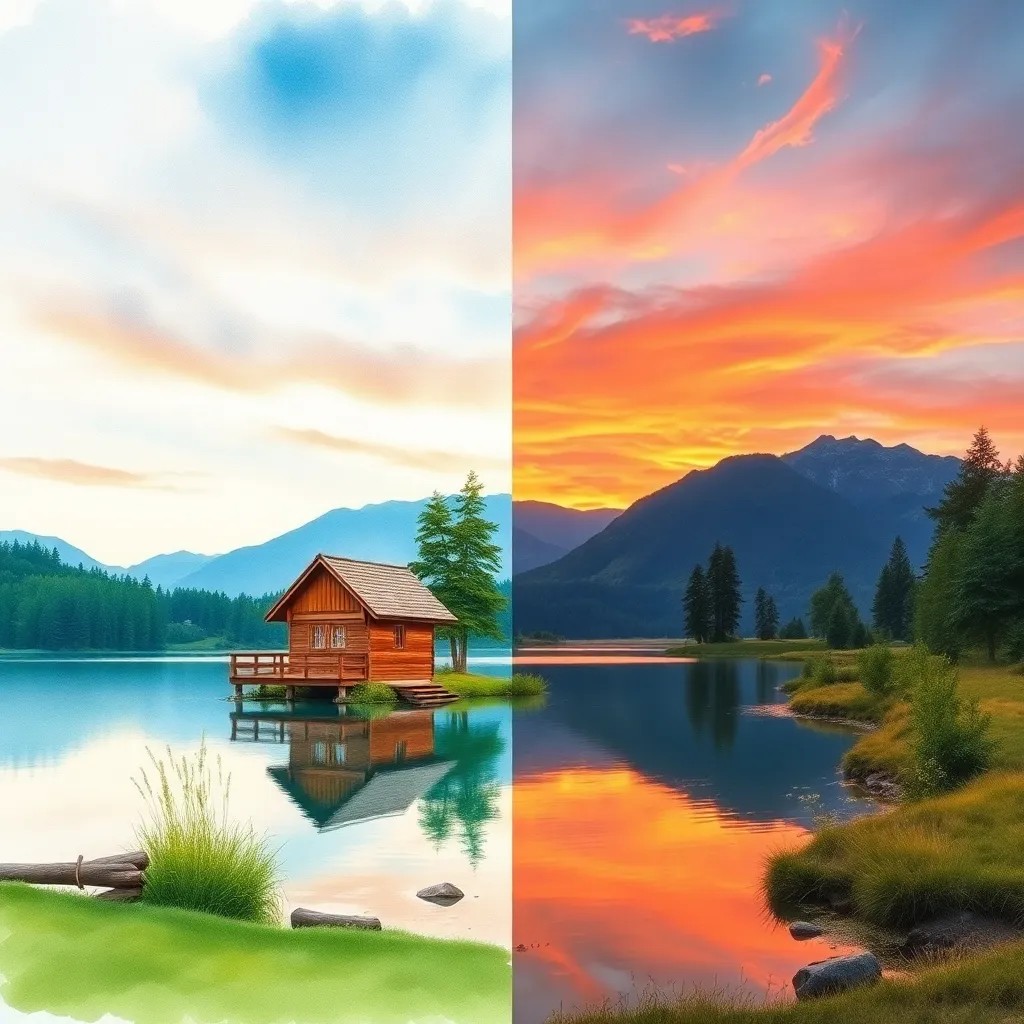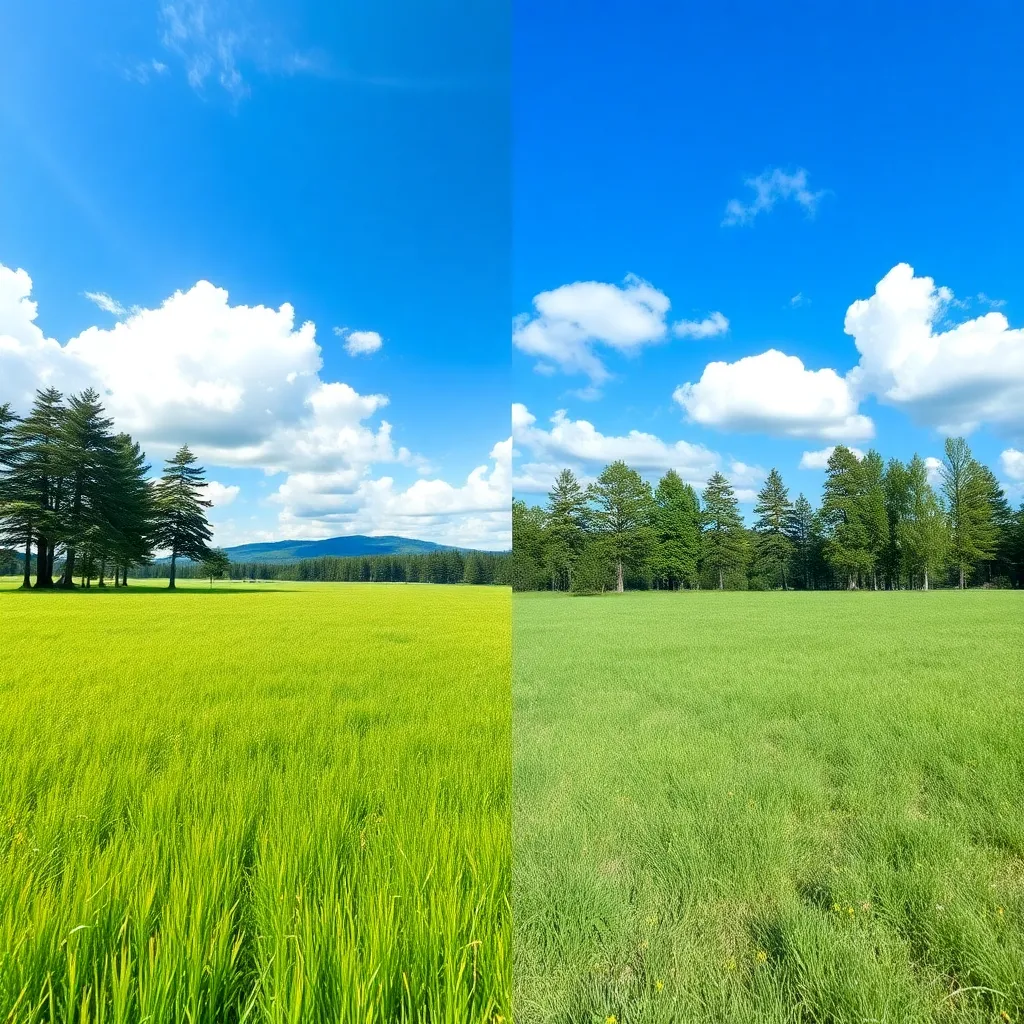Description of the Style: What is Editorial Portraits Style? History of This Style
Editorial Portraits style is a distinctive approach in portrait photography that blends fine art, fashion, and documentary techniques to create images with impact and narrative depth. Unlike traditional portraits, which often focus solely on the subject’s appearance, editorial portraits aim to tell a story, evoke emotion, and communicate a message. This style is synonymous with magazine covers, feature articles, and high-profile campaigns, where the image is as much about the subject’s character or context as it is about their looks.
The roots of editorial portraiture trace back to the golden age of magazines in the early 20th century, when publications like Vogue and Time sought to reveal more about their subjects through creative direction, dramatic lighting, and innovative composition. Icons such as Richard Avedon and Annie Leibovitz revolutionized the genre, using environment, gesture, and mood to create timeless editorial portraits that both inform and inspire. Today, the style continues to evolve, adapting to new media and visual trends, but always prioritizing storytelling, personality, and visual impact.
Who Is Using This Style
Editorial Portraits style is favored by a wide range of professionals and organizations:
- Magazine Editors & Publishers: For cover stories, feature interviews, and cultural reporting, editorial portraits help capture attention and set a narrative tone.
- Advertising Agencies: Brands leverage this style for campaigns that seek to humanize their message or showcase ambassadors with depth and charisma.
- Fashion Brands & Designers: Editorial portraits are essential in lookbooks, campaigns, and runway recaps, highlighting not just clothing but the mood and story behind a collection.
- Corporate Communications Teams: Companies use editorial portraits to present executives, thought leaders, and teams in a modern, approachable, and dynamic light.
- NGOs & Social Campaigners: Advocacy groups employ editorial portraits to personalize issues, putting a face to causes and encouraging empathy or action.
- Artists, Musicians & Celebrities: Creative professionals use editorial portraits to express their personal brand, artistic vision, or to accompany press releases and media features.
How Does Editorial Portraits Style Enhance Photos?
Editorial Portraits style elevates photography in several key ways:
- Storytelling: By integrating narrative cues—such as setting, pose, and expression—editorial portraits invite viewers to connect with the subject’s story, not just their appearance. This emotional depth makes the imagery more memorable and meaningful.
- Visual Impact: Professional lighting, bold compositions, and creative use of color or environment ensure that editorial portraits stand out. Whether for print or digital, these images capture attention and hold it.
- Brand Identity: Editorial portraits are tailored to reflect the ethos or values of a brand, publication, or individual, making them powerful tools for communicating identity and message.
- Authenticity & Emotion: The style encourages subjects to reveal genuine emotions, expressions, or attitudes, resulting in portraits that feel real and relatable rather than posed or generic.
- Versatility: Editorial Portraits can be adapted for dramatic, subtle, or conceptual looks, making them suitable for a vast array of themes and purposes.
Use Cases of This Style: When and Where to Use Editorial Portraits
Editorial Portraits style shines in contexts where a deeper narrative or stronger connection is desired. Here are key use cases:
- Magazine Cover Portraits: These images demand visual drama and storytelling, capturing the essence of the featured individual to entice readers and set the tone for the issue.
- Celebrity Interviews: Editorial portraits add layers to celebrity features, offering glimpses of personality, mood, and authenticity that go beyond standard press shots.
- Corporate Leadership Features: Executive profiles benefit from editorial portraiture by presenting leaders as approachable, visionary, and dynamic—qualities that reinforce trust and credibility.
- Fashion Brand Campaigns: Editorial portraits help fashion brands move beyond catalog shots, infusing campaigns with narrative, attitude, and high-impact style that attracts attention and builds desire.
- Art and Culture Editorials: Artists, musicians, and cultural figures are often portrayed in their creative spaces, with editorial portraits capturing both their work and their unique personality.
- Social Issue Awareness Campaigns: Personal stories are at the heart of effective advocacy. Editorial portraits humanize complex issues, invite empathy, and motivate audiences to care or take action.
Each of these use cases leverages the style’s strengths: visual storytelling, emotional resonance, and the ability to create a strong, lasting impression.
Pro Tips for Editorial Portraits Style & General Conclusion
1. Collaborate with Your Subject: Great editorial portraits are a team effort. Discuss the story you want to tell, ask for input, and make your subject comfortable. Authentic emotion and expression are key.
2. Use Lighting Purposefully: Don’t just illuminate—shape the mood. Experiment with dramatic side lighting, soft window light, or even colored gels to evoke a specific atmosphere.
3. Compose Creatively: Break away from traditional headshots. Try dynamic angles, environmental context, or creative crops to add visual interest and narrative layers.
4. Direct with Intention: Guide your subject toward poses or gestures that reinforce the intended message or emotion. Subtle cues—like a turned gaze or relaxed posture—can make all the difference.
5. Pay Attention to Styling and Setting: Wardrobe, props, and background should align with the story or theme, enhancing the portrait rather than distracting from it.
6. Post-Process Thoughtfully: Editorial portraits often benefit from retouching and color grading, but avoid over-editing. Maintain texture, detail, and the integrity of your subject’s character.
Conclusion:
Editorial Portraits style stands at the crossroads of art, journalism, and commercial photography. Its enduring appeal lies in its ability to capture more than just a likeness—to tell stories, provoke thought, and inspire action. Whether for magazines, campaigns, or personal branding, editorial portraits are a powerful tool for anyone seeking to make a bold visual statement and connect with their audience on a deeper level. By embracing creativity, collaboration, and narrative, you can create editorial portraits that leave a lasting impact.
